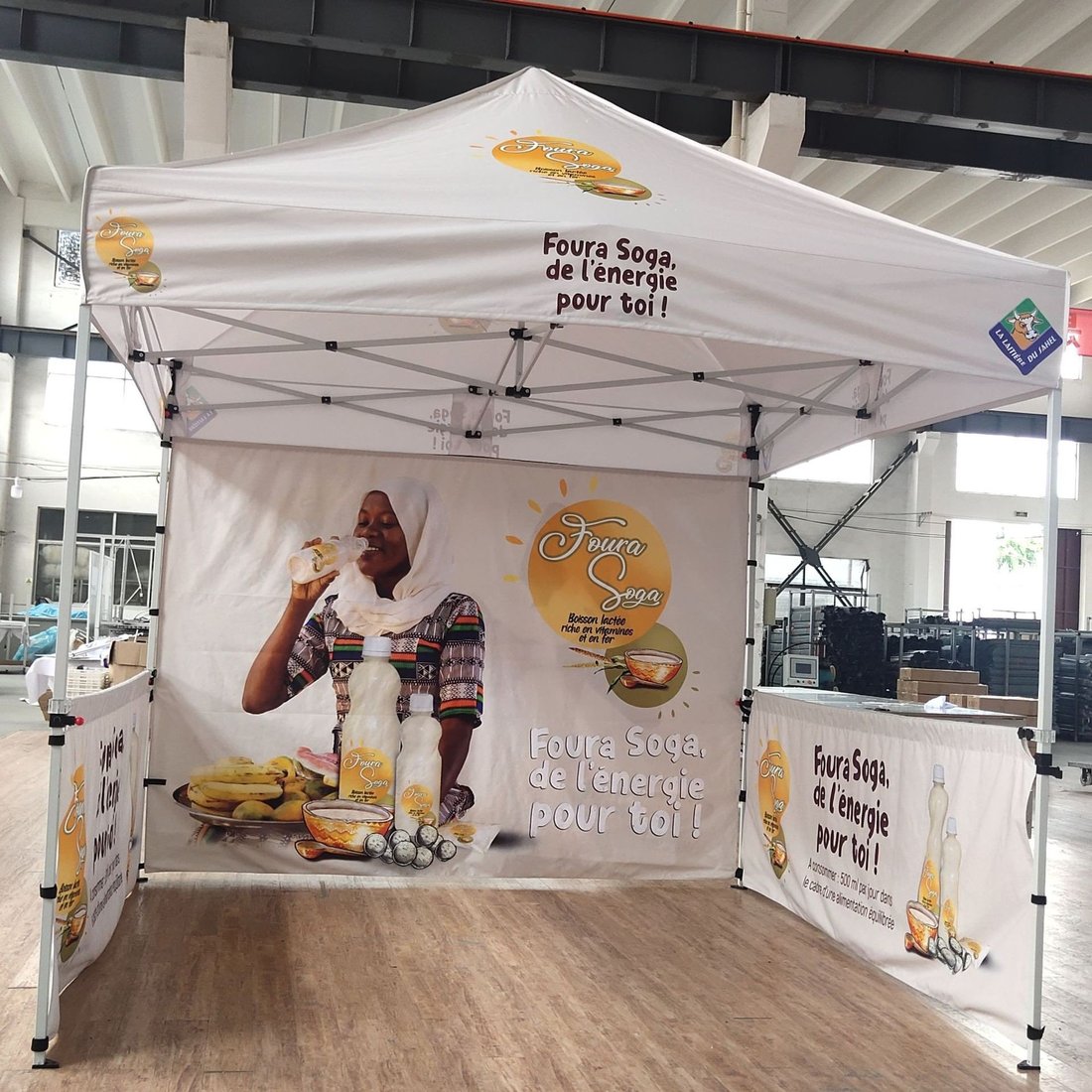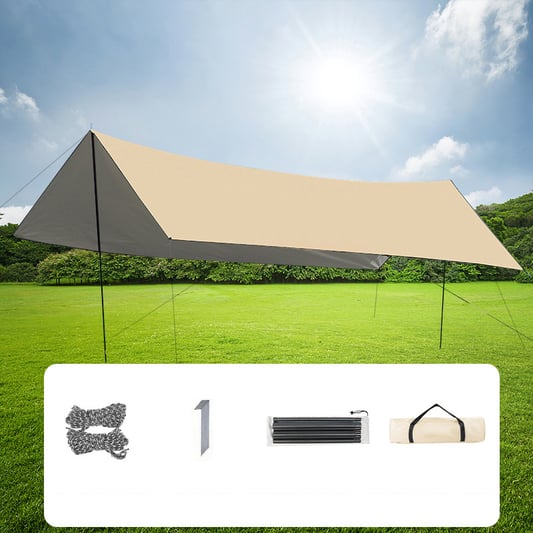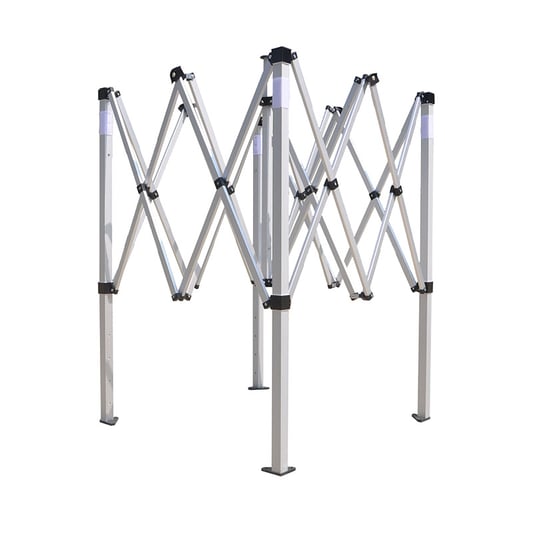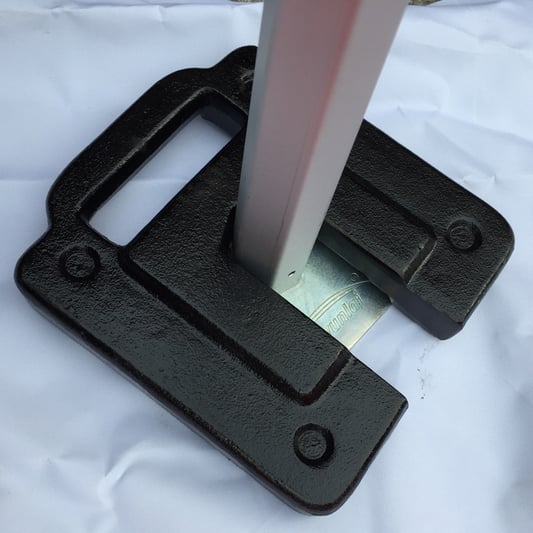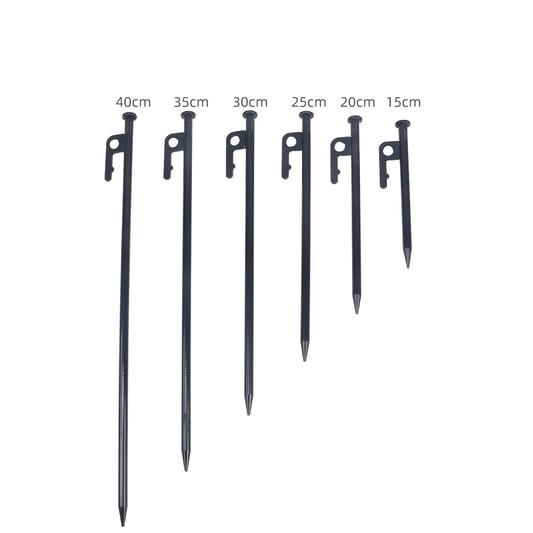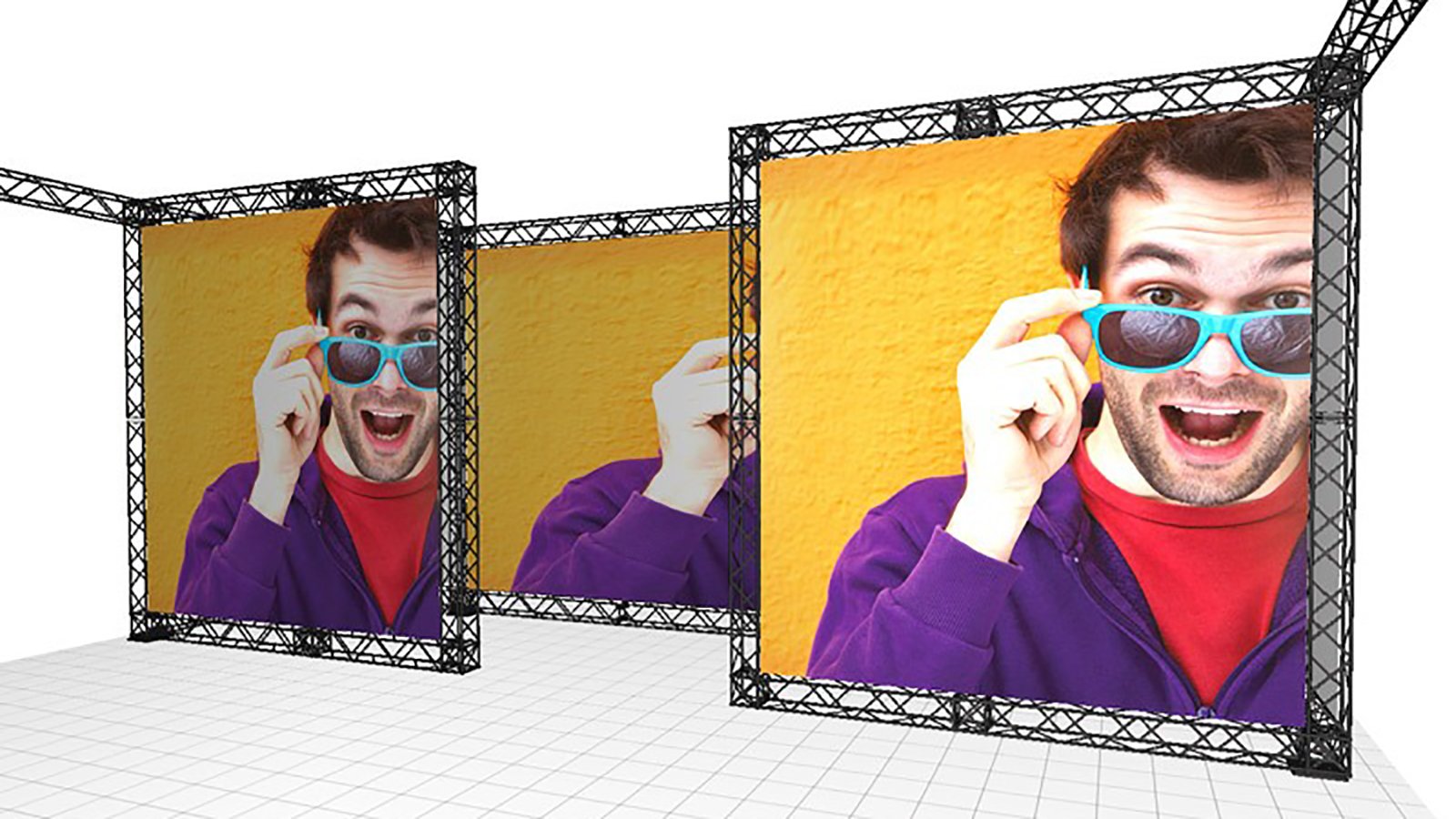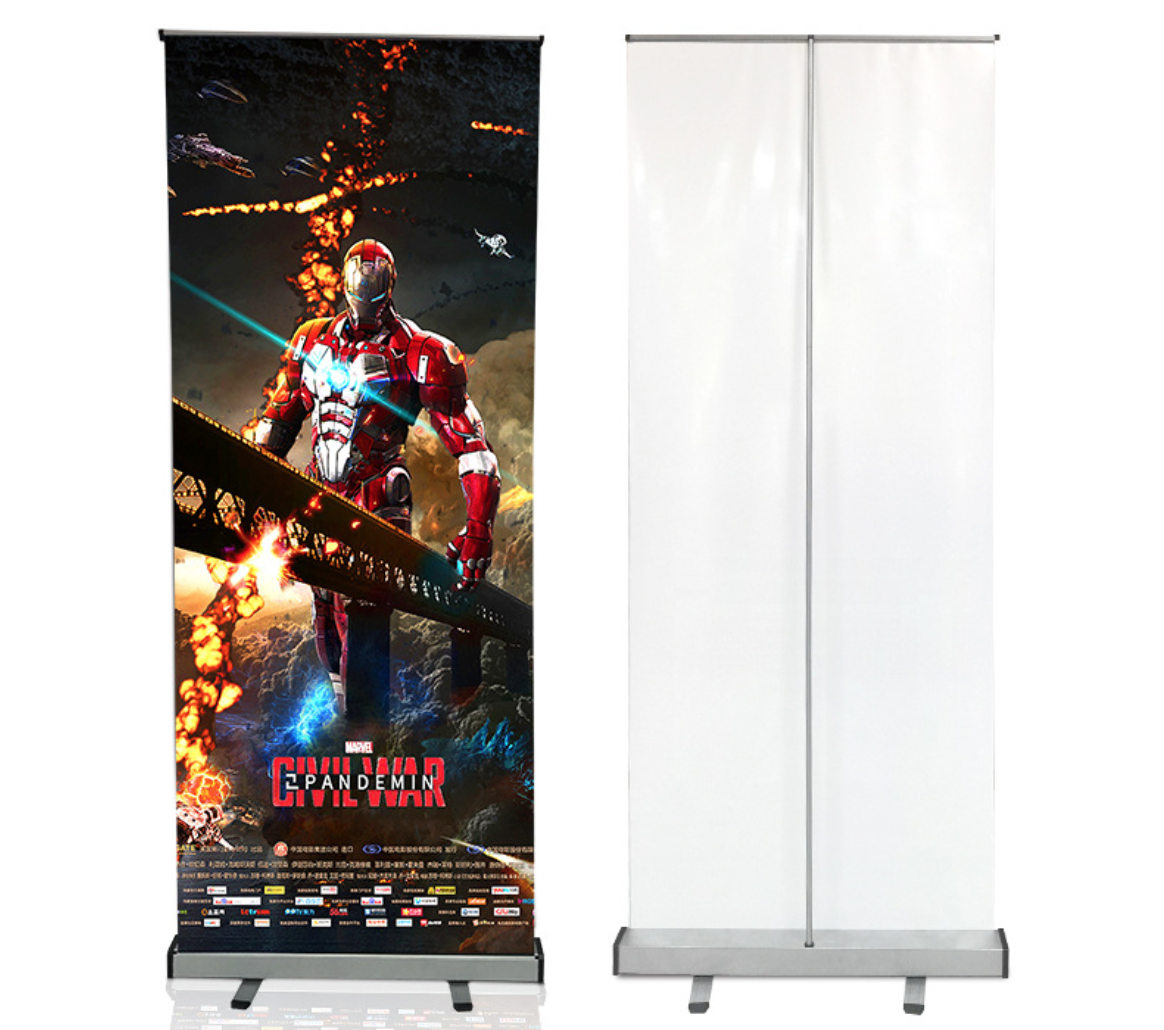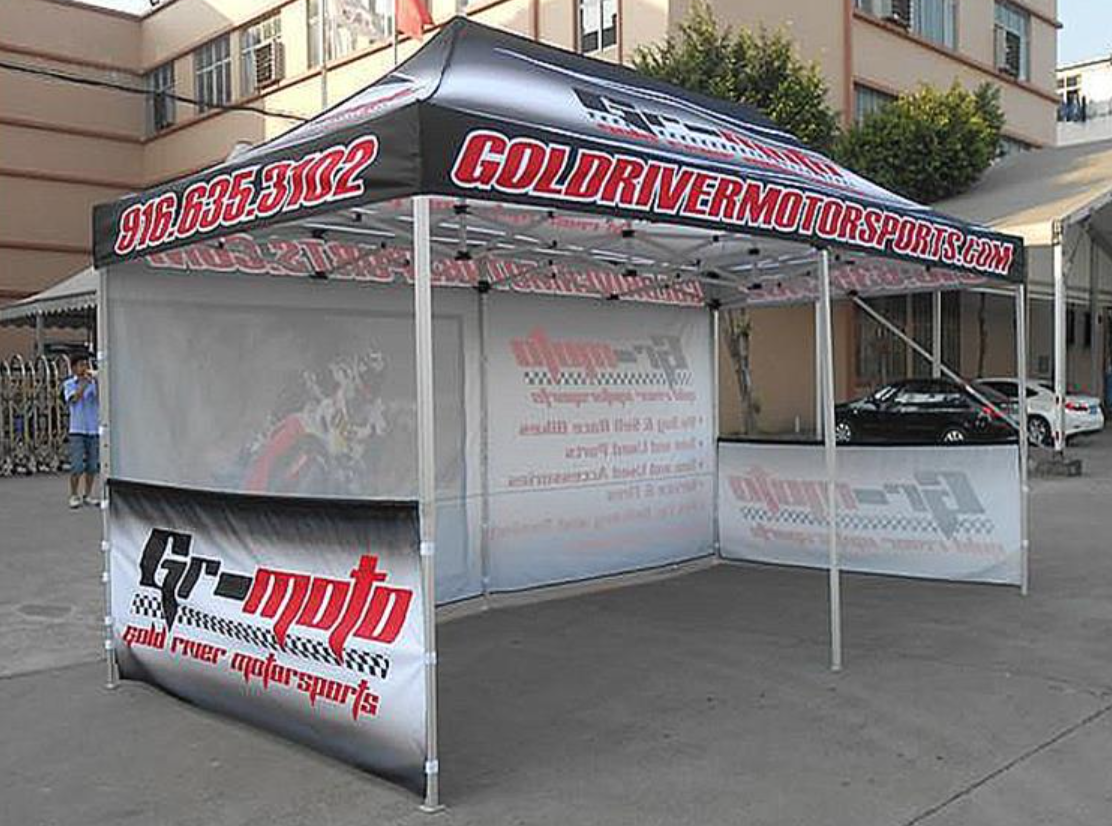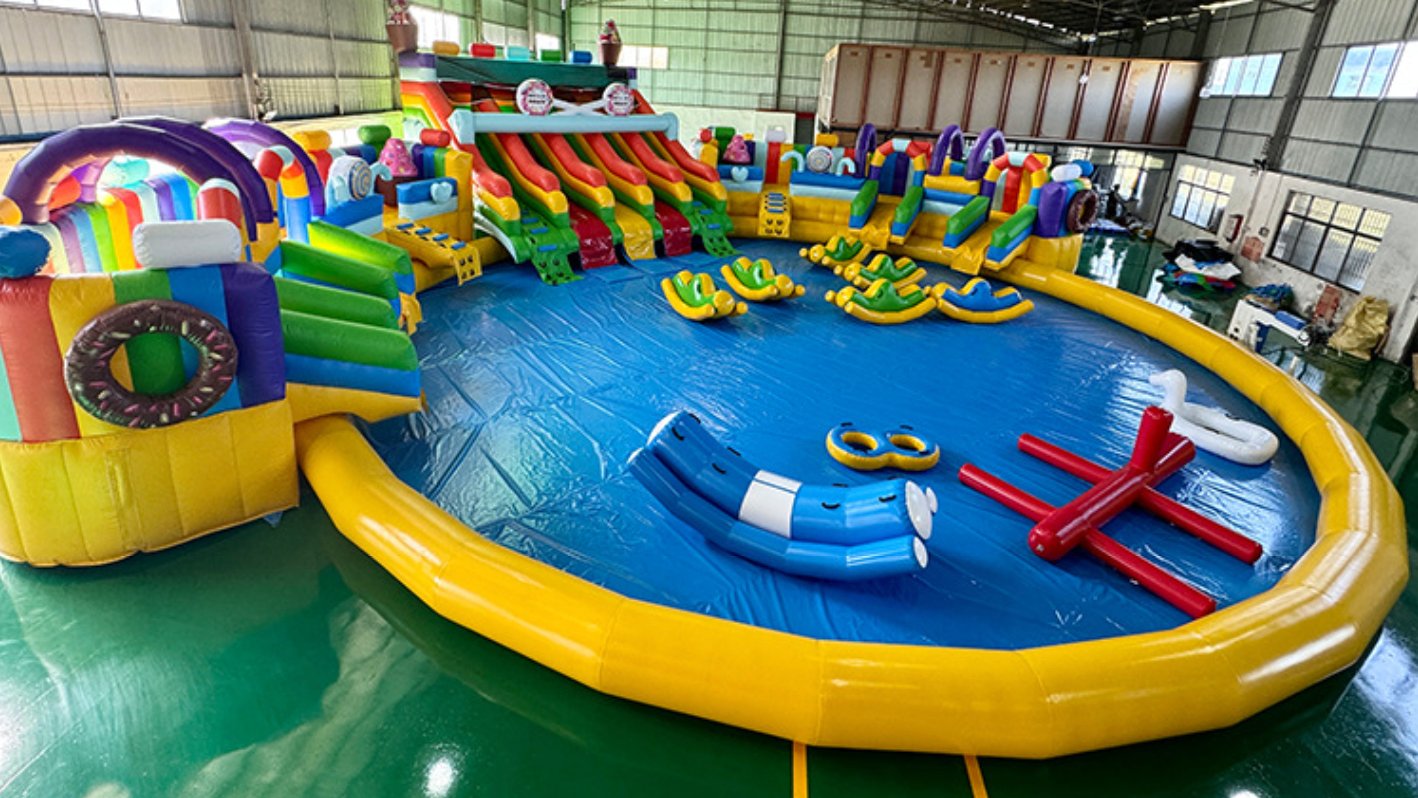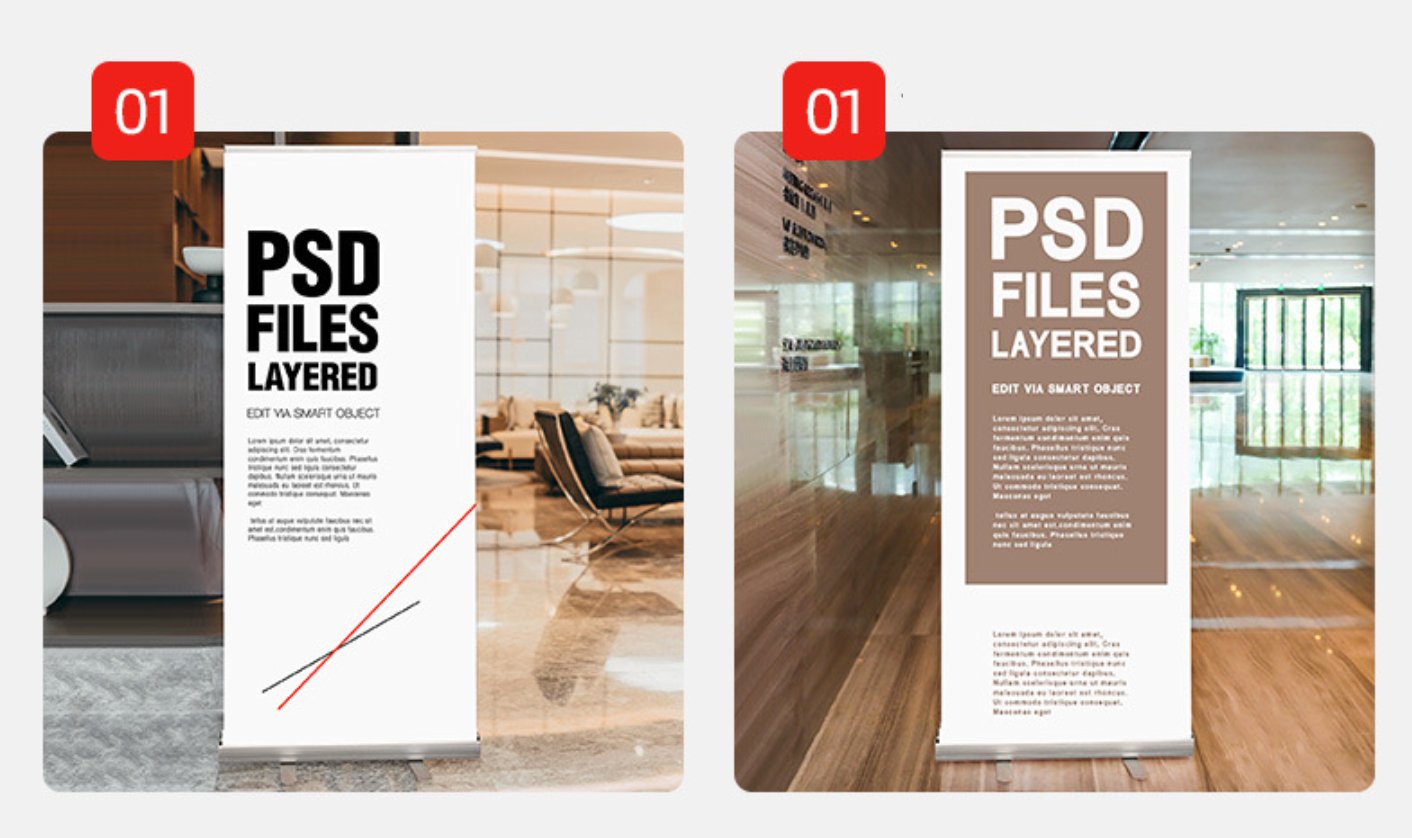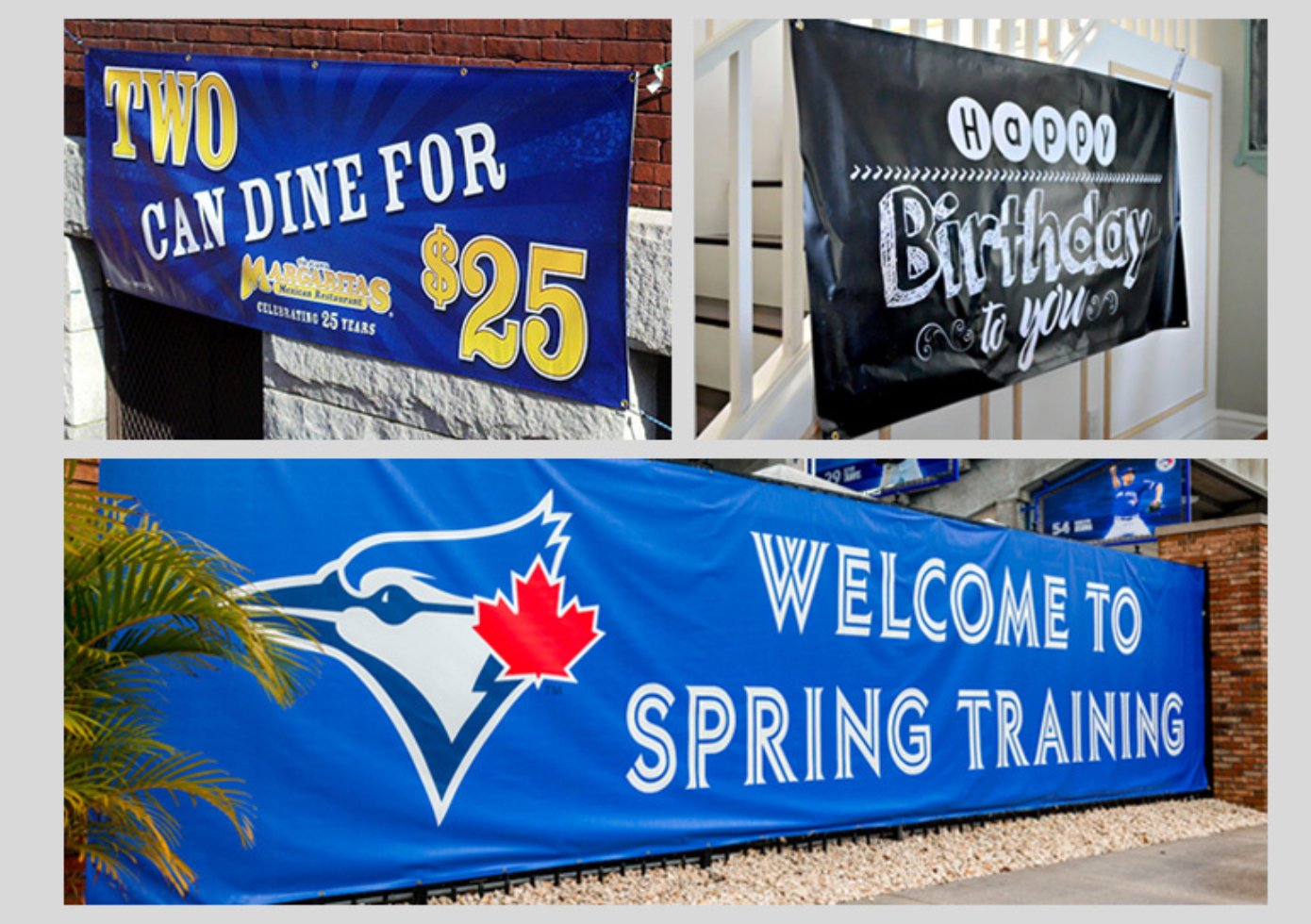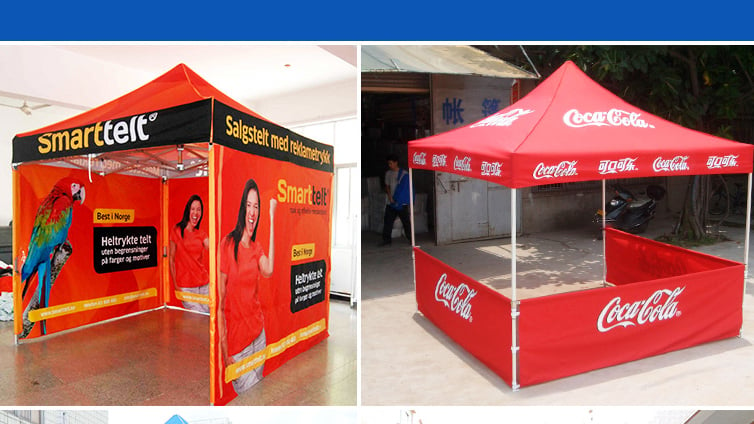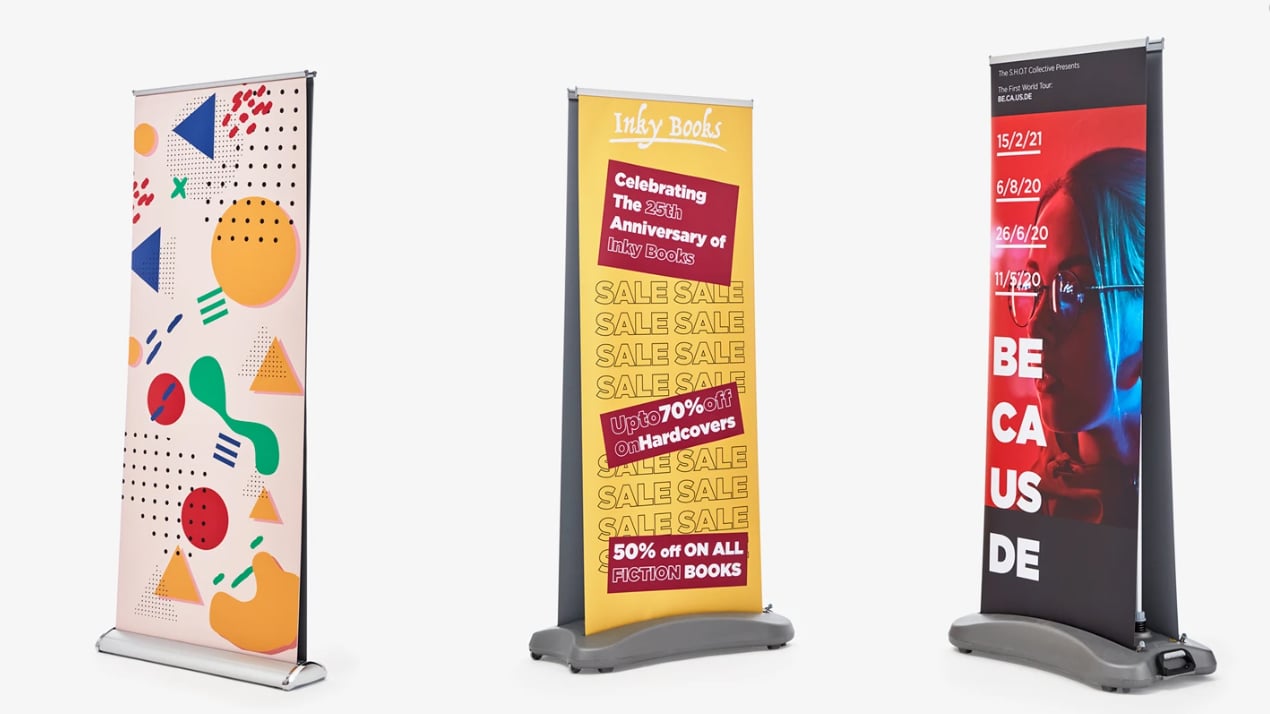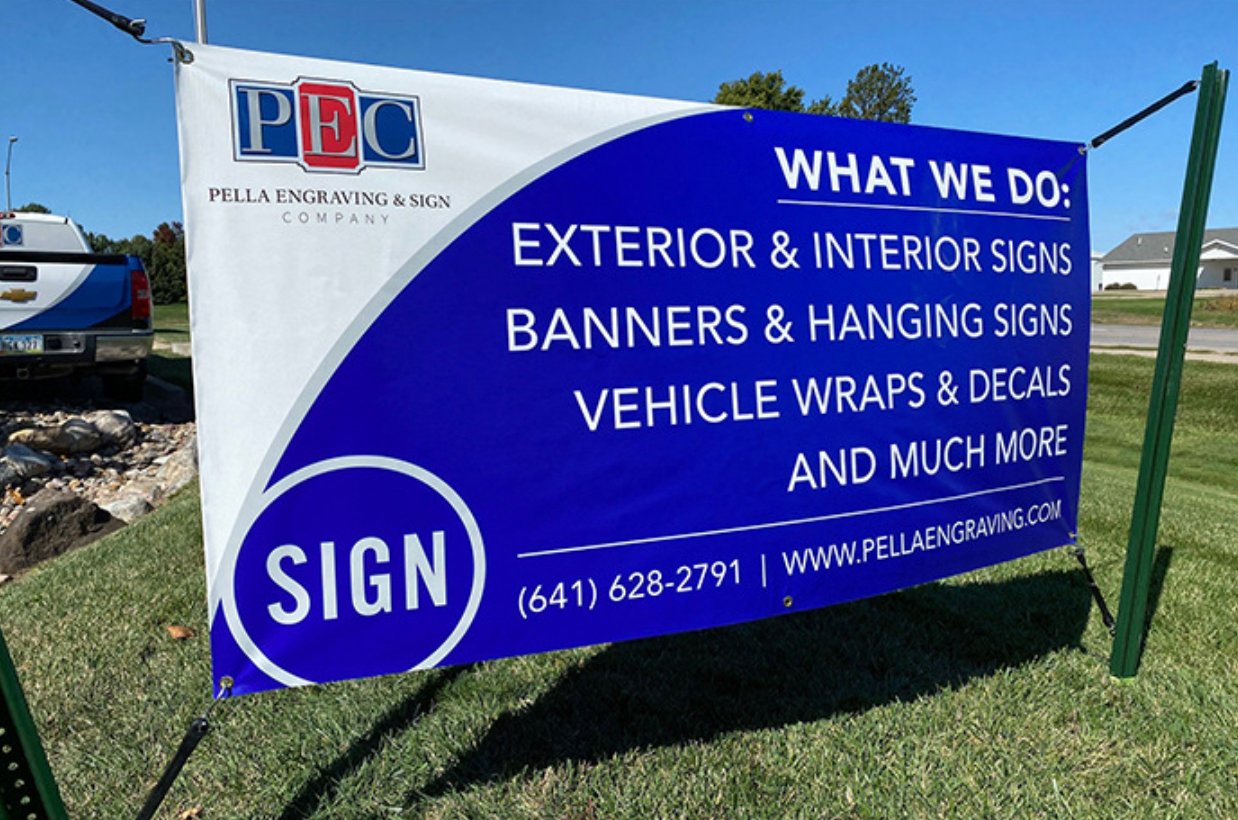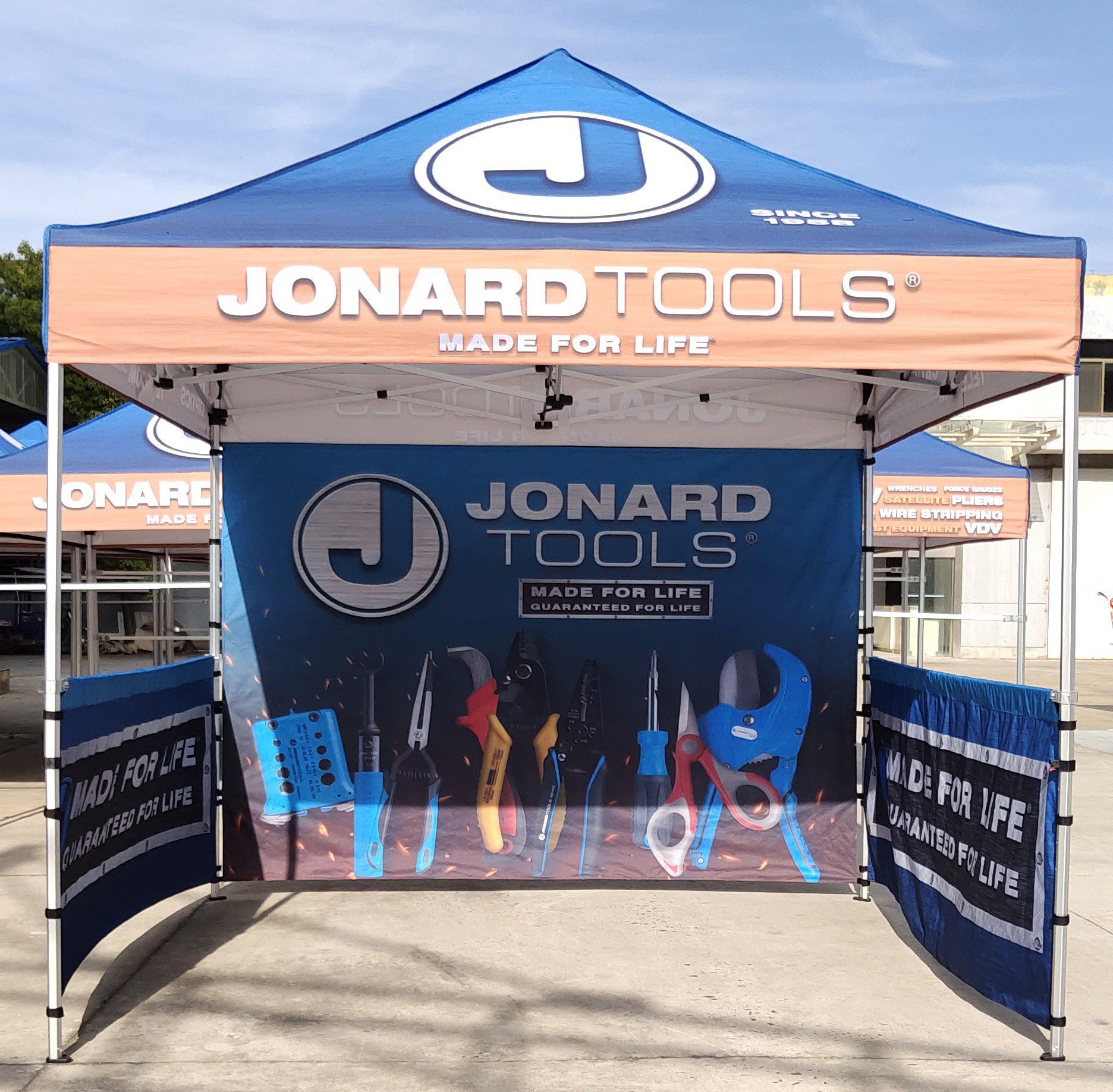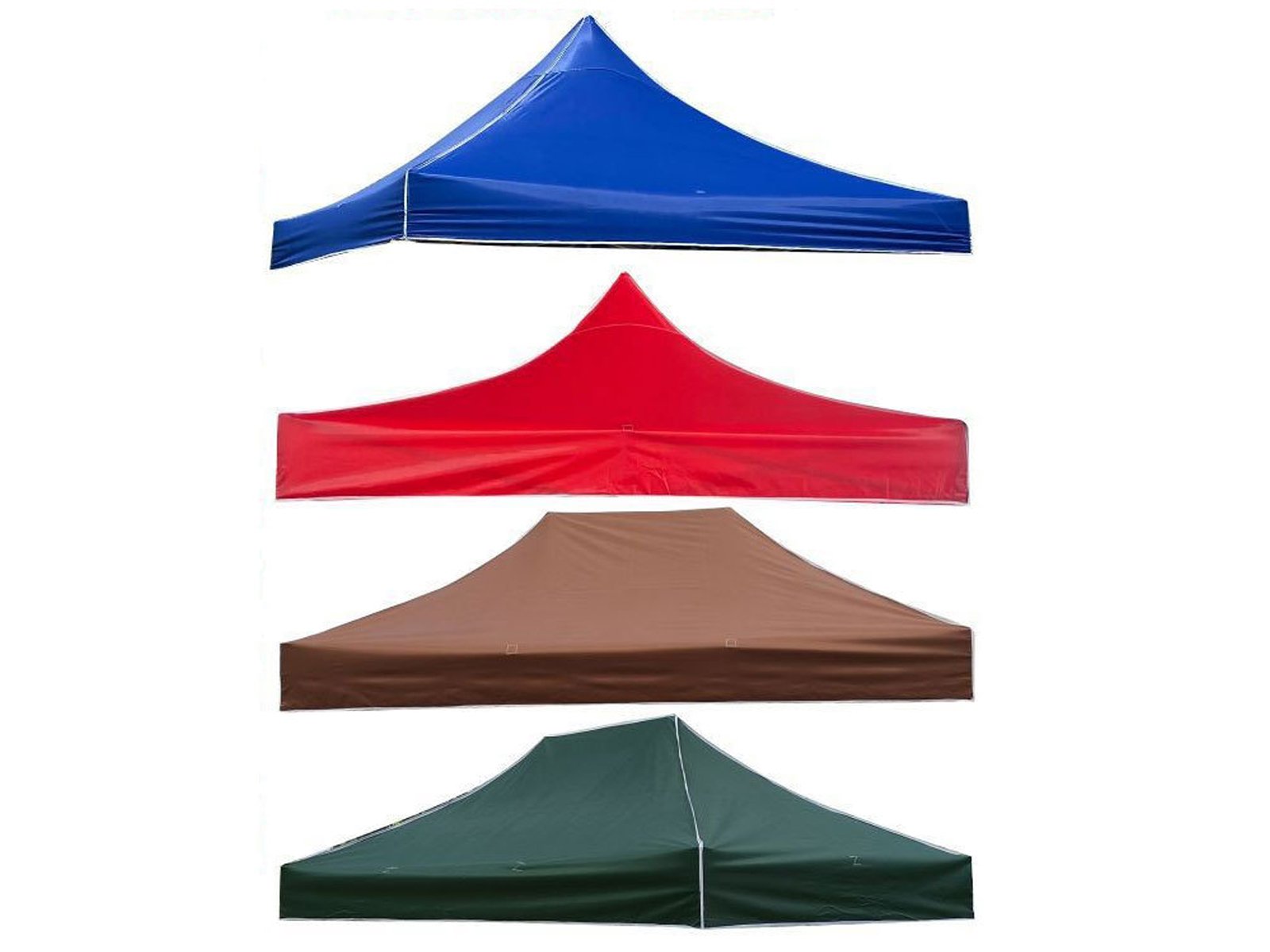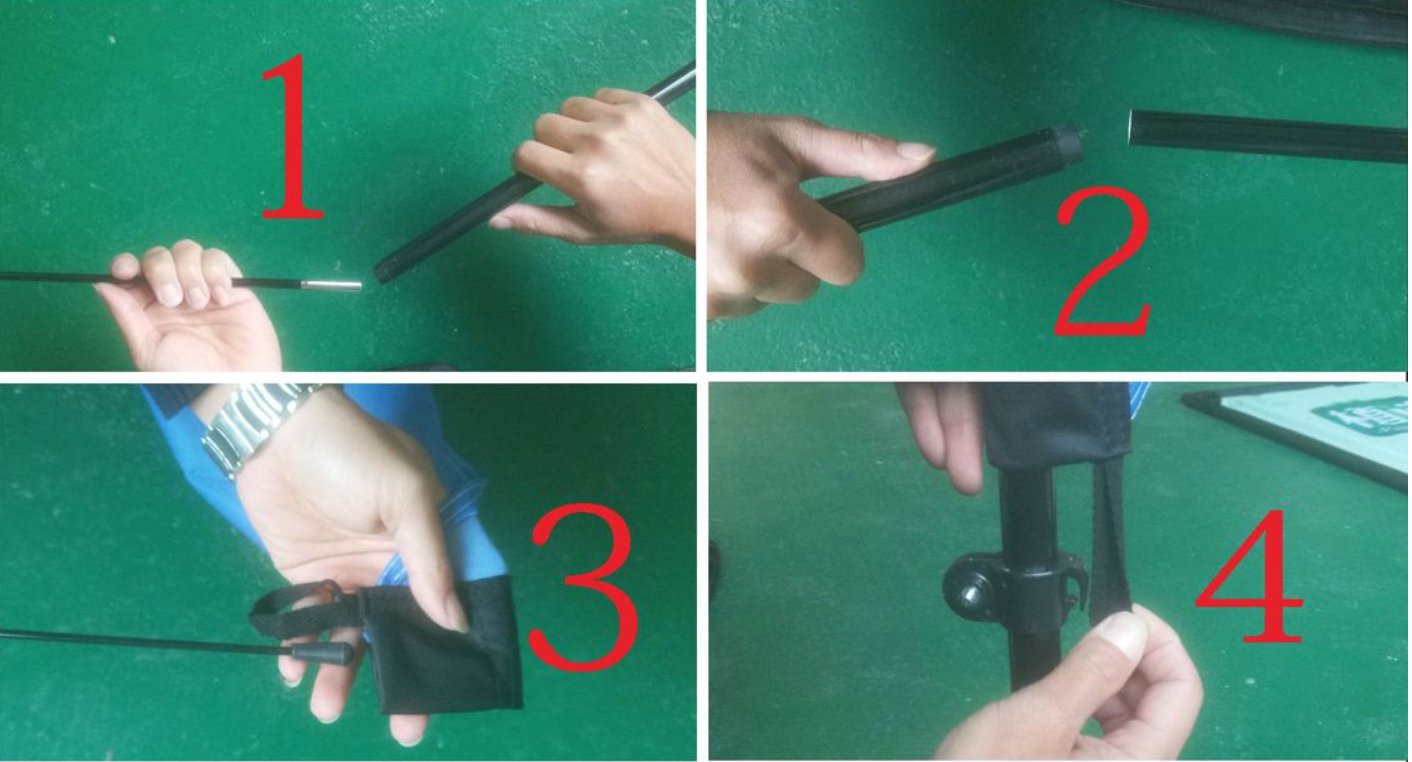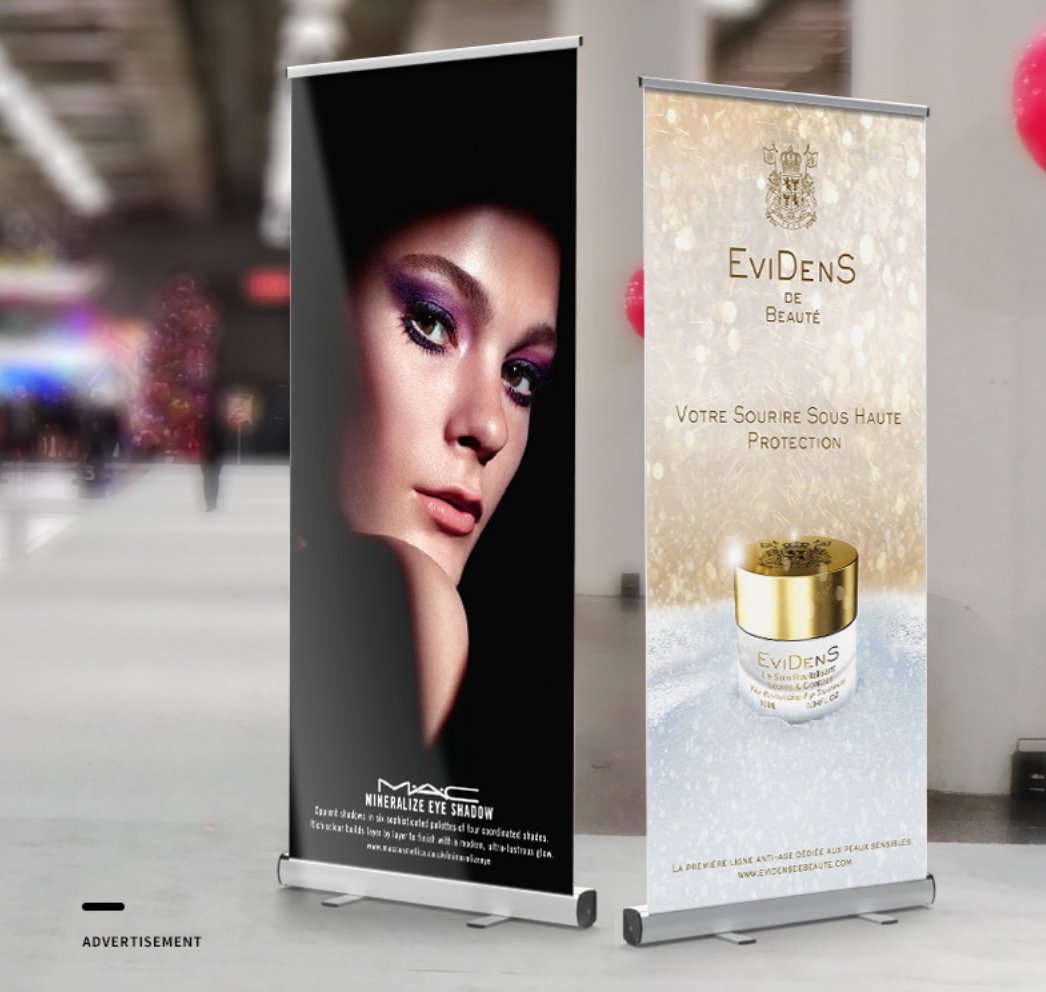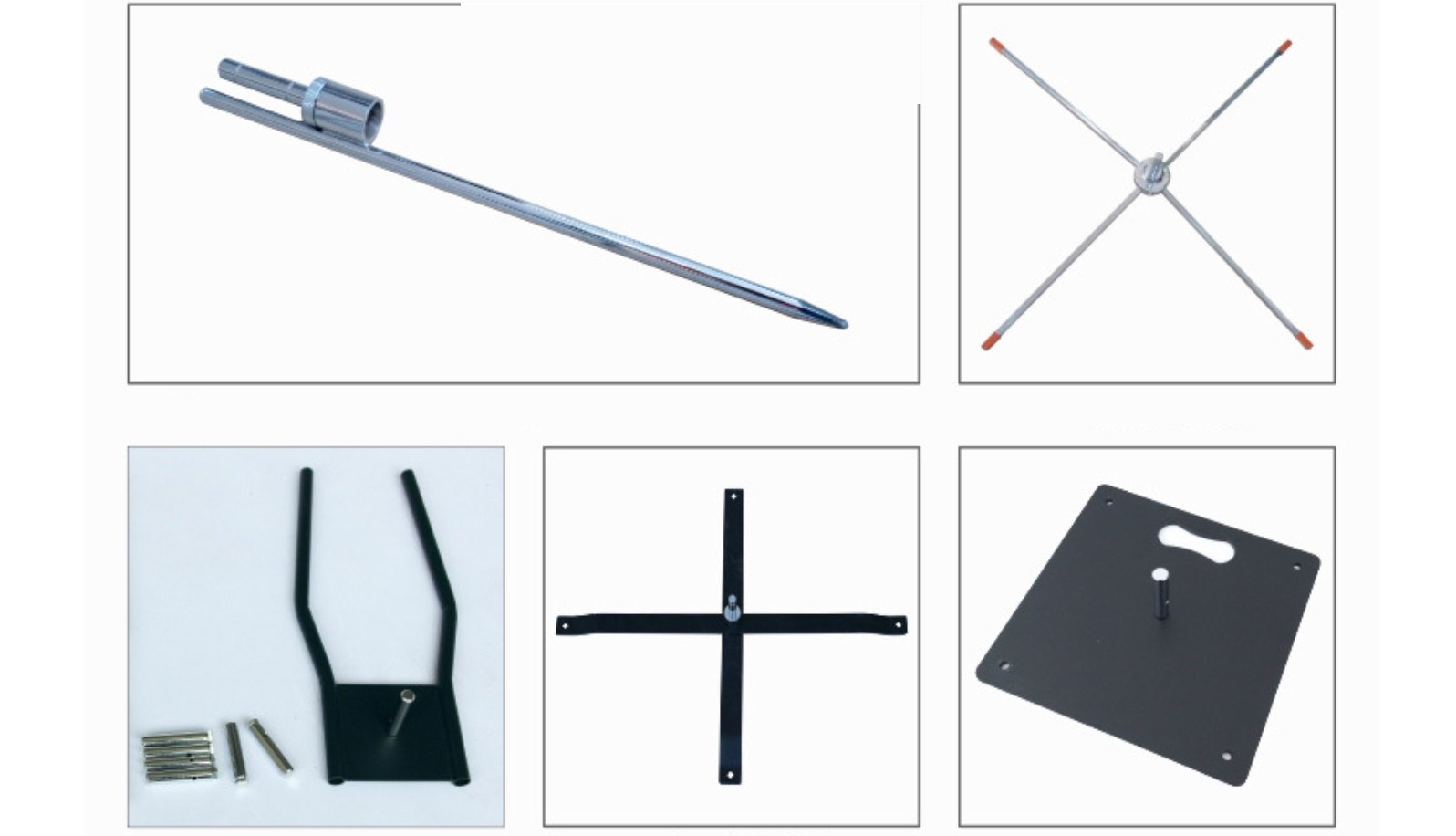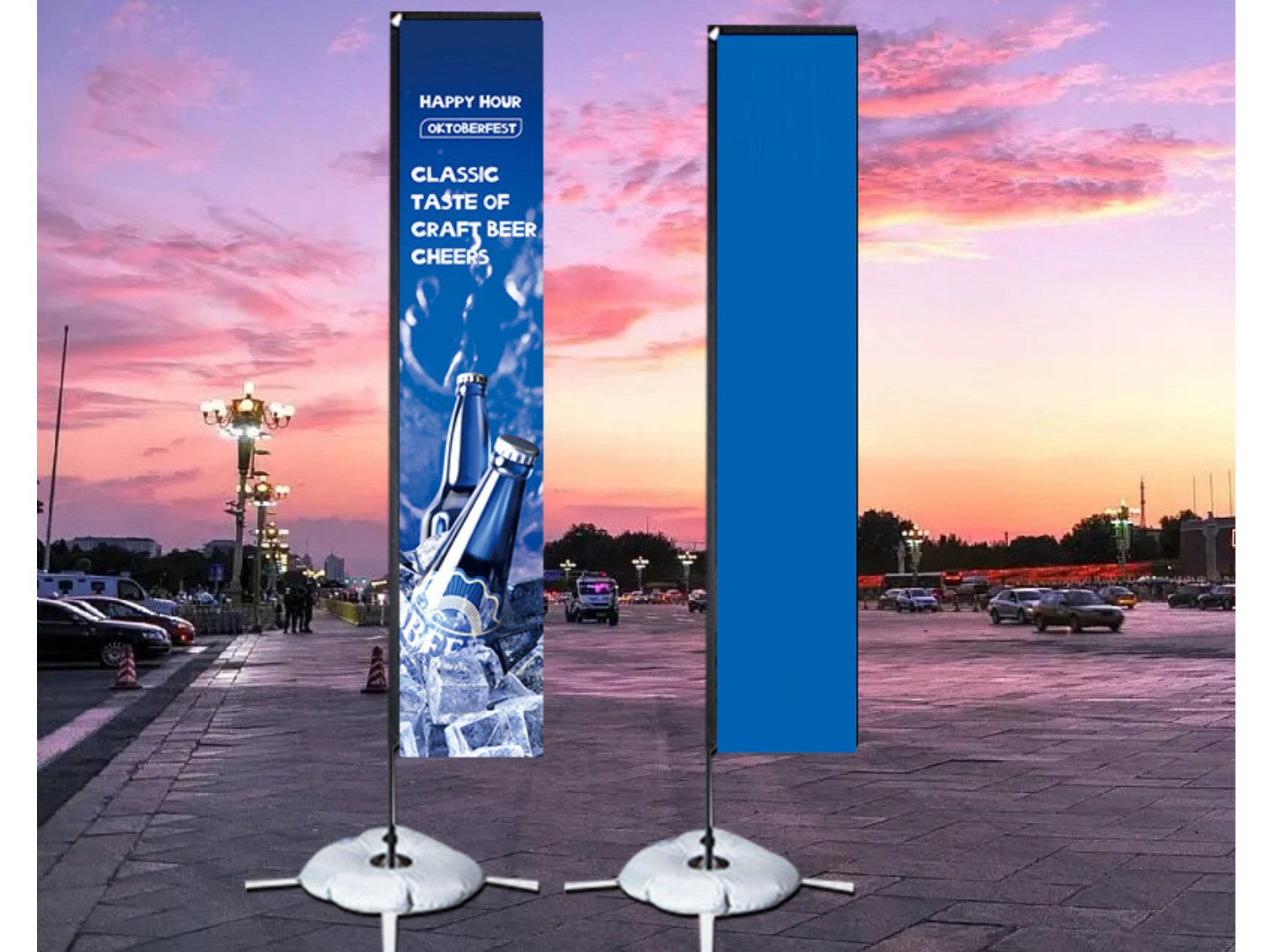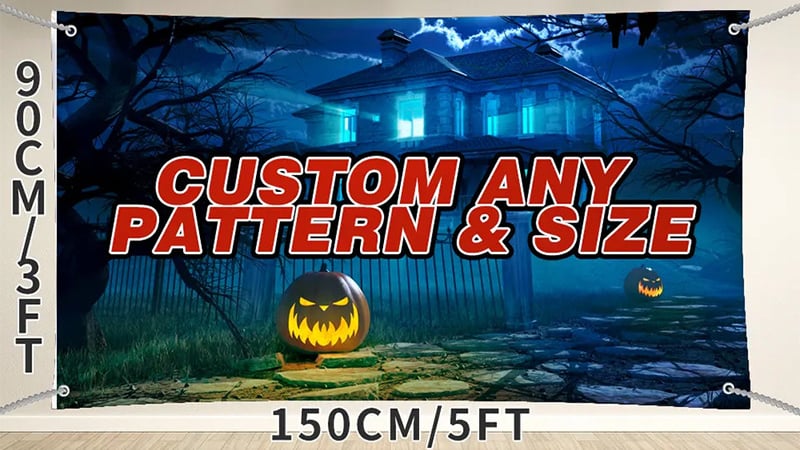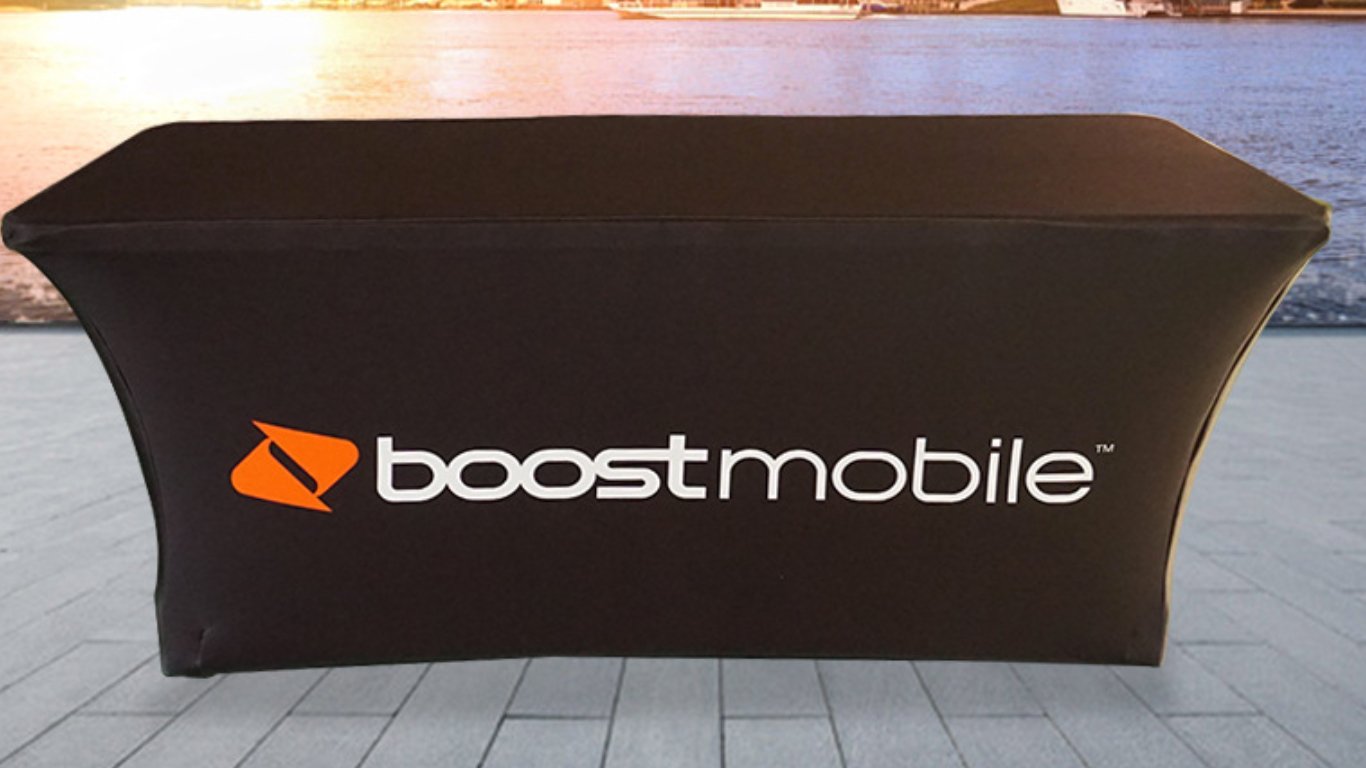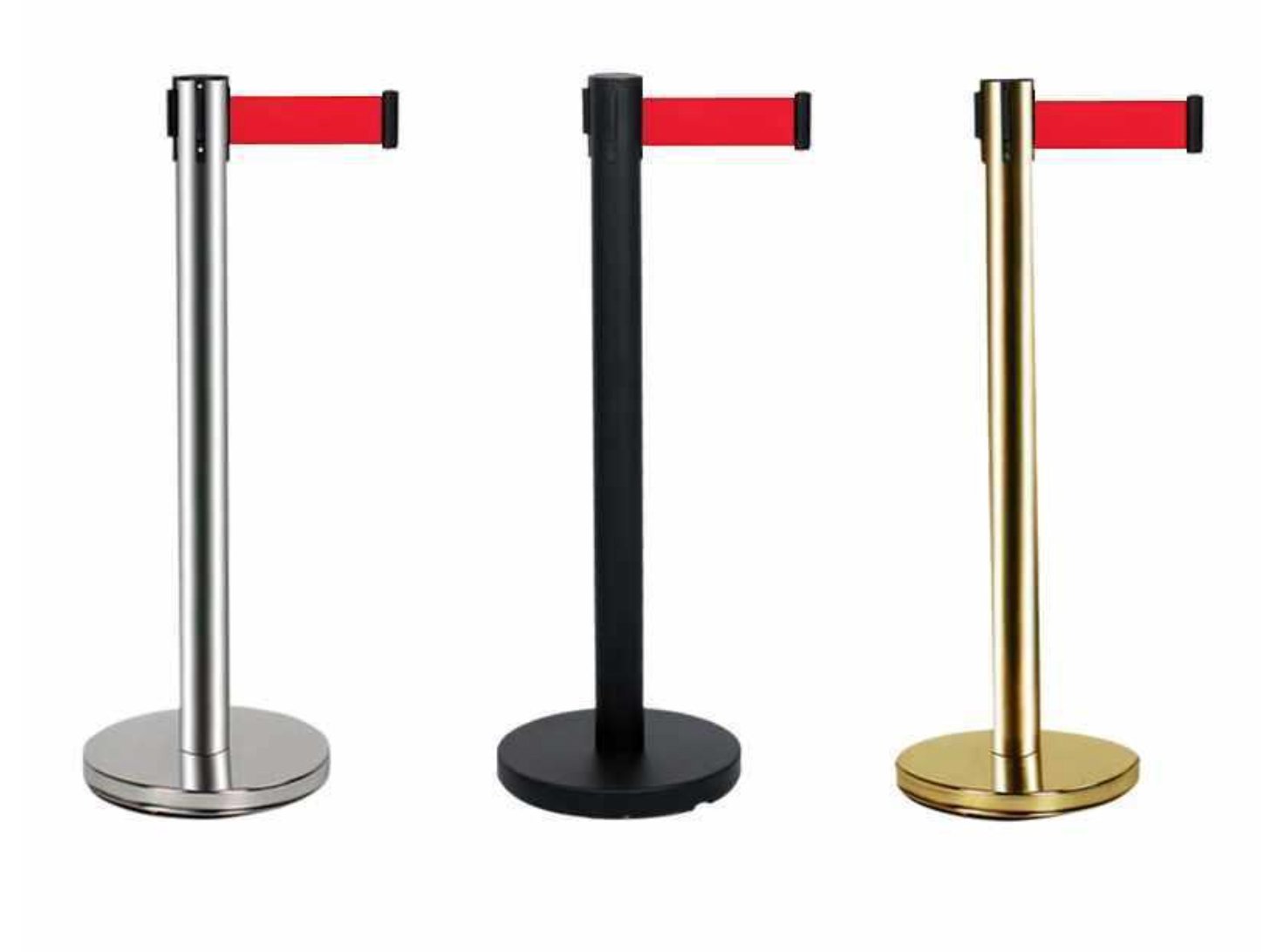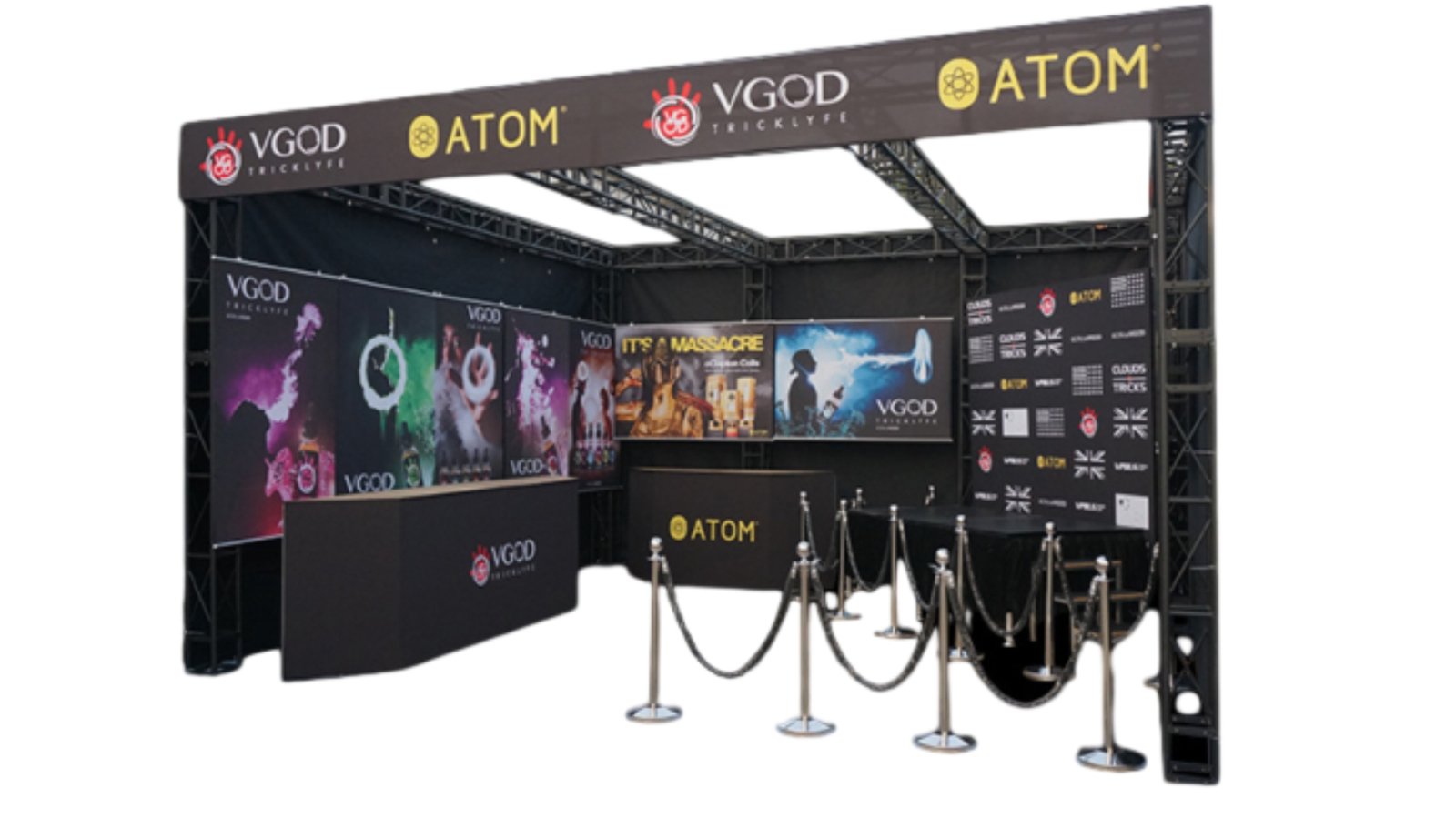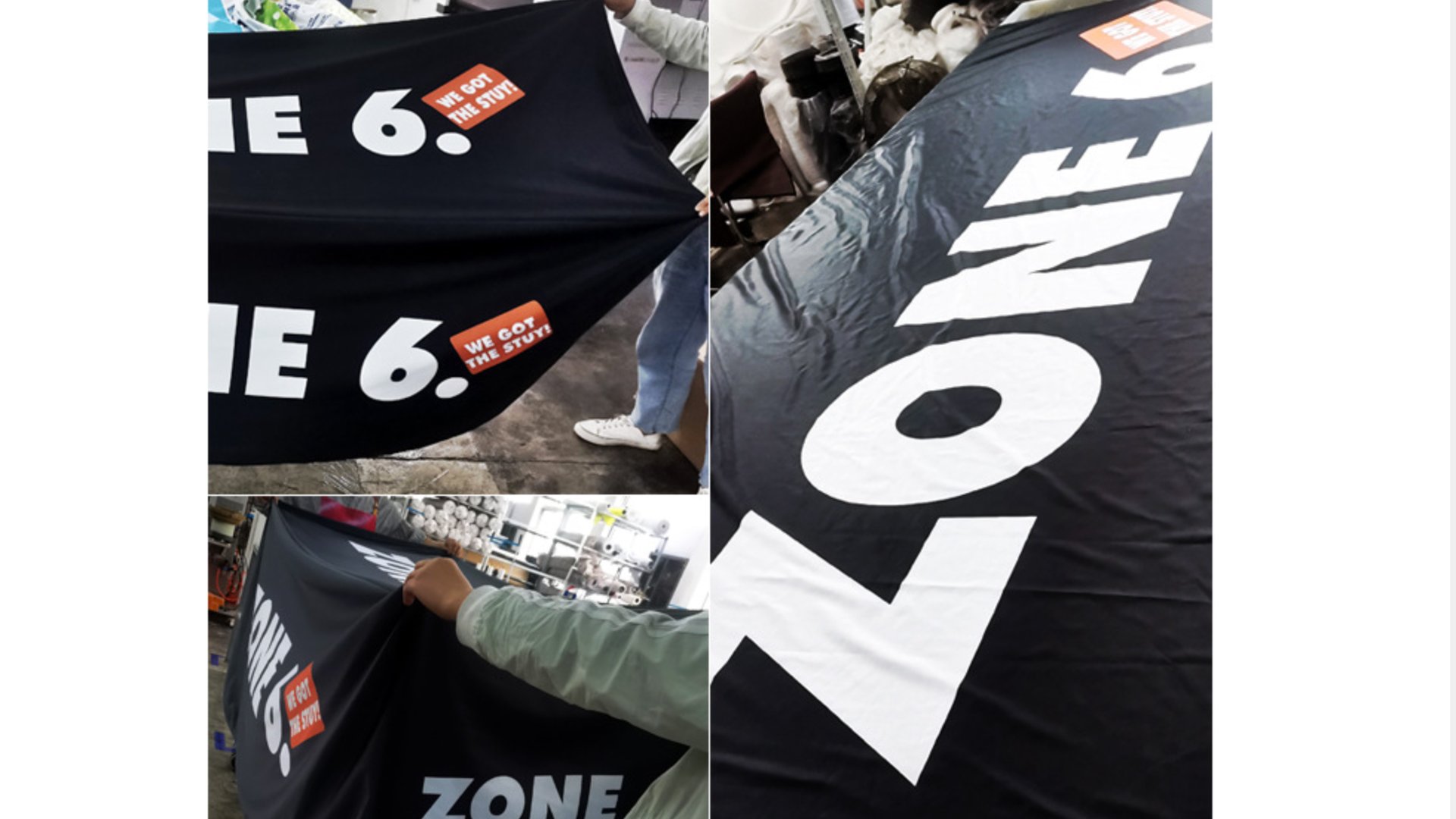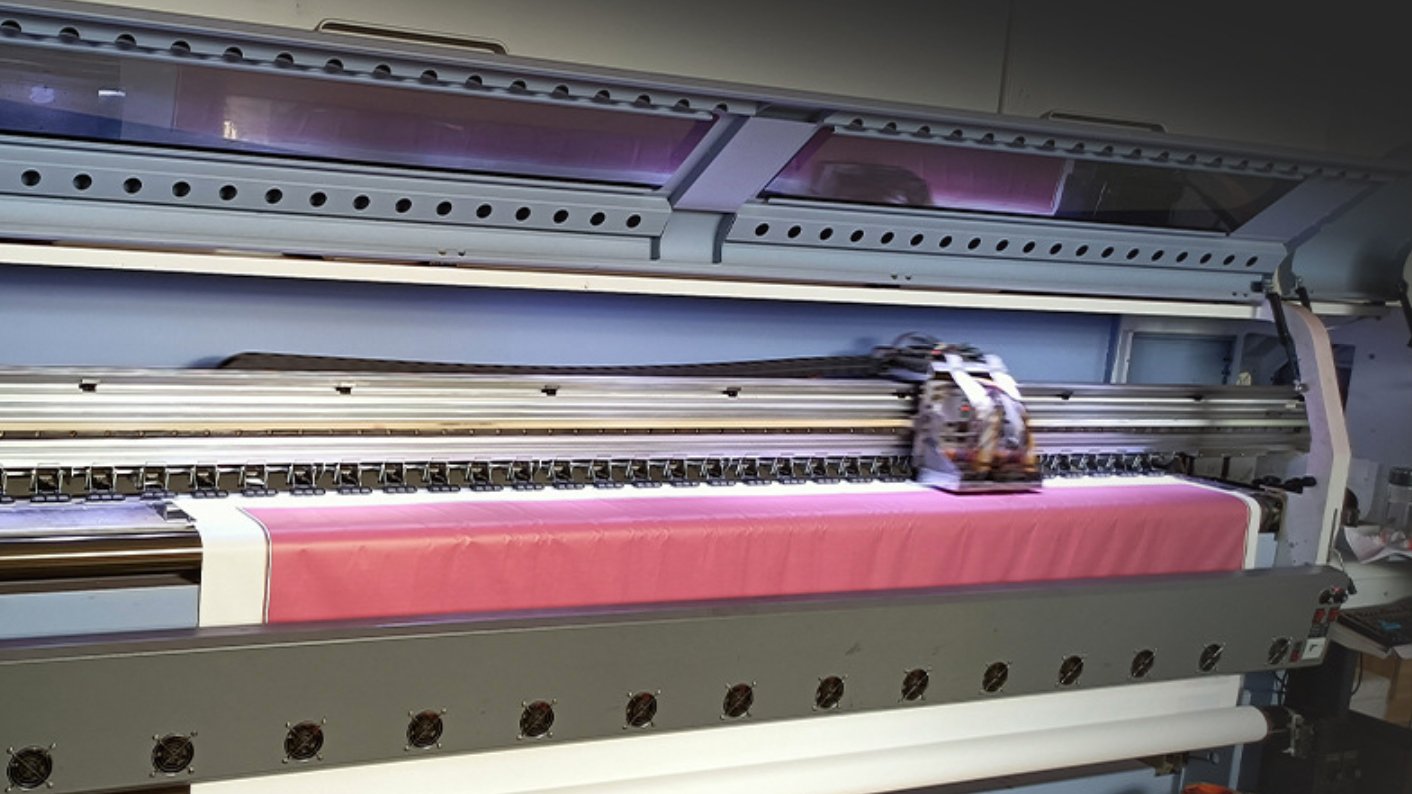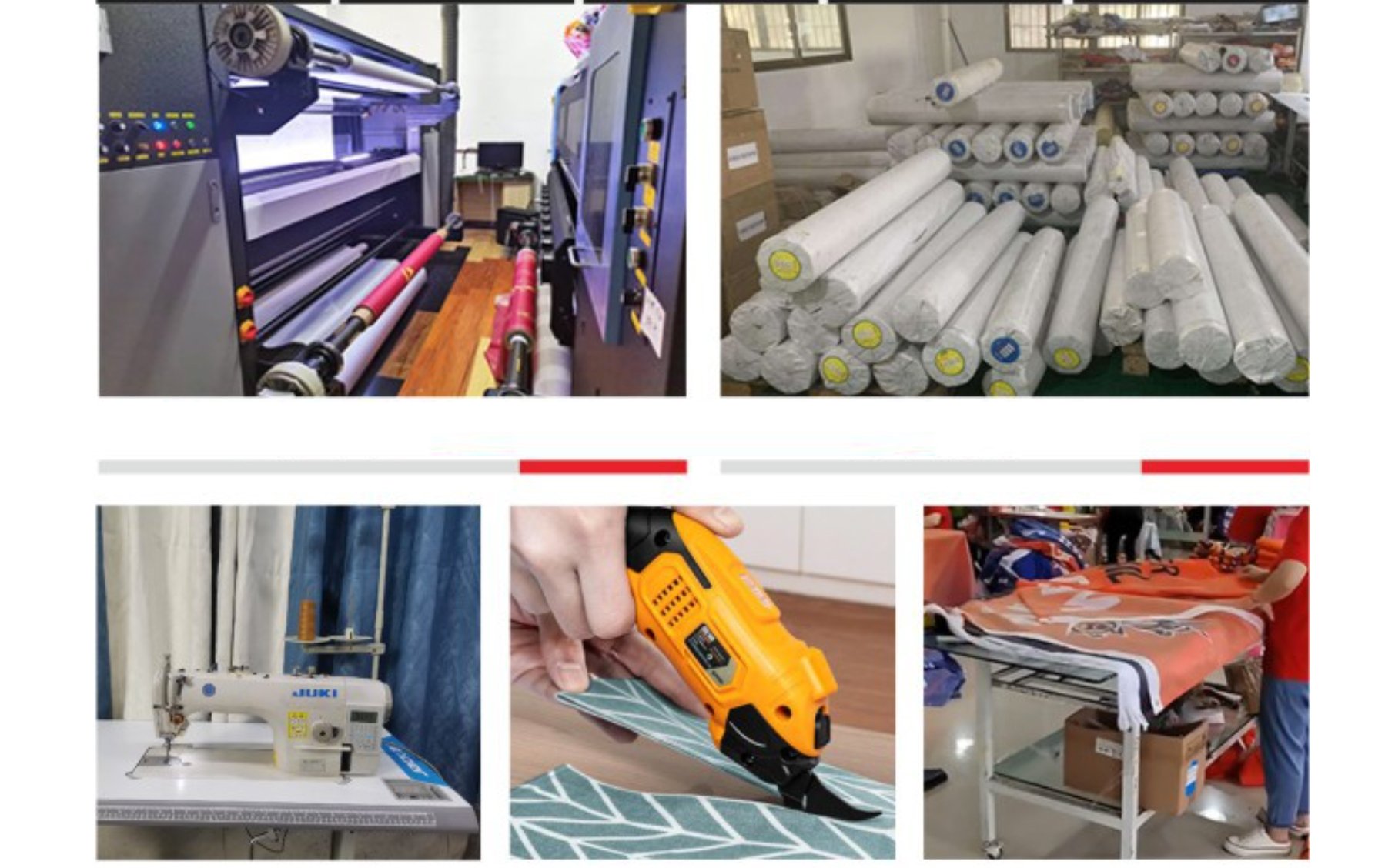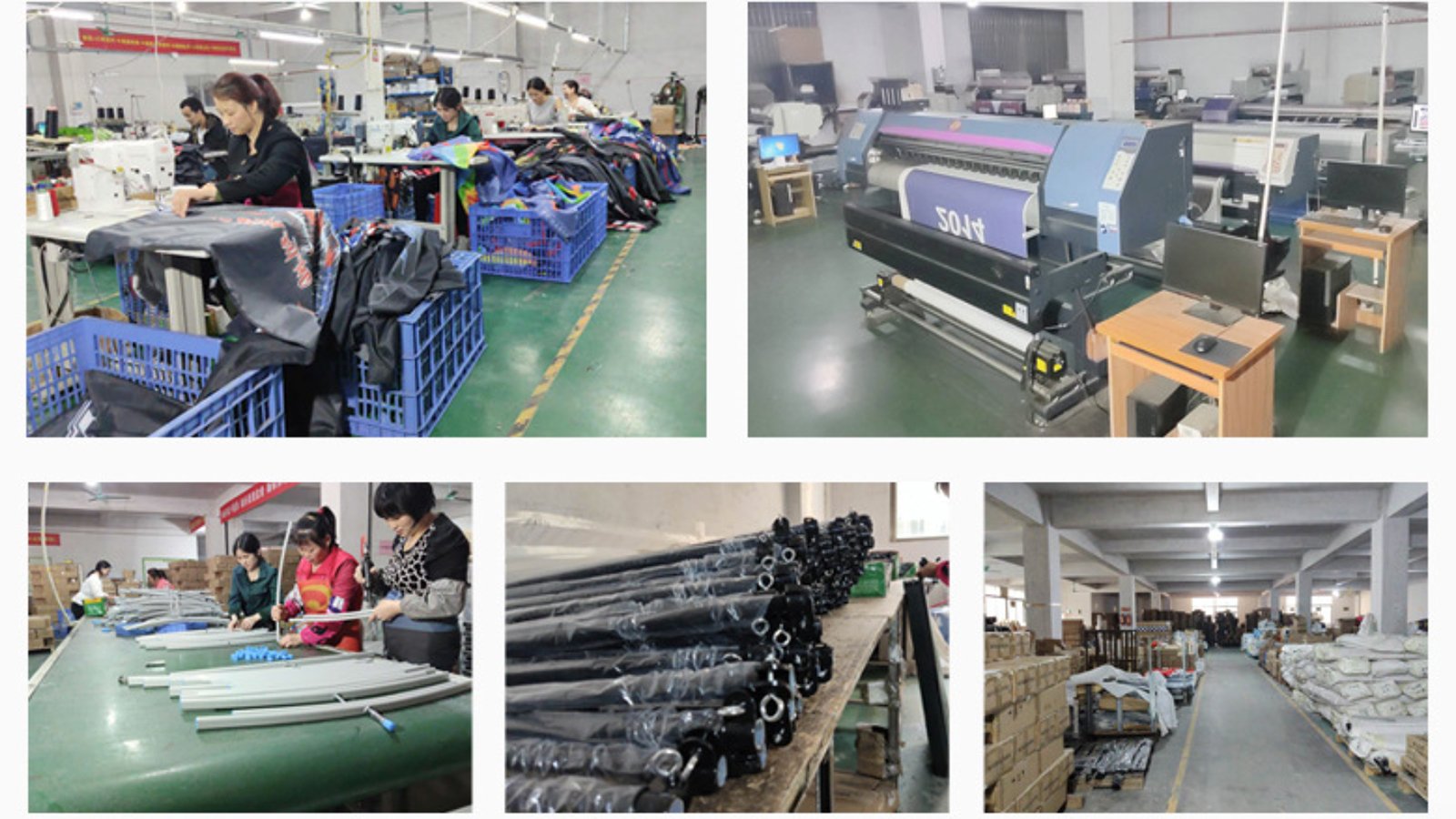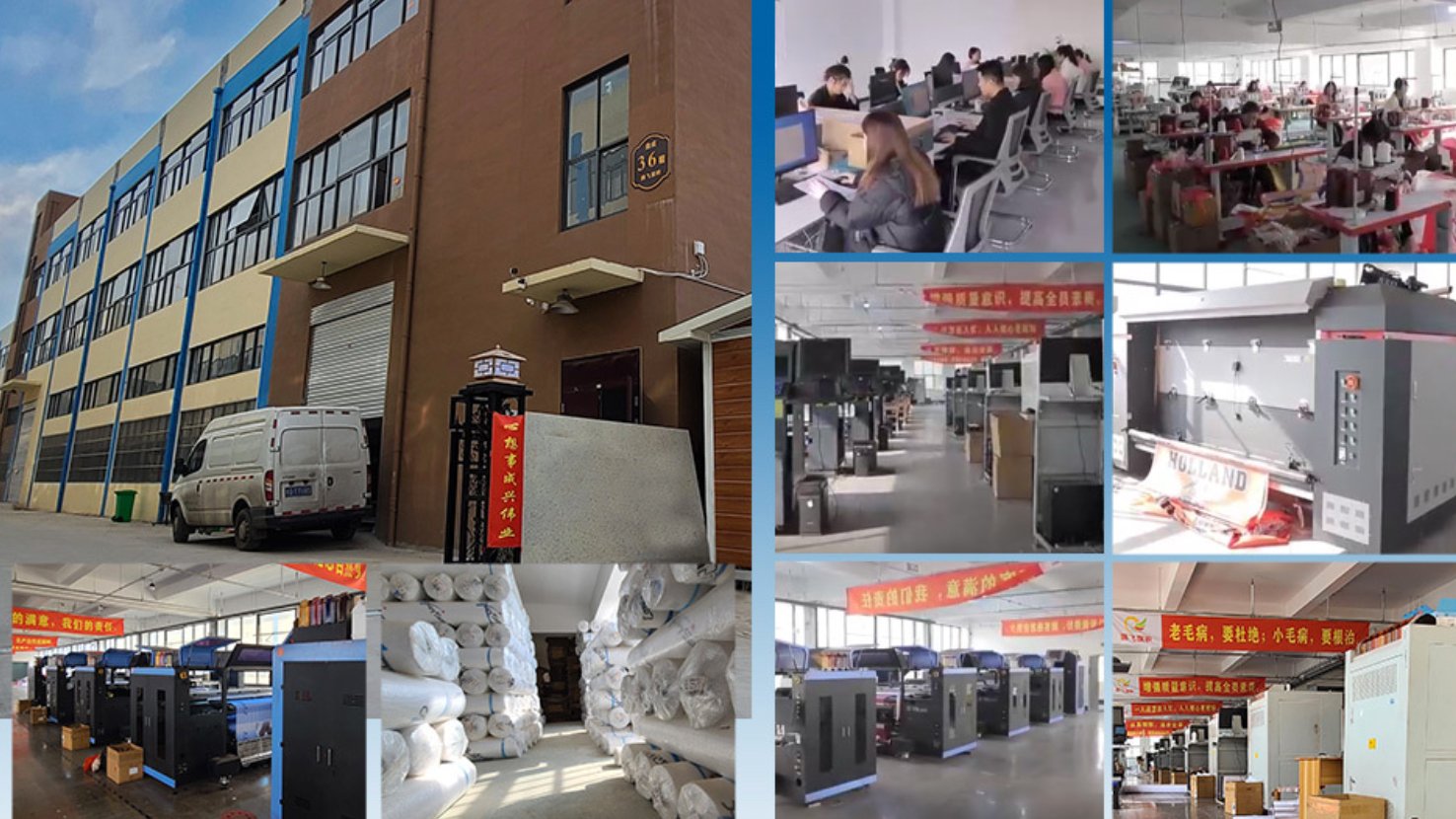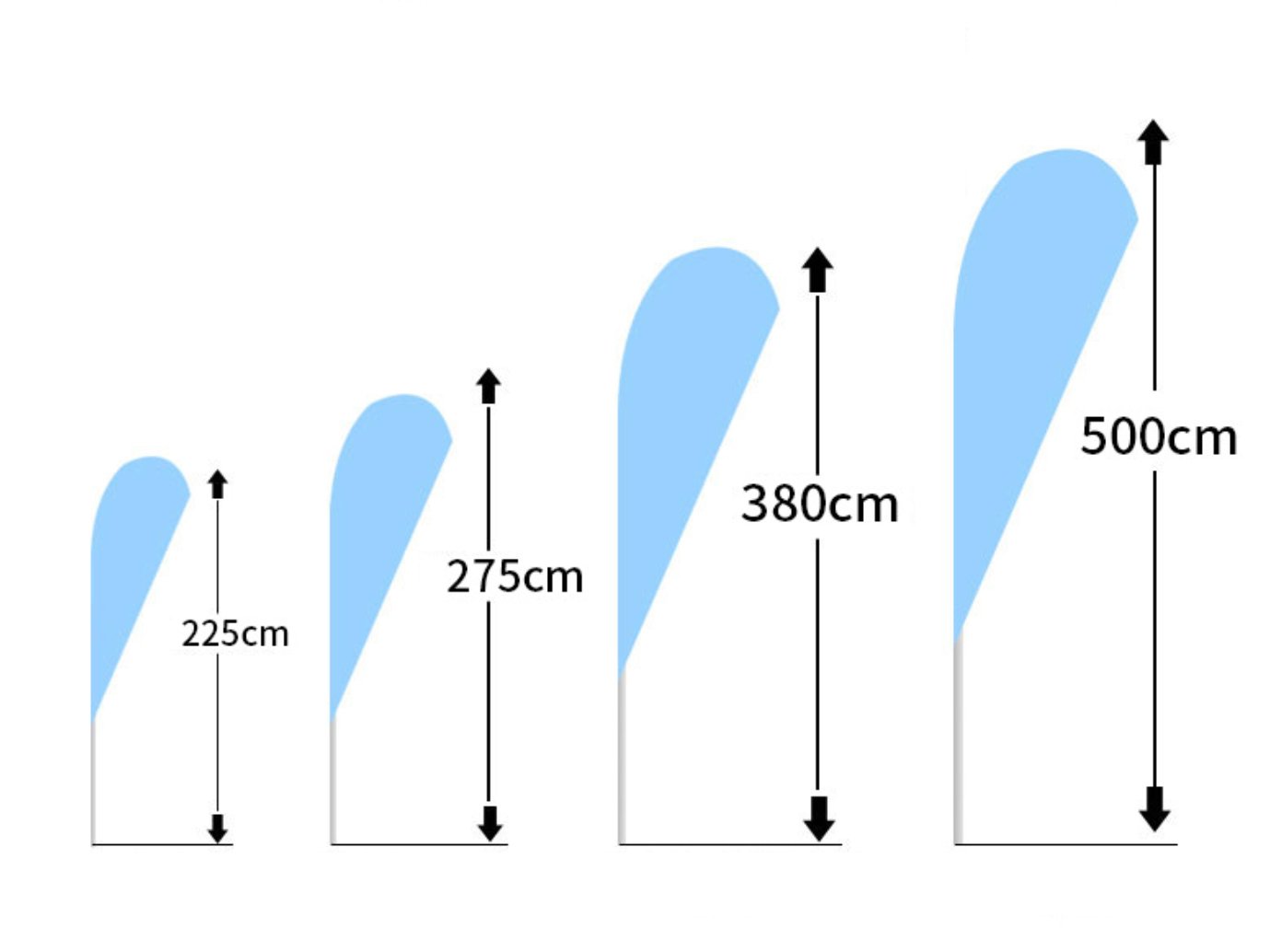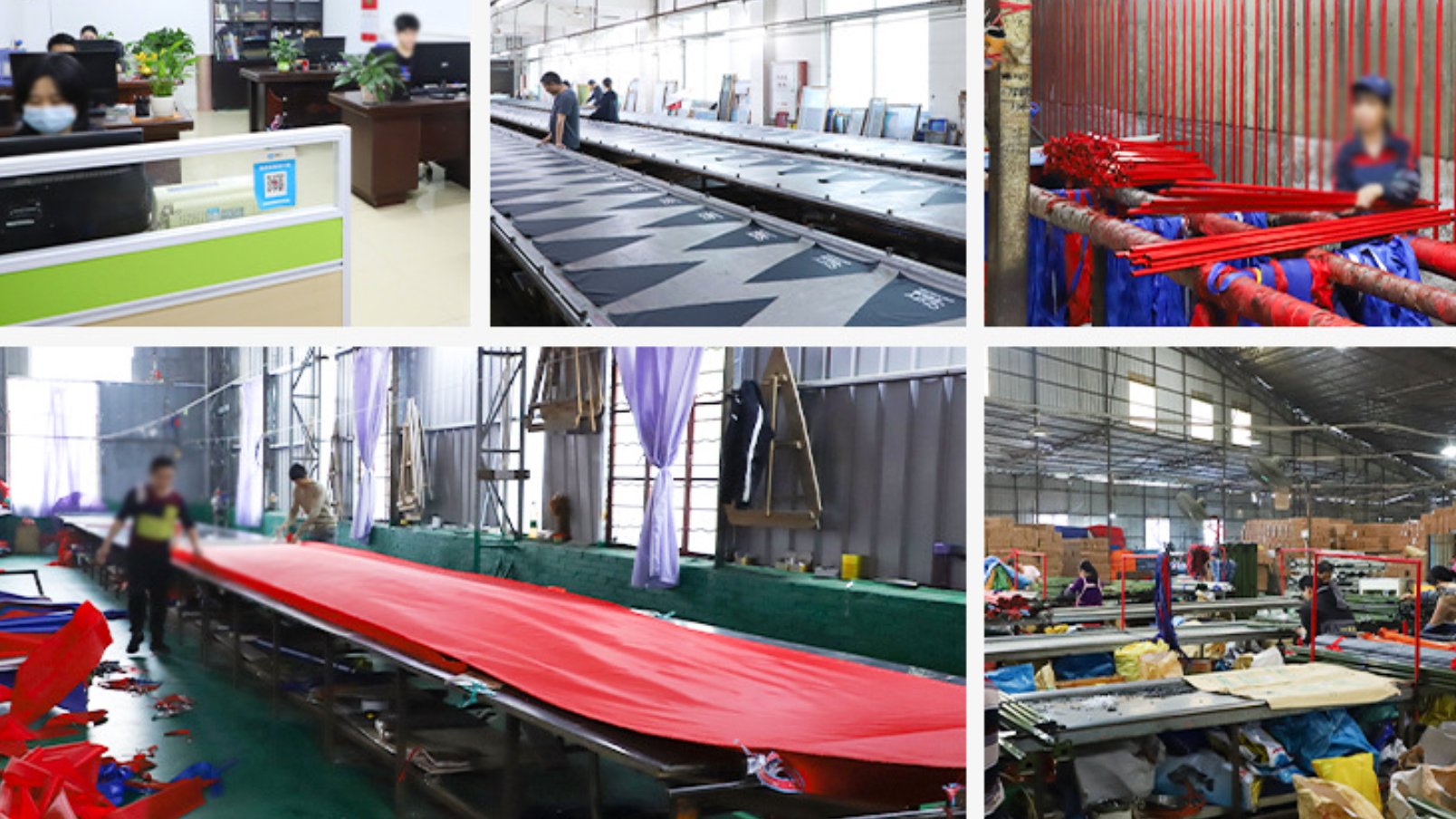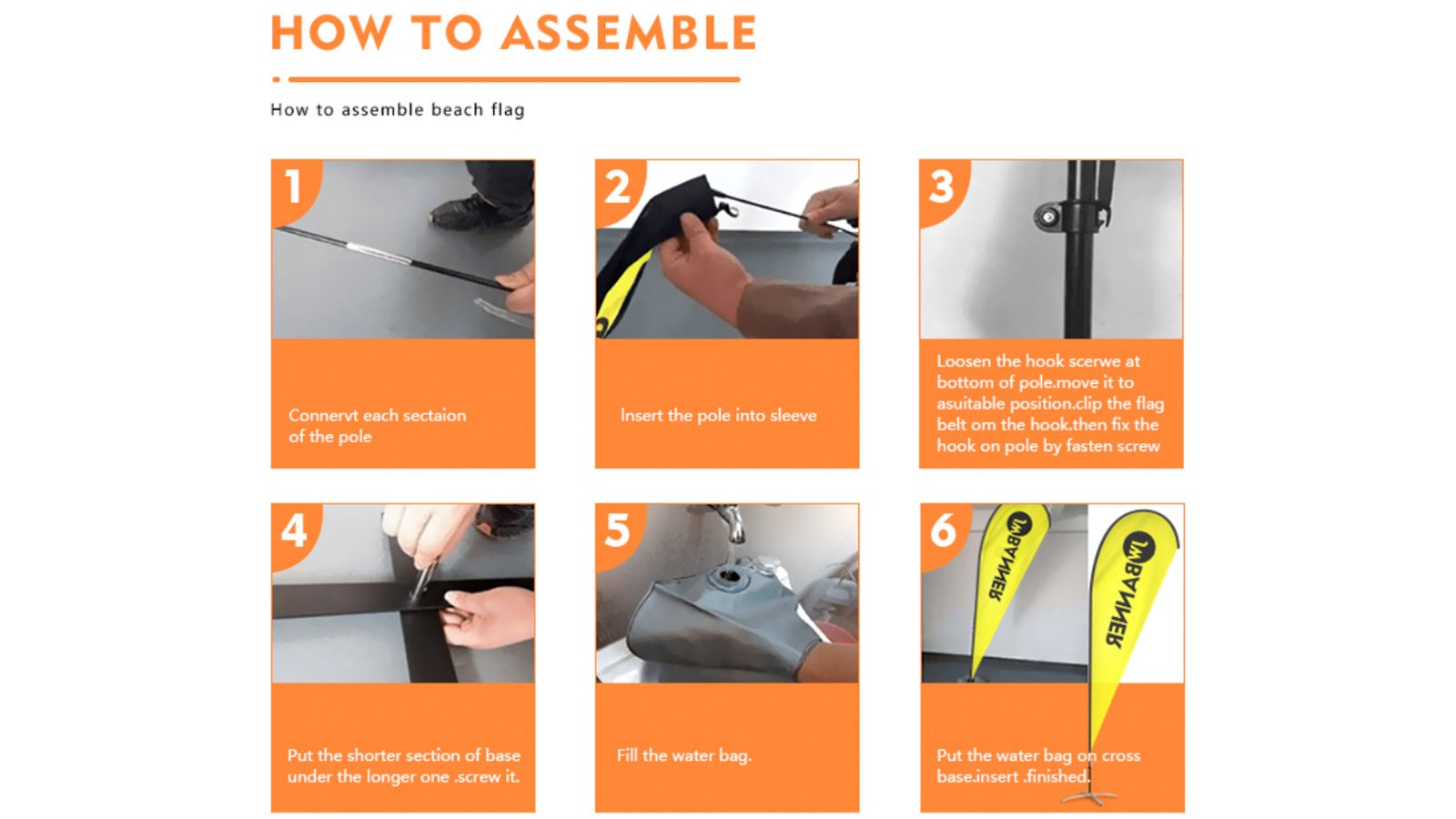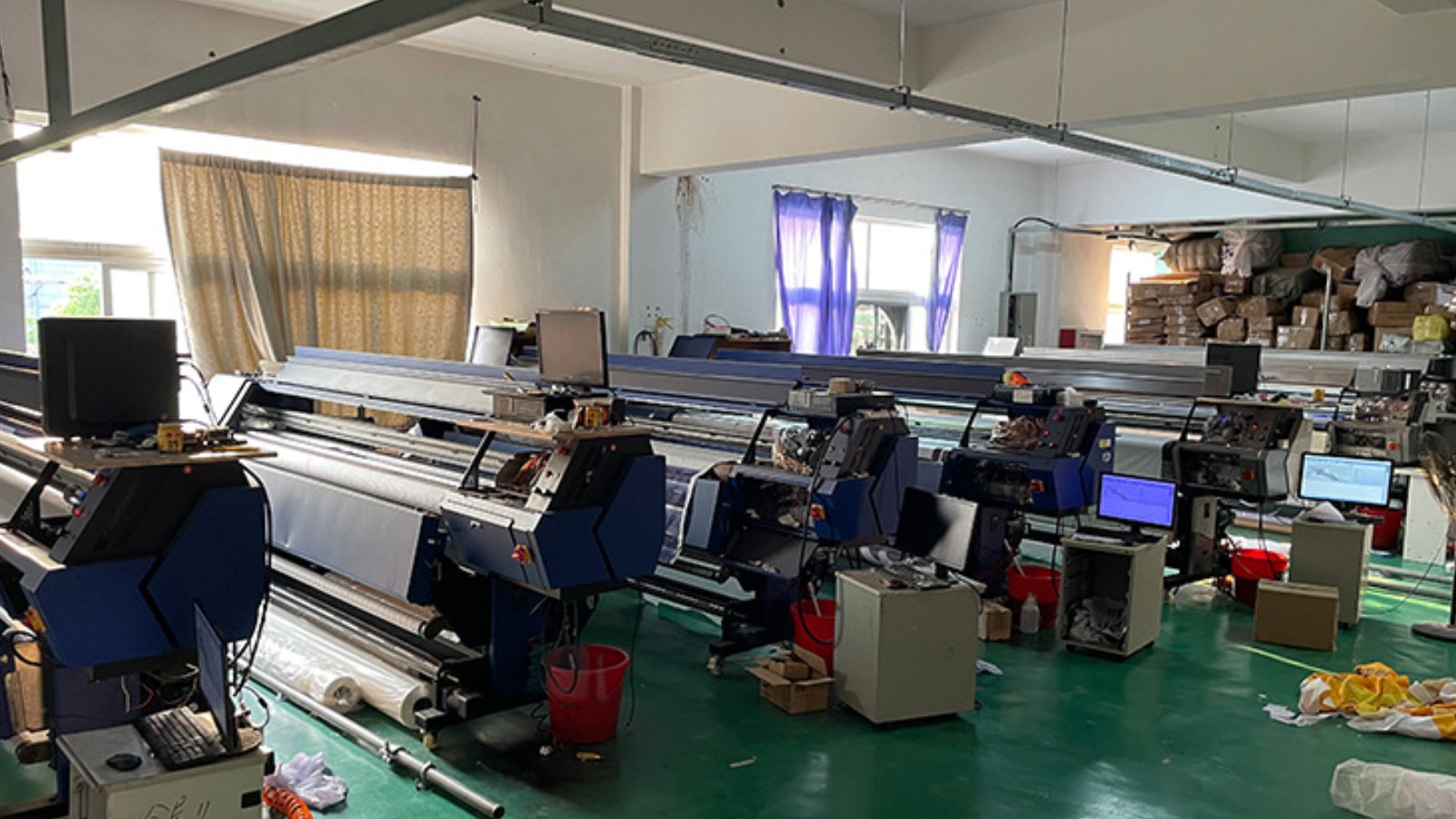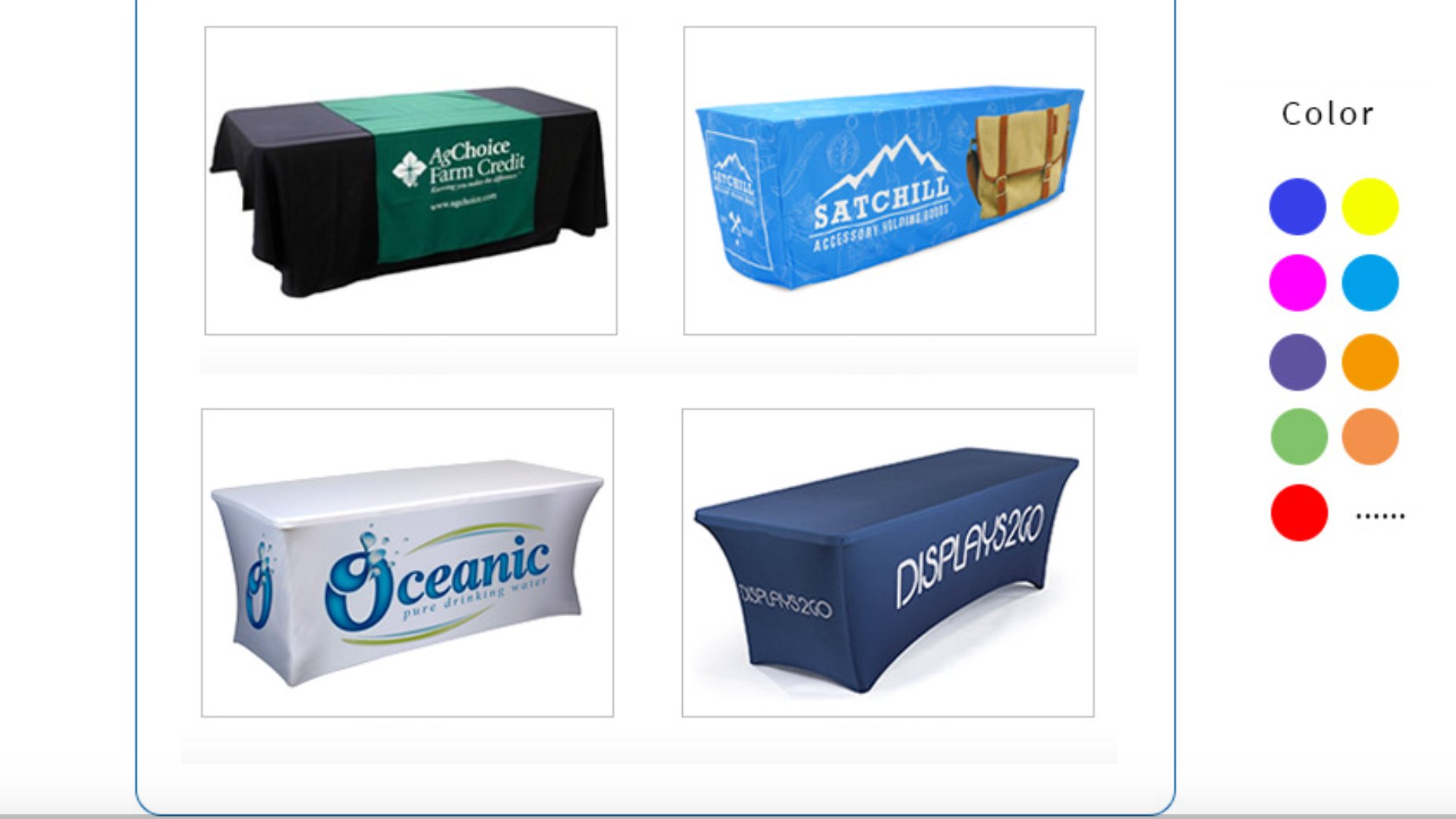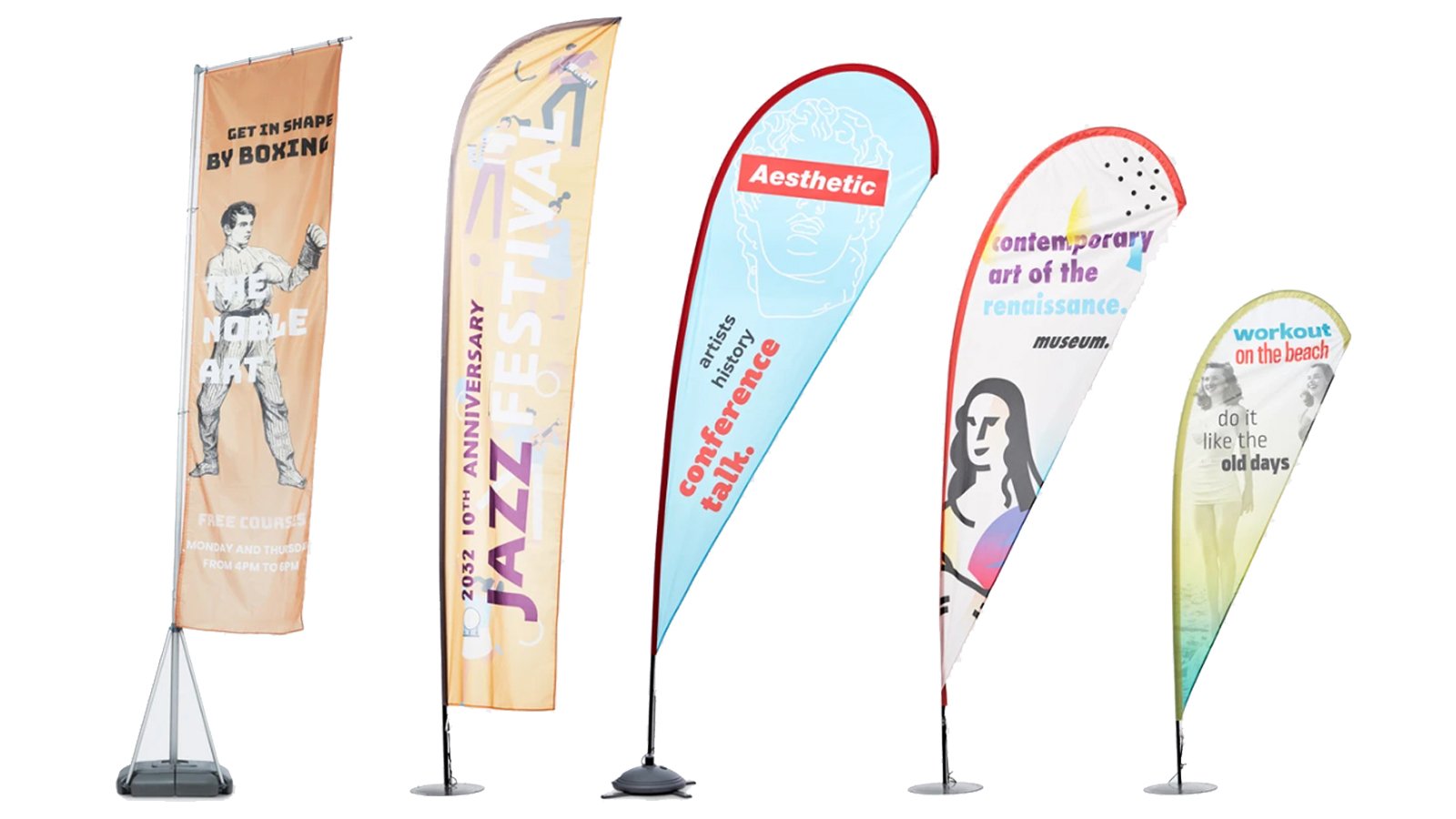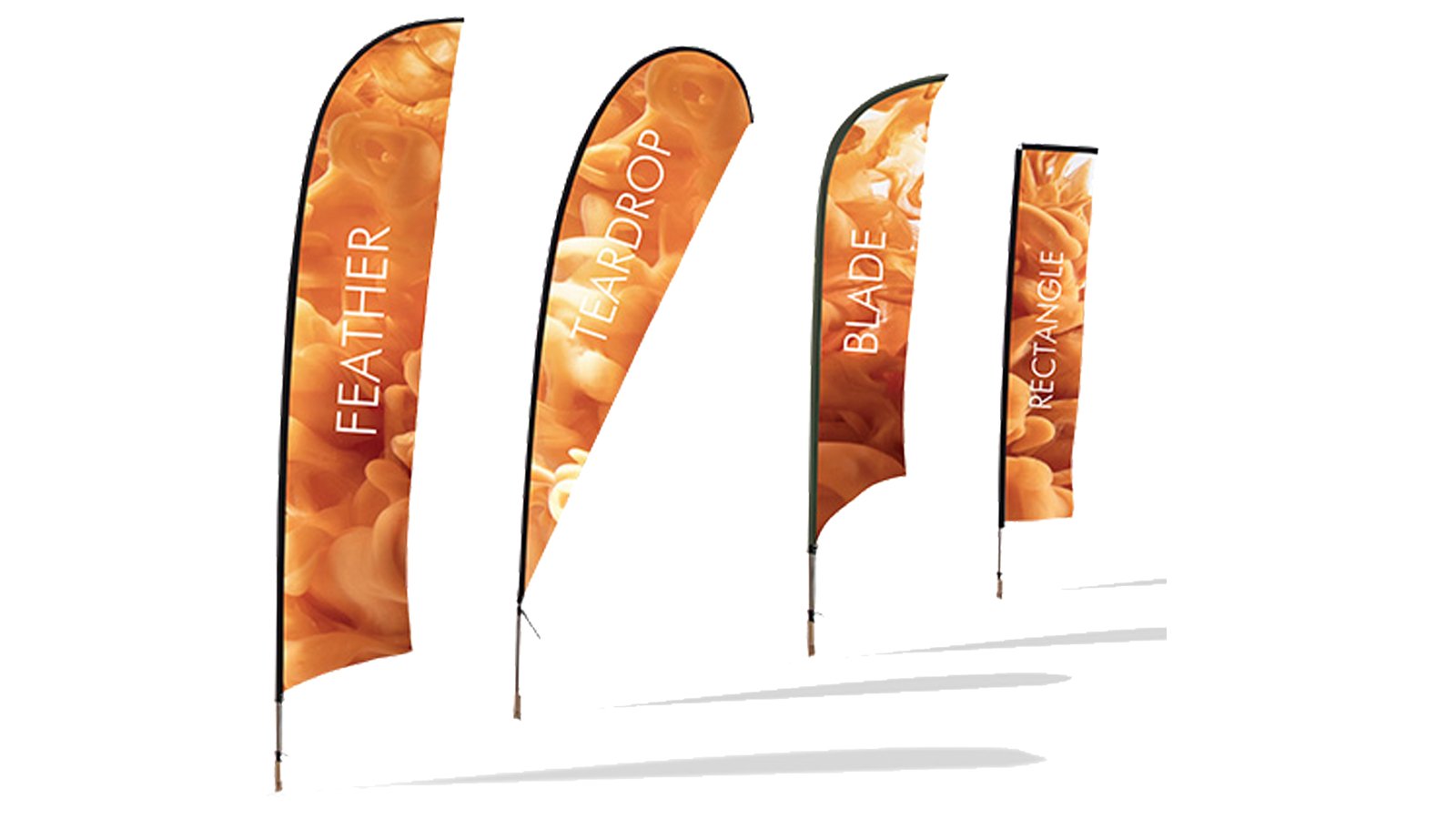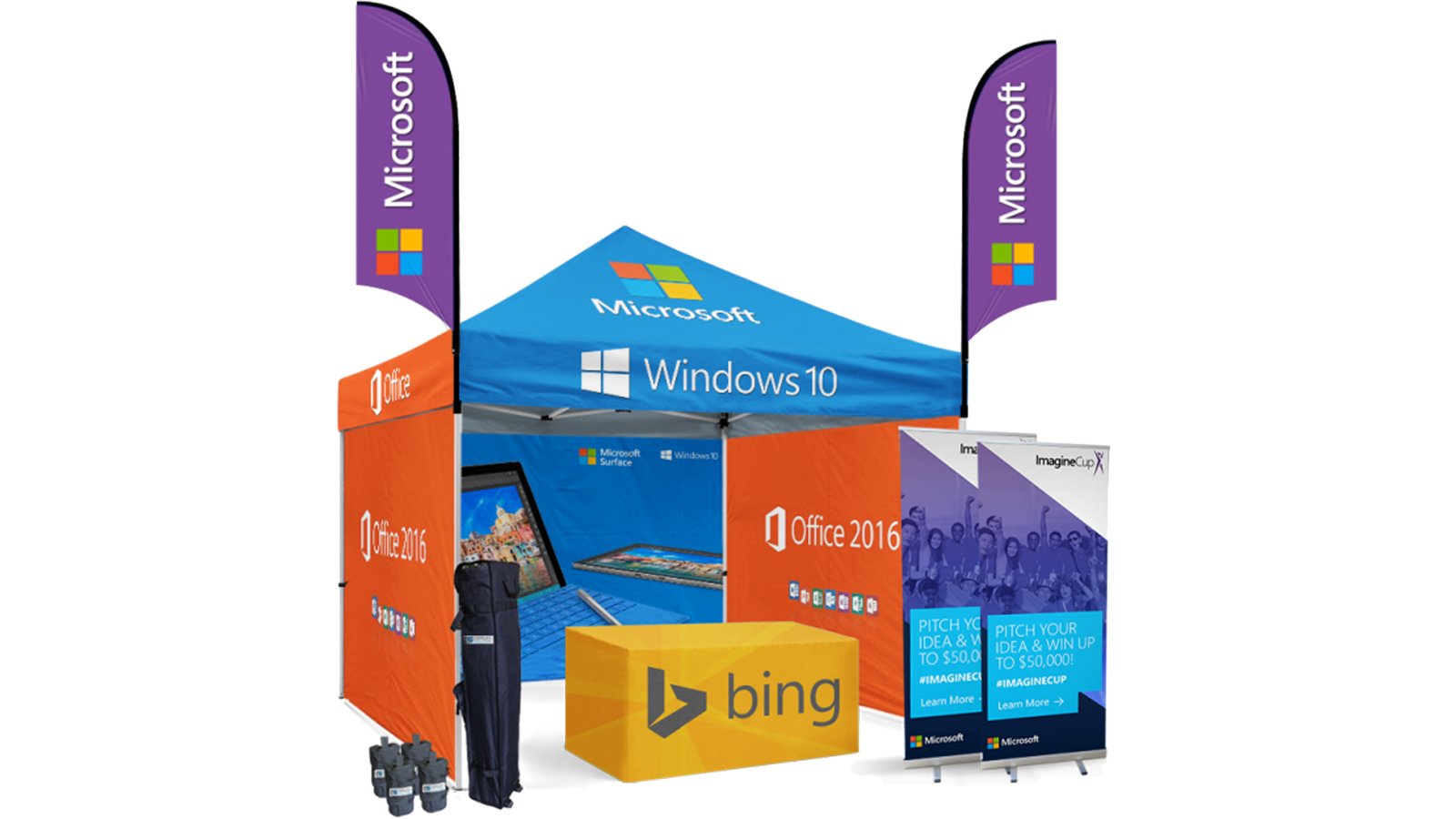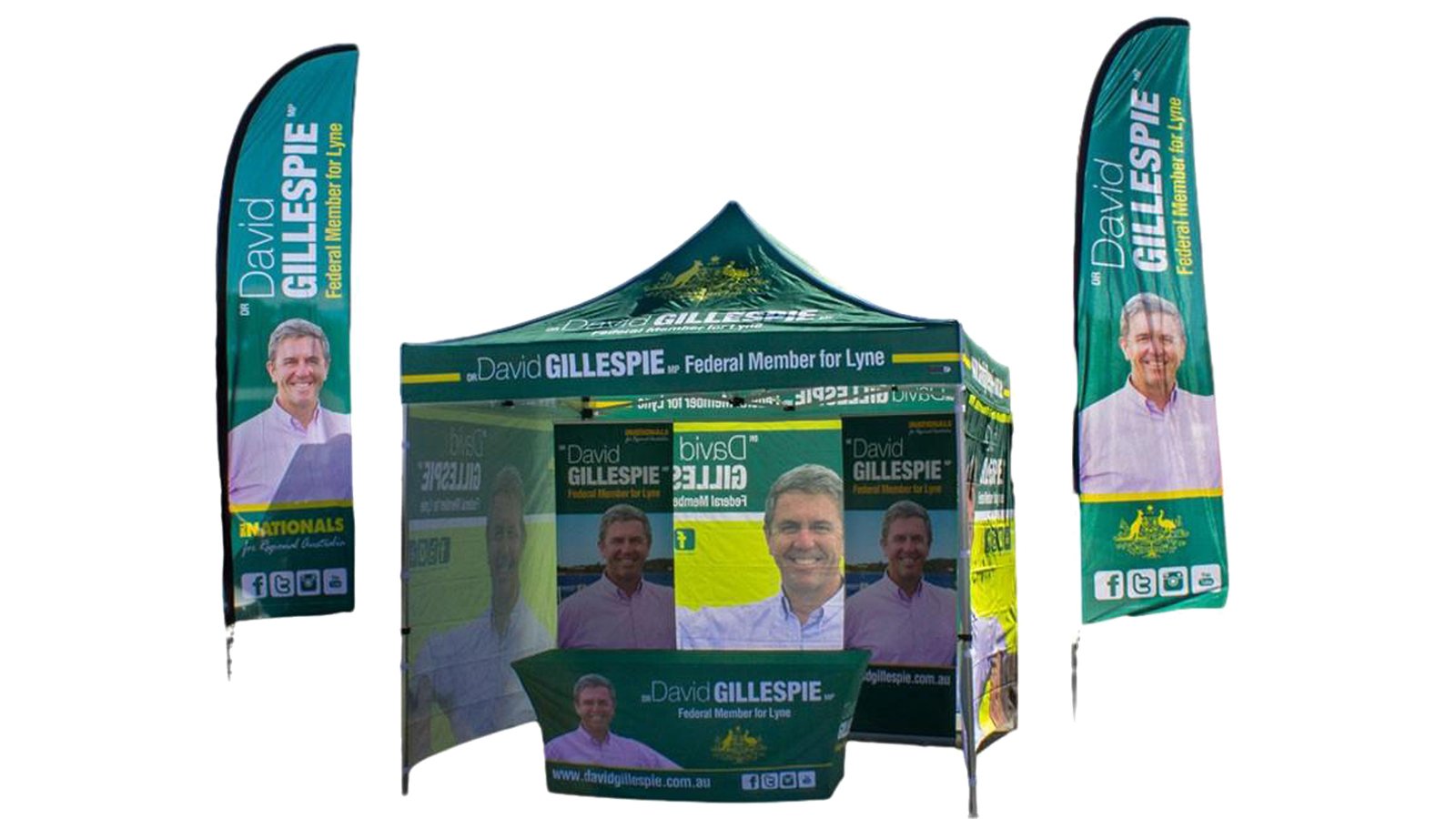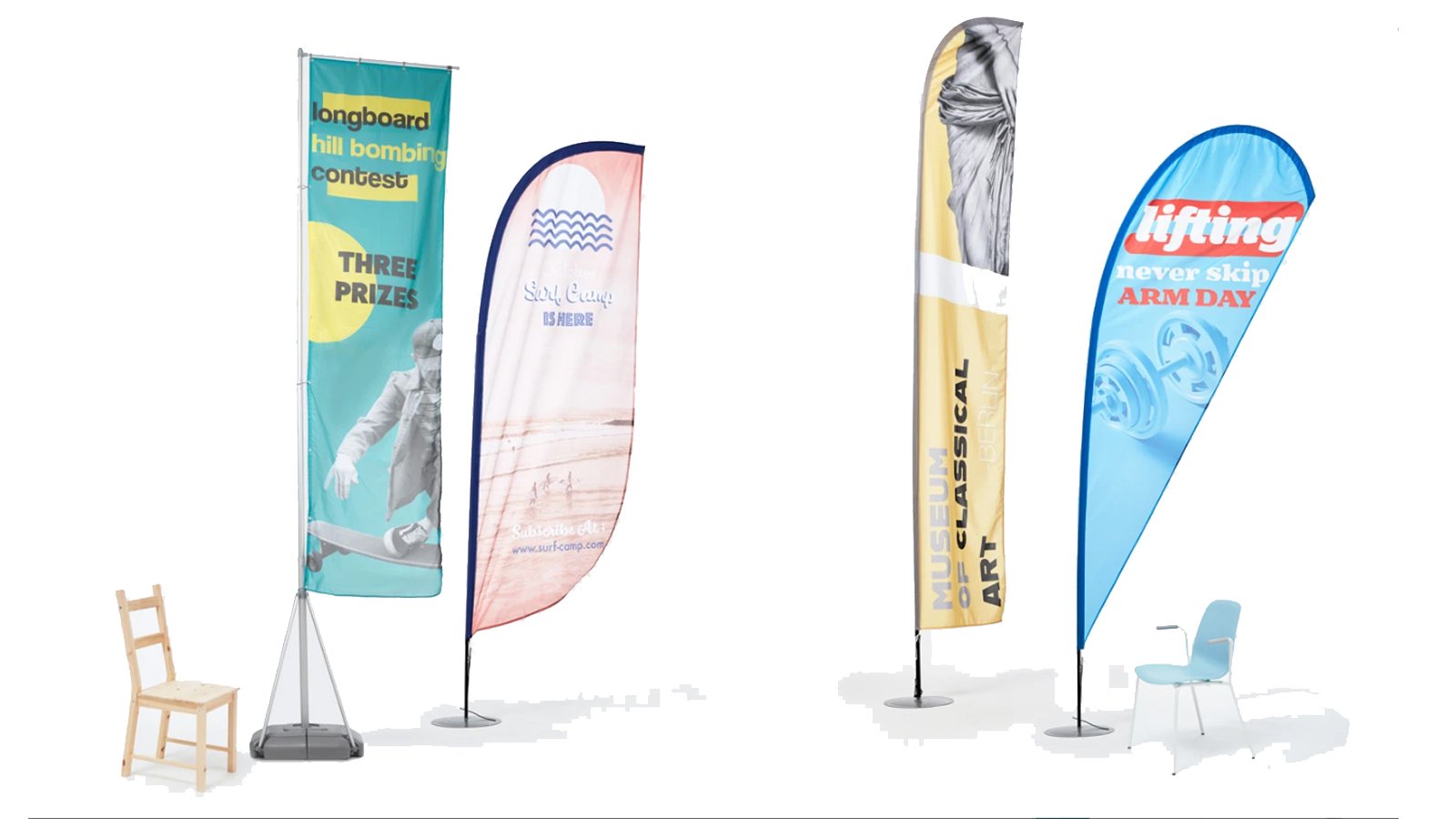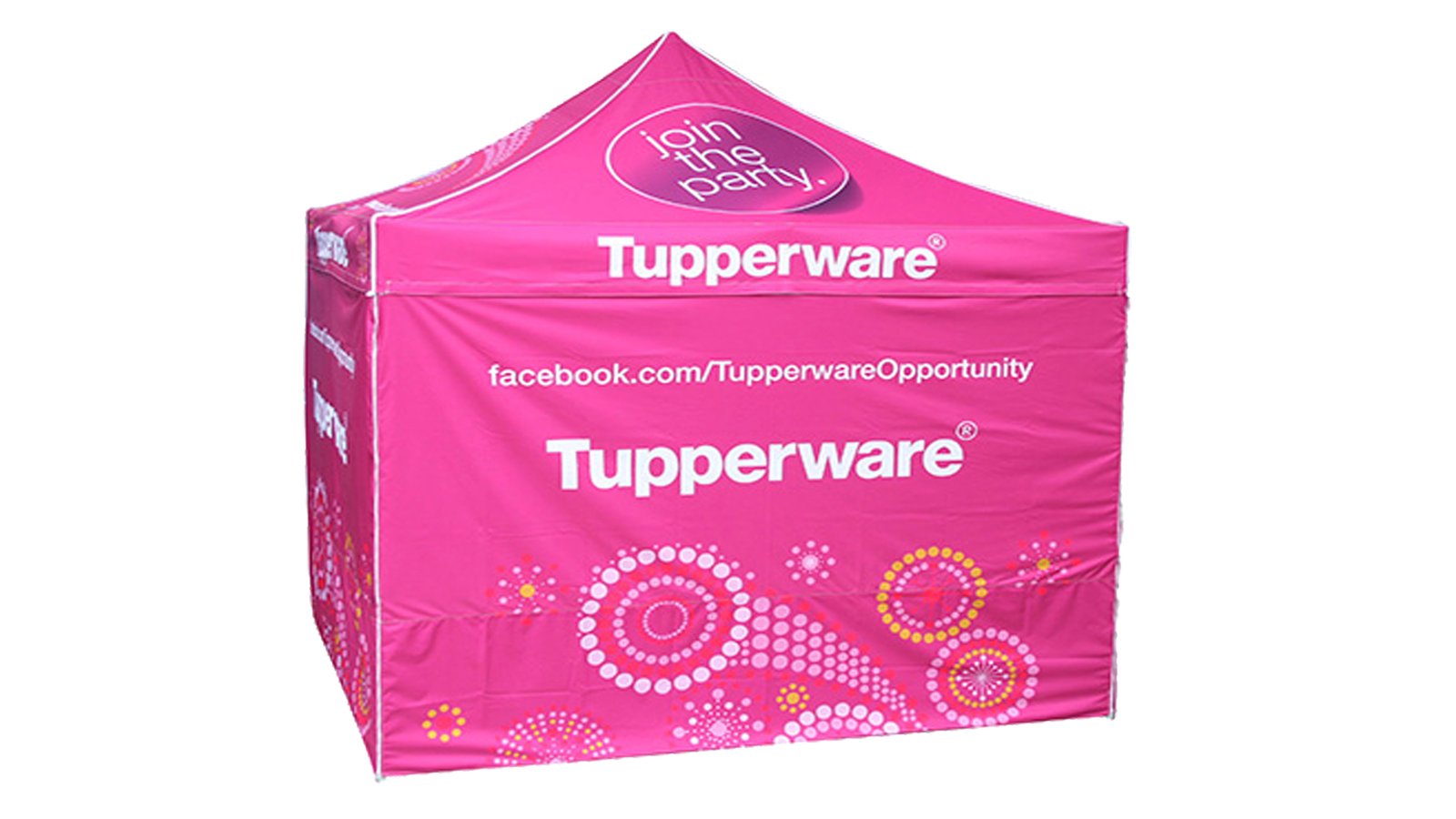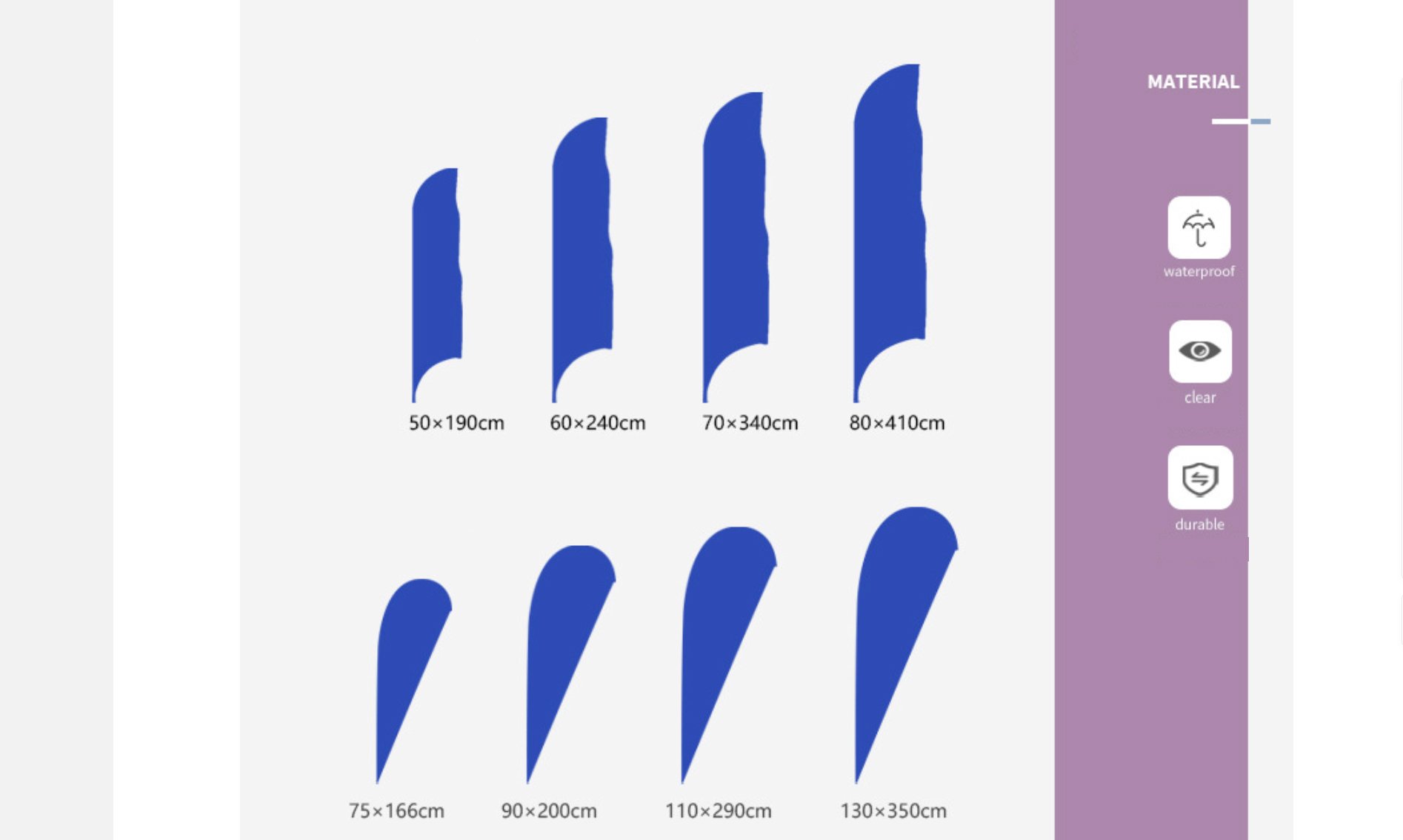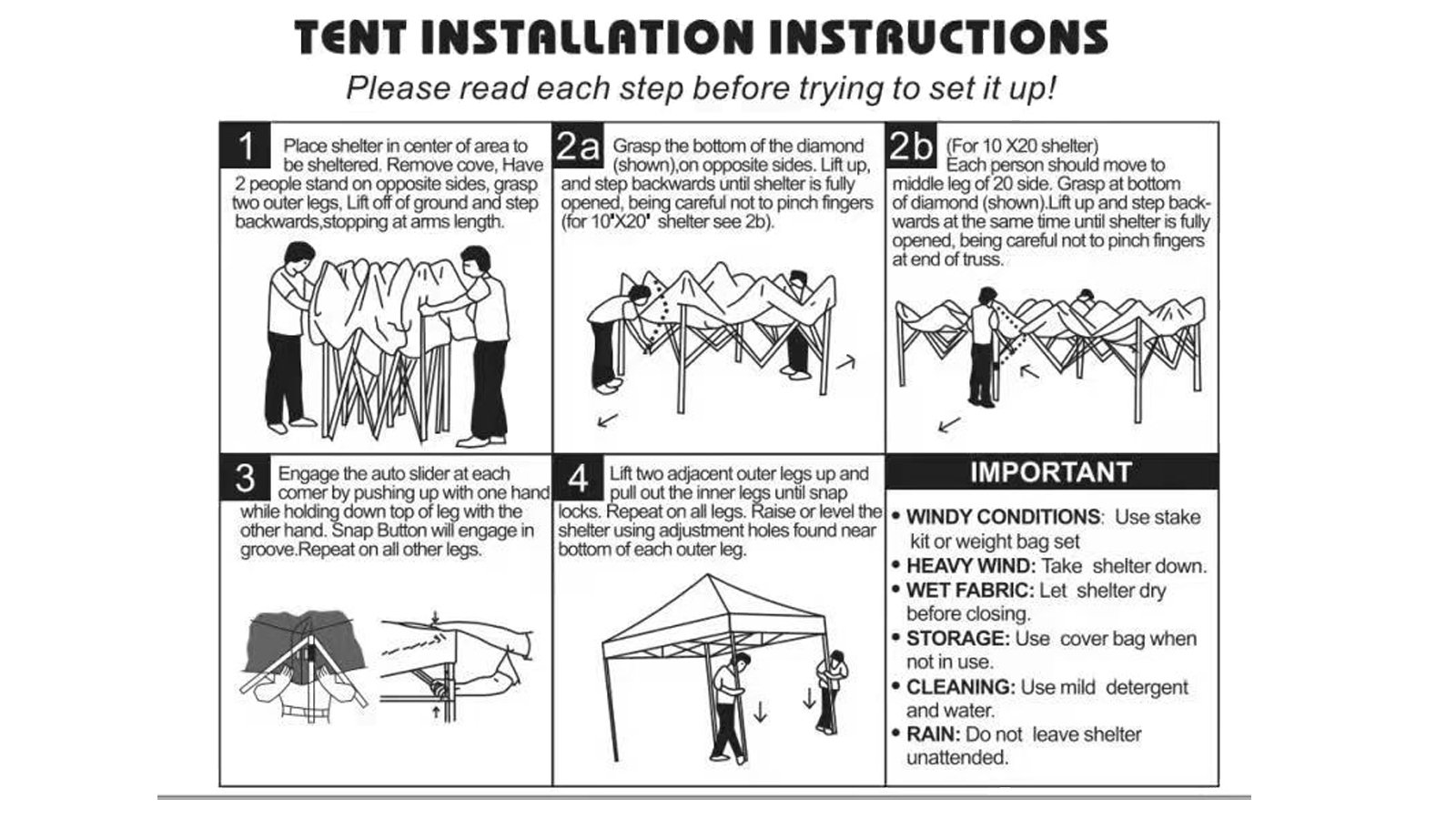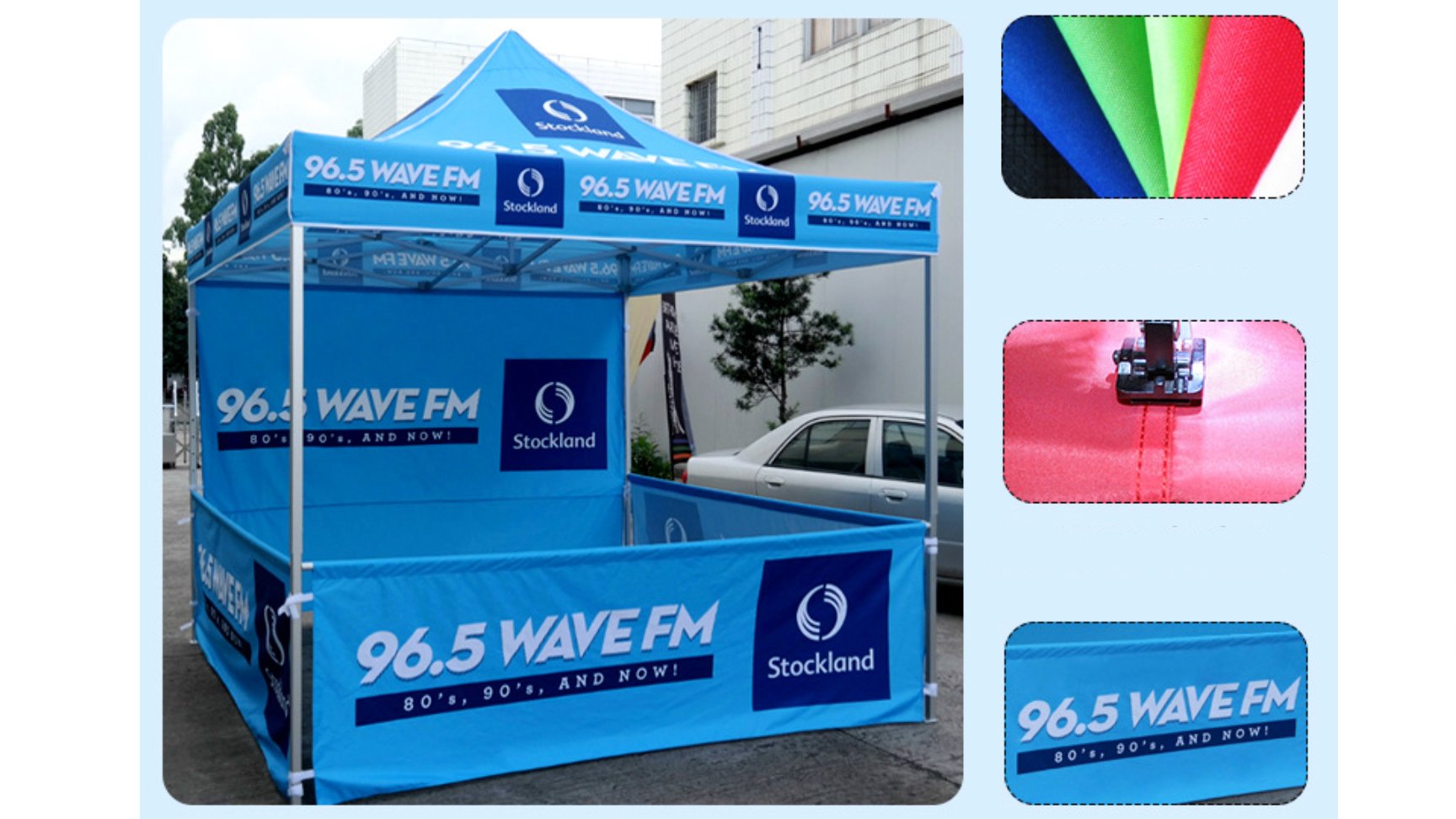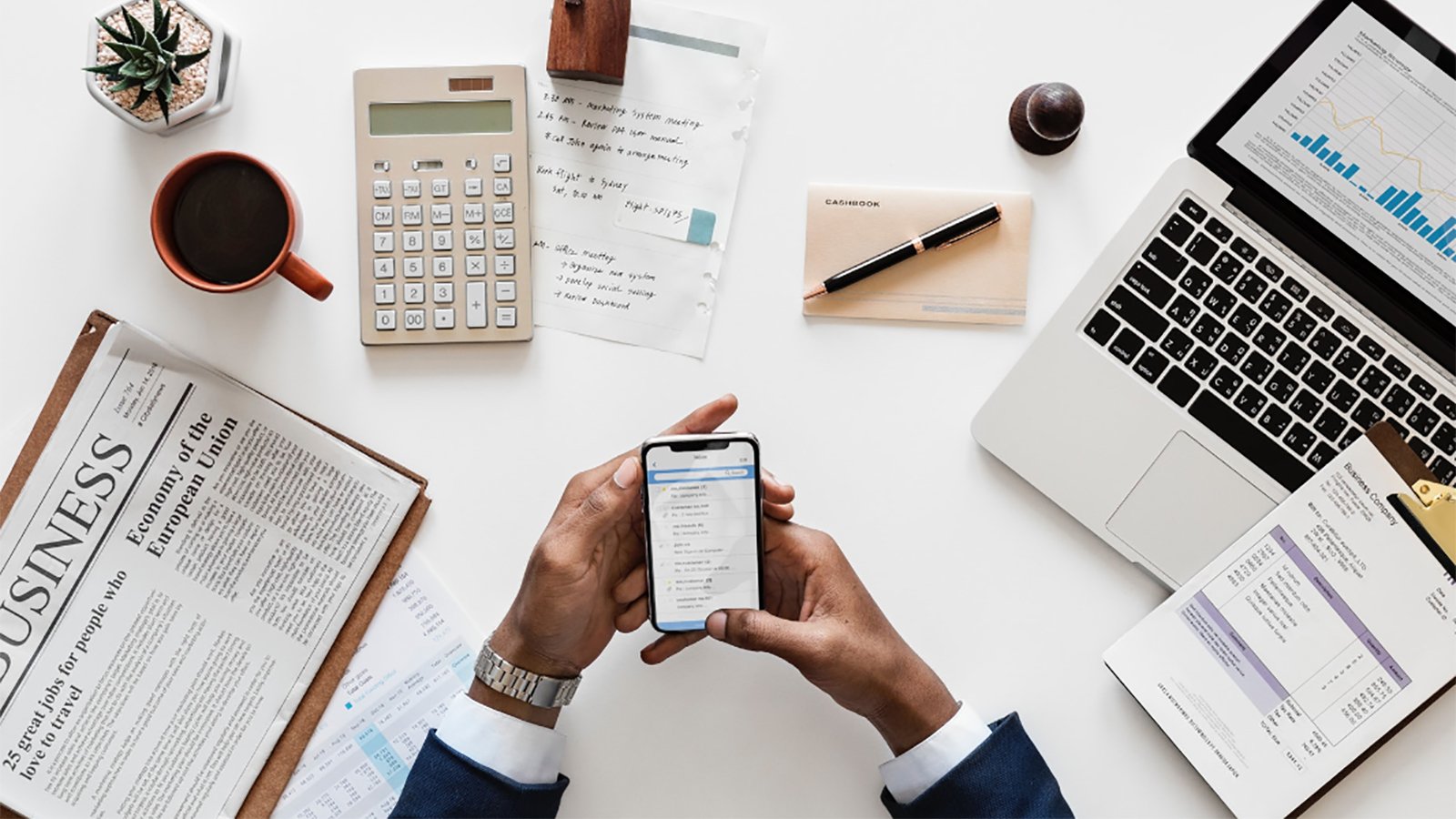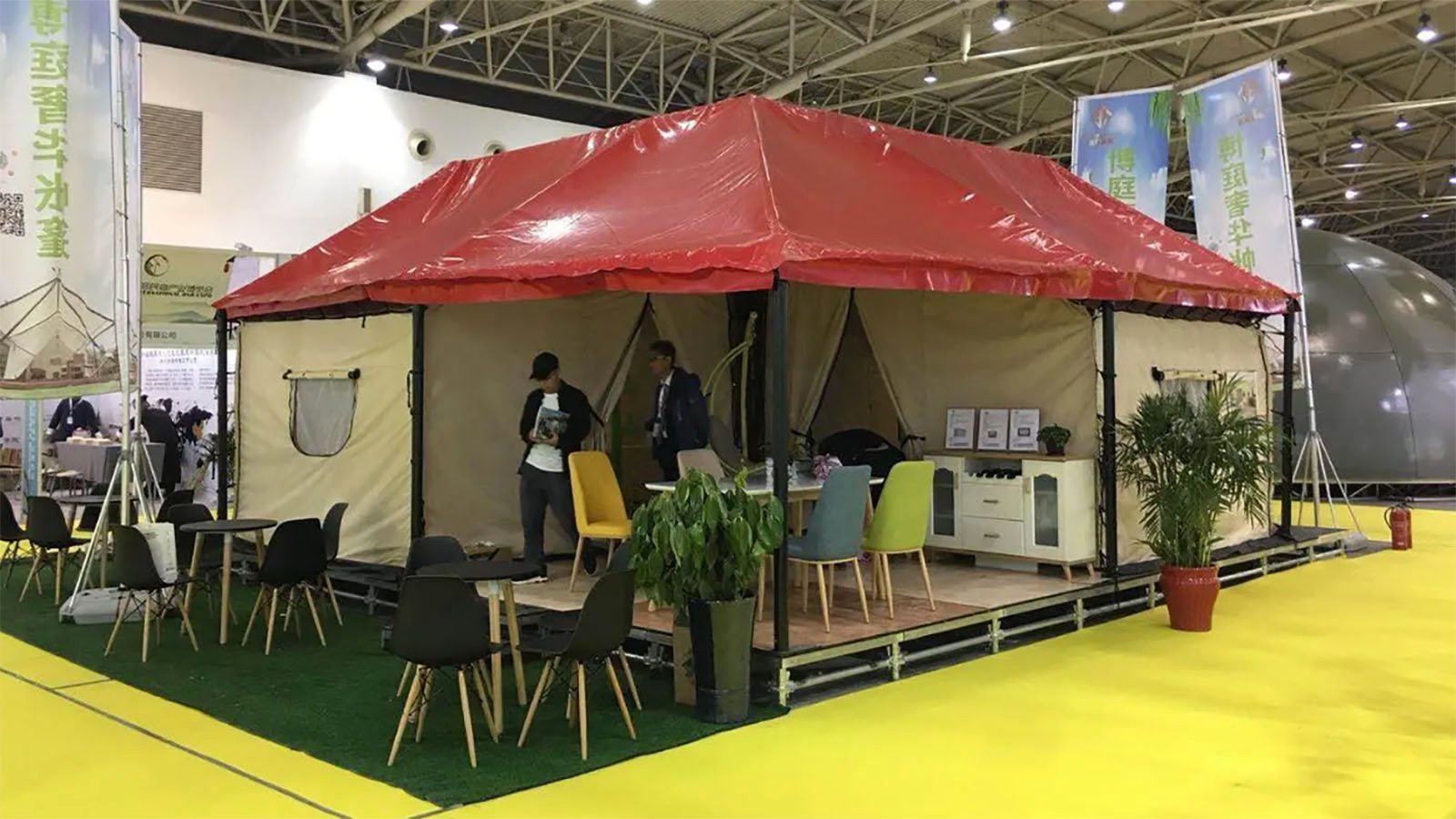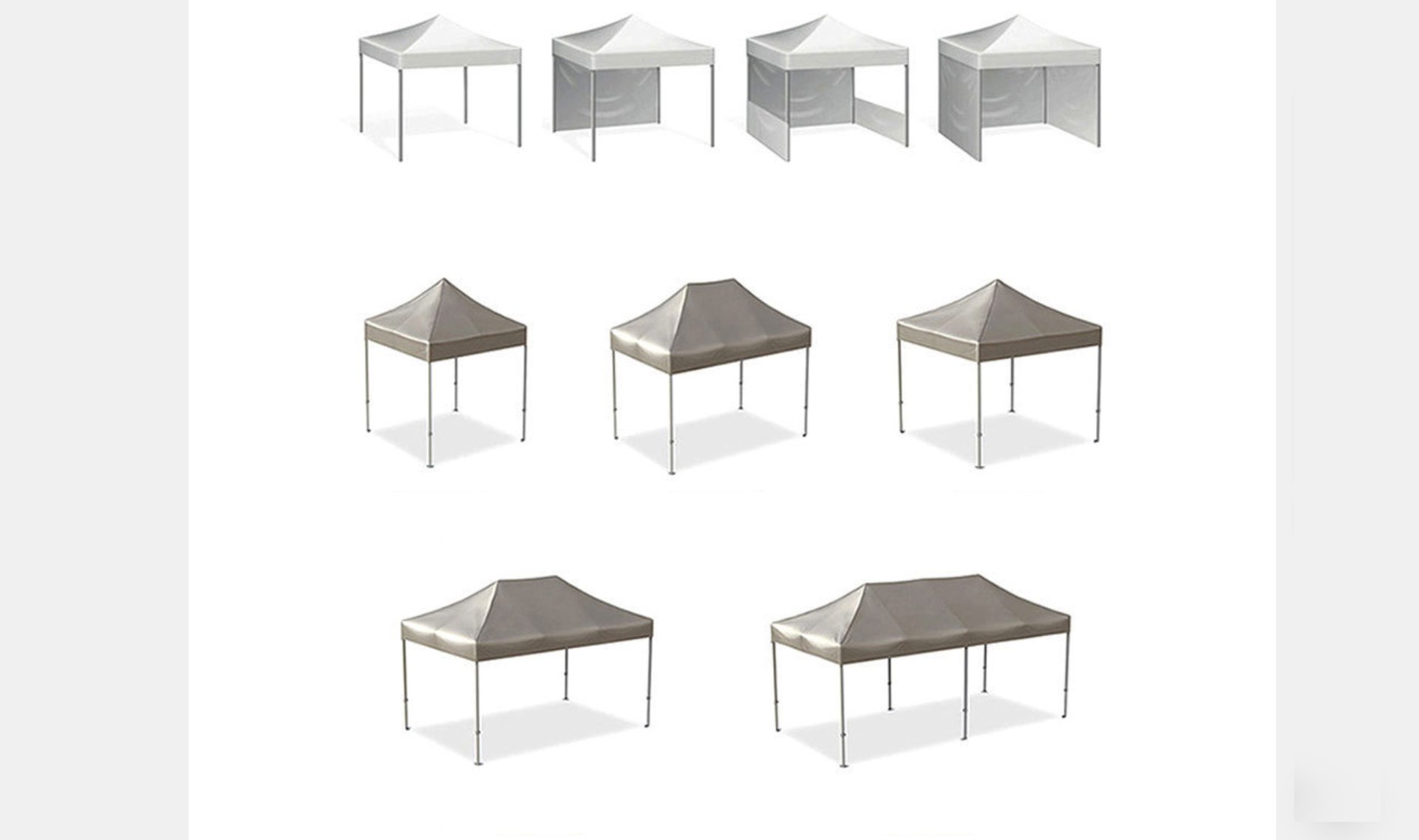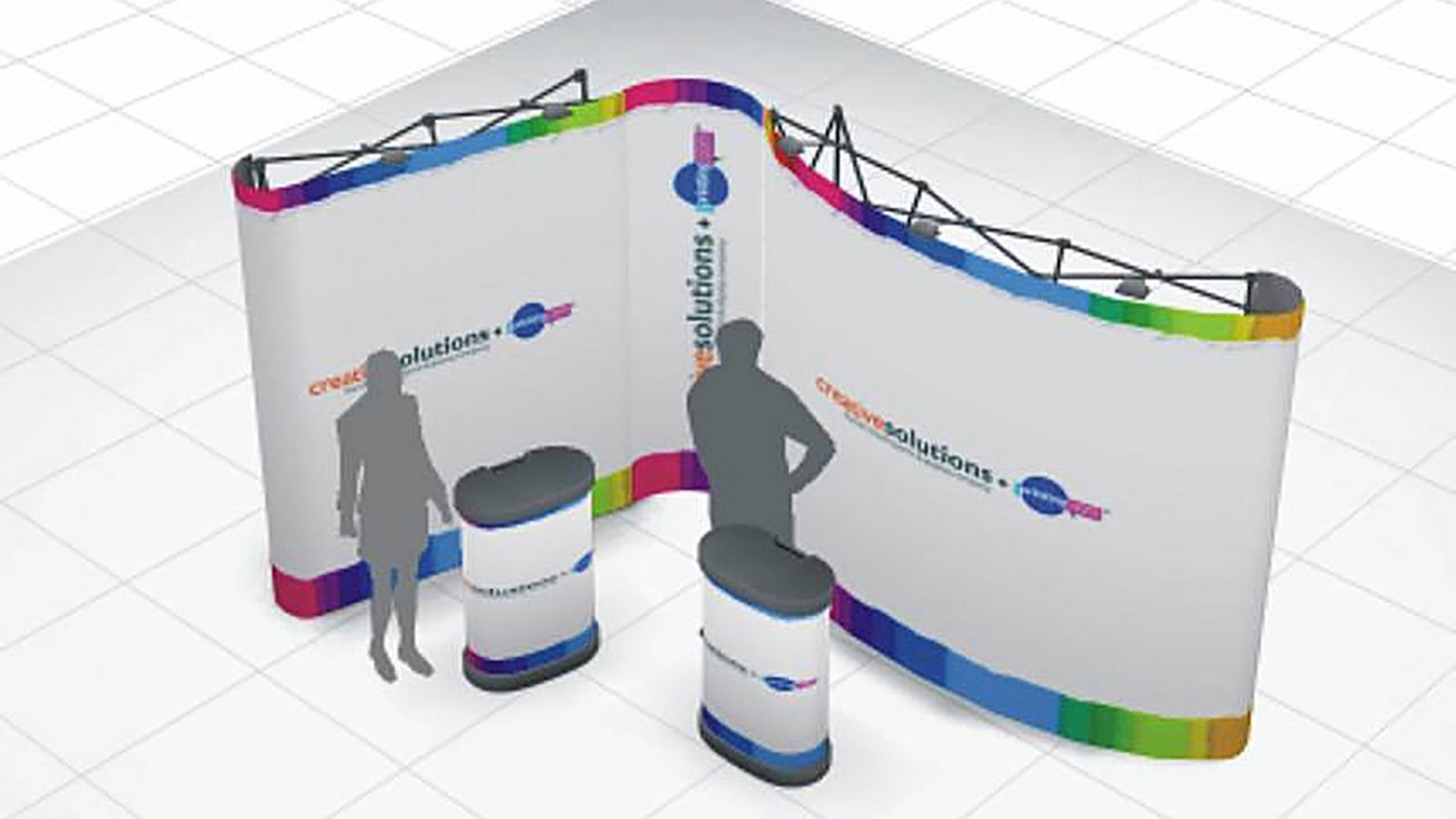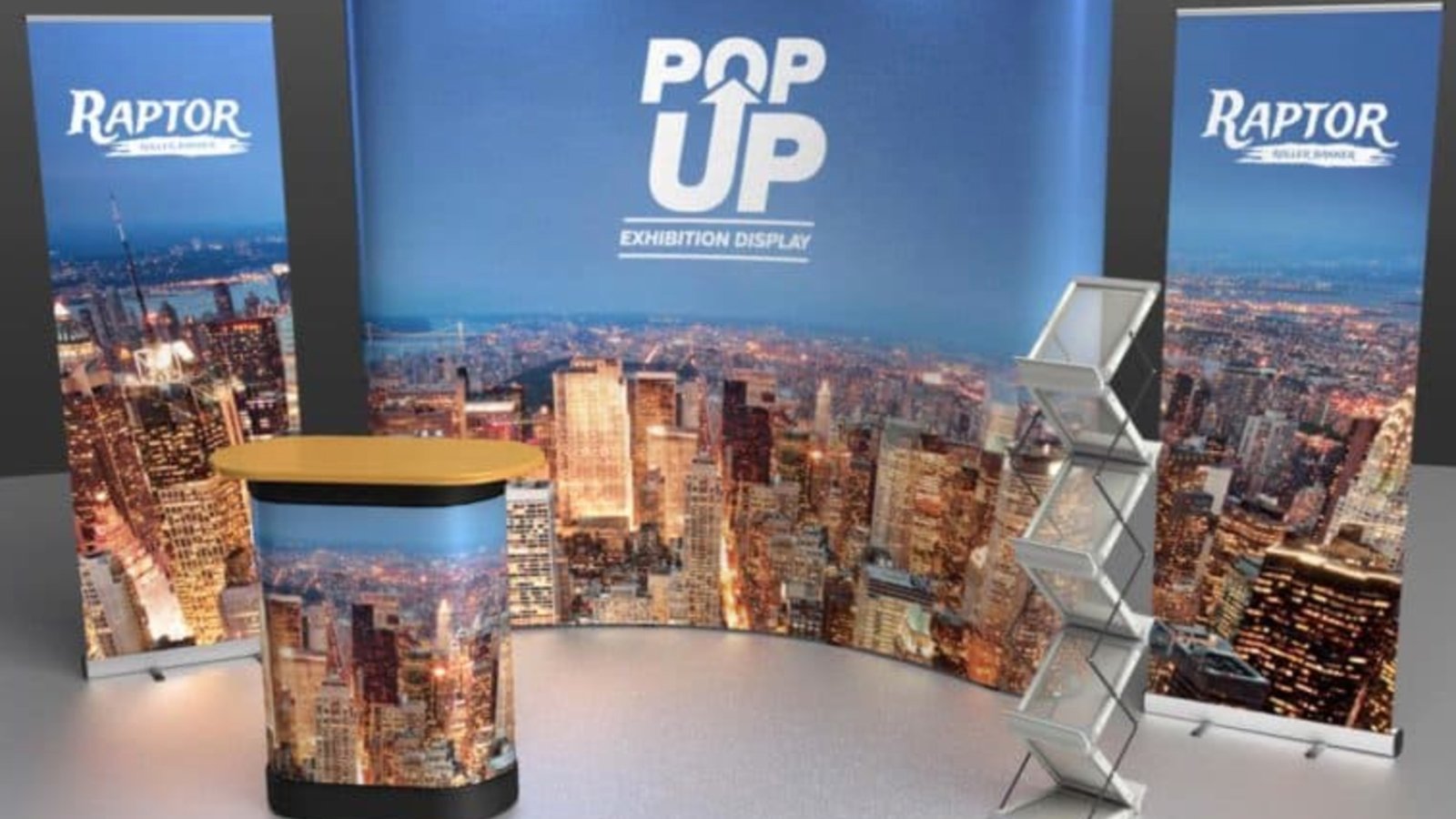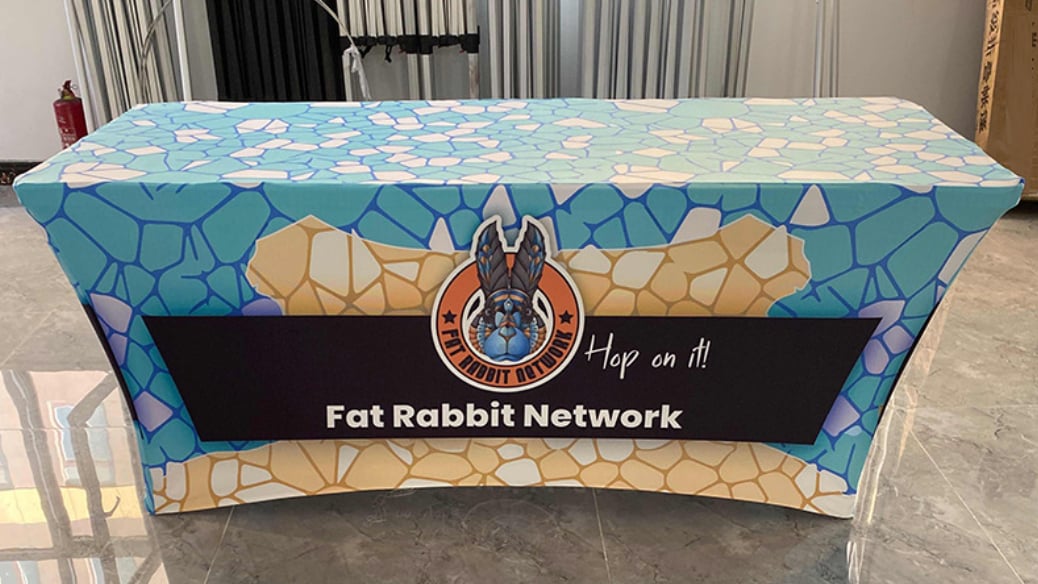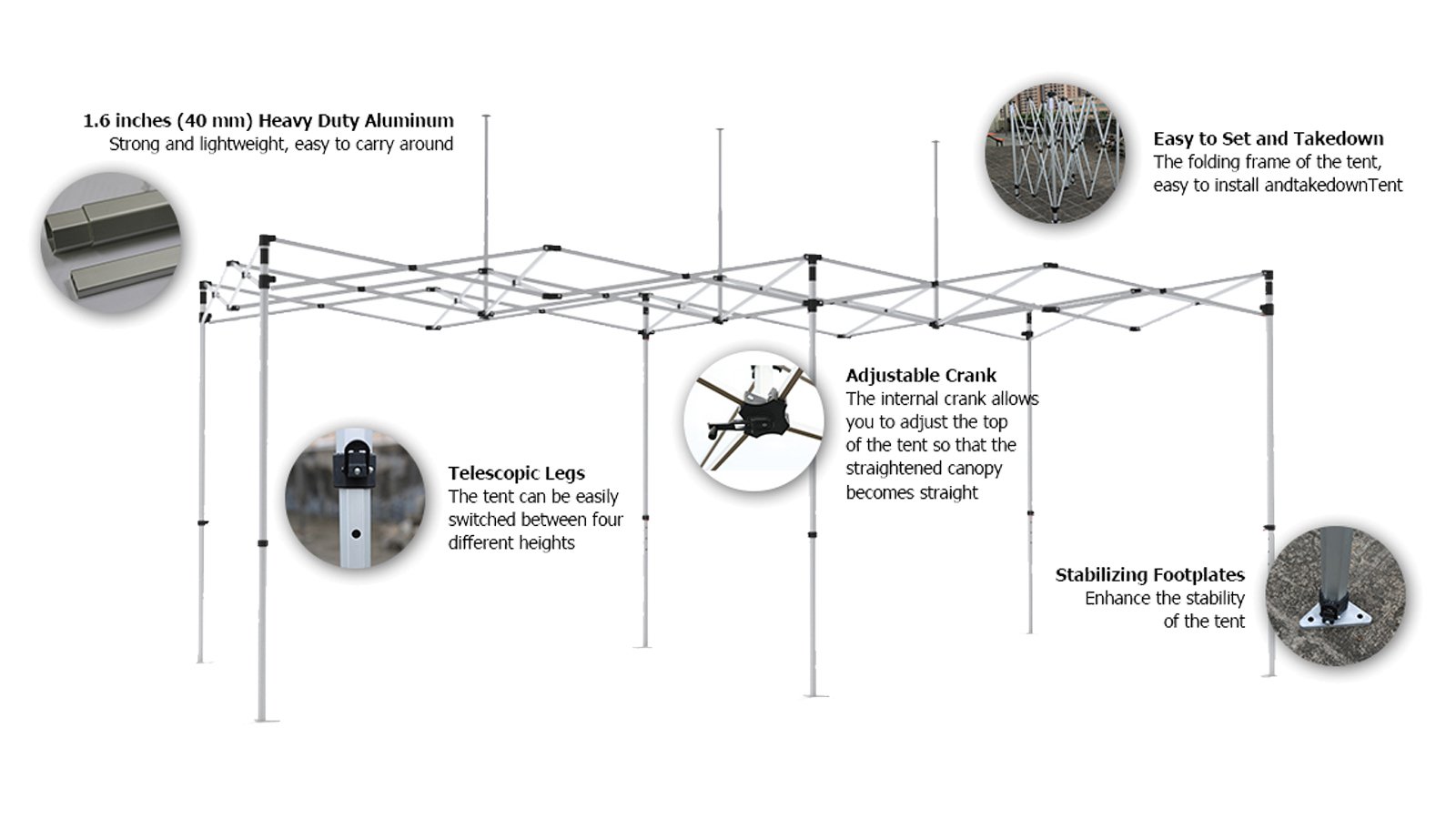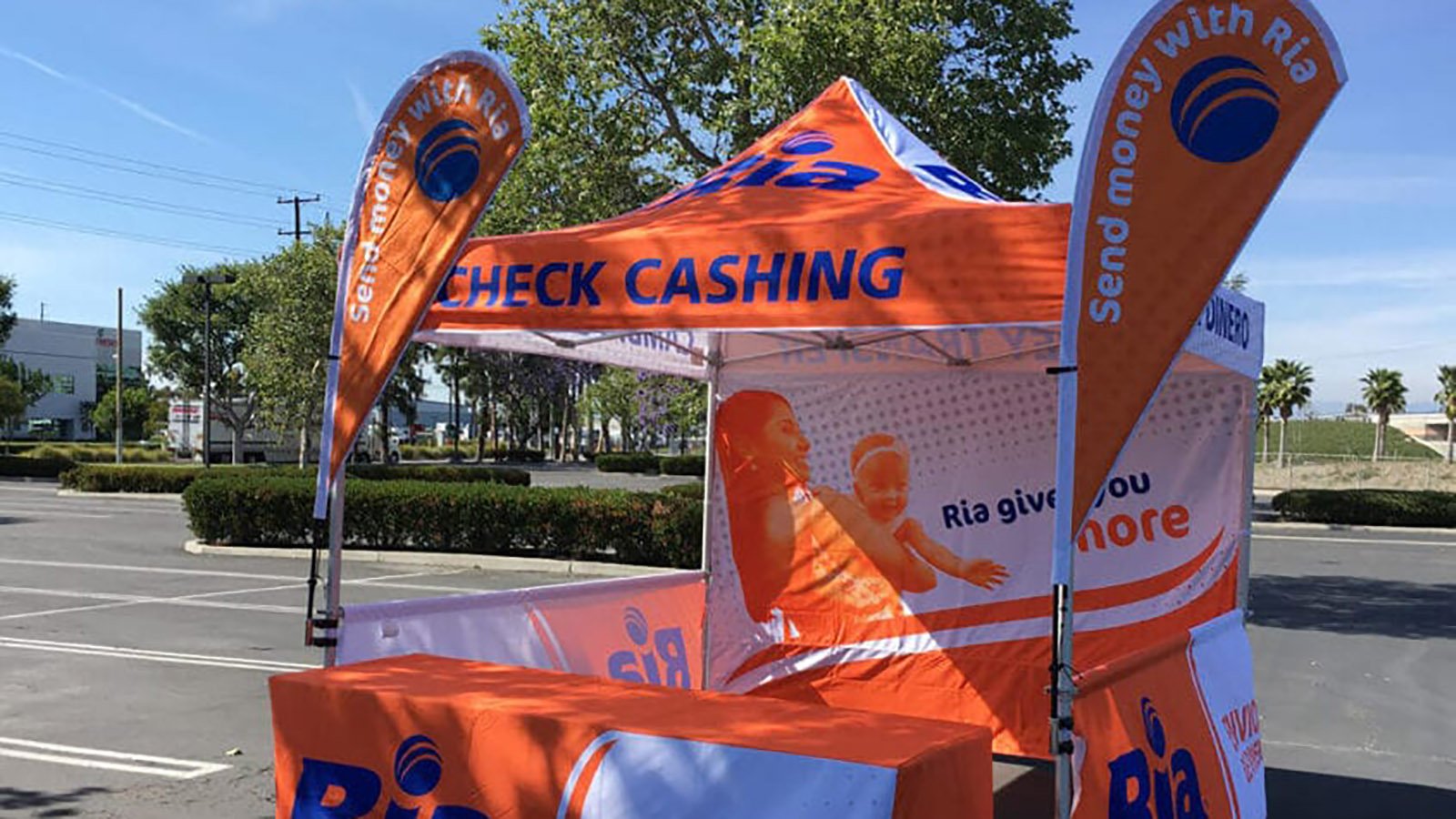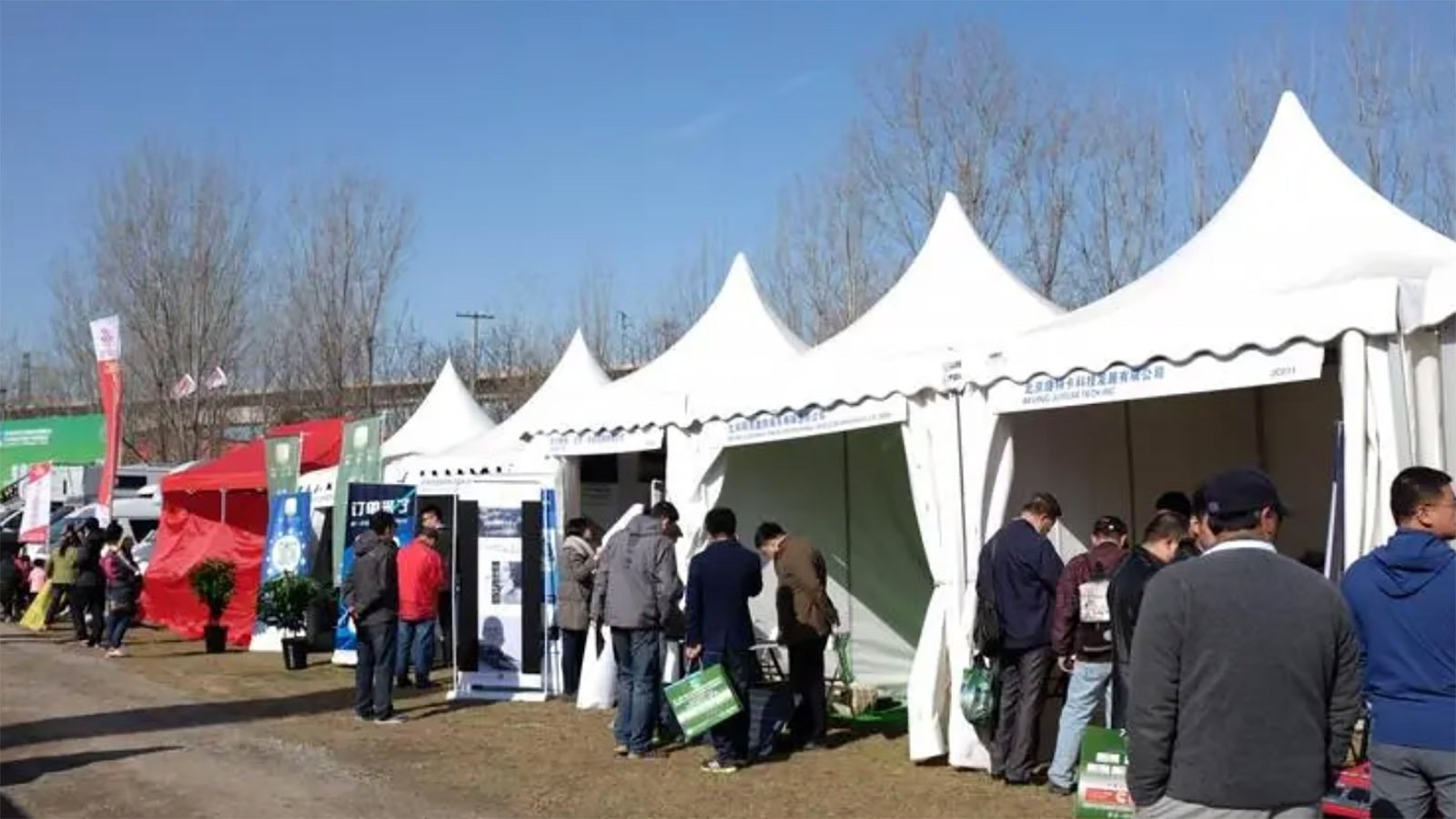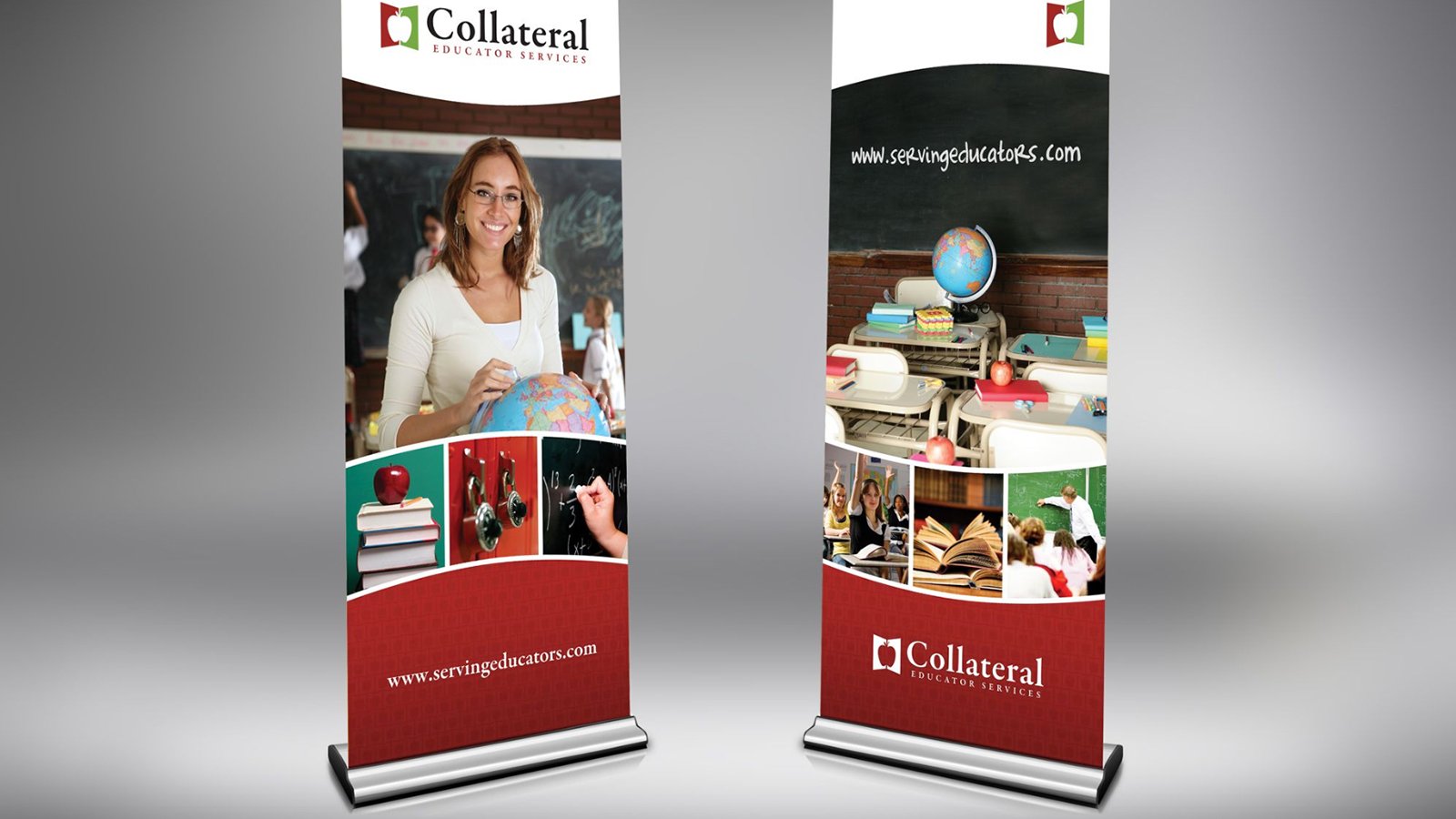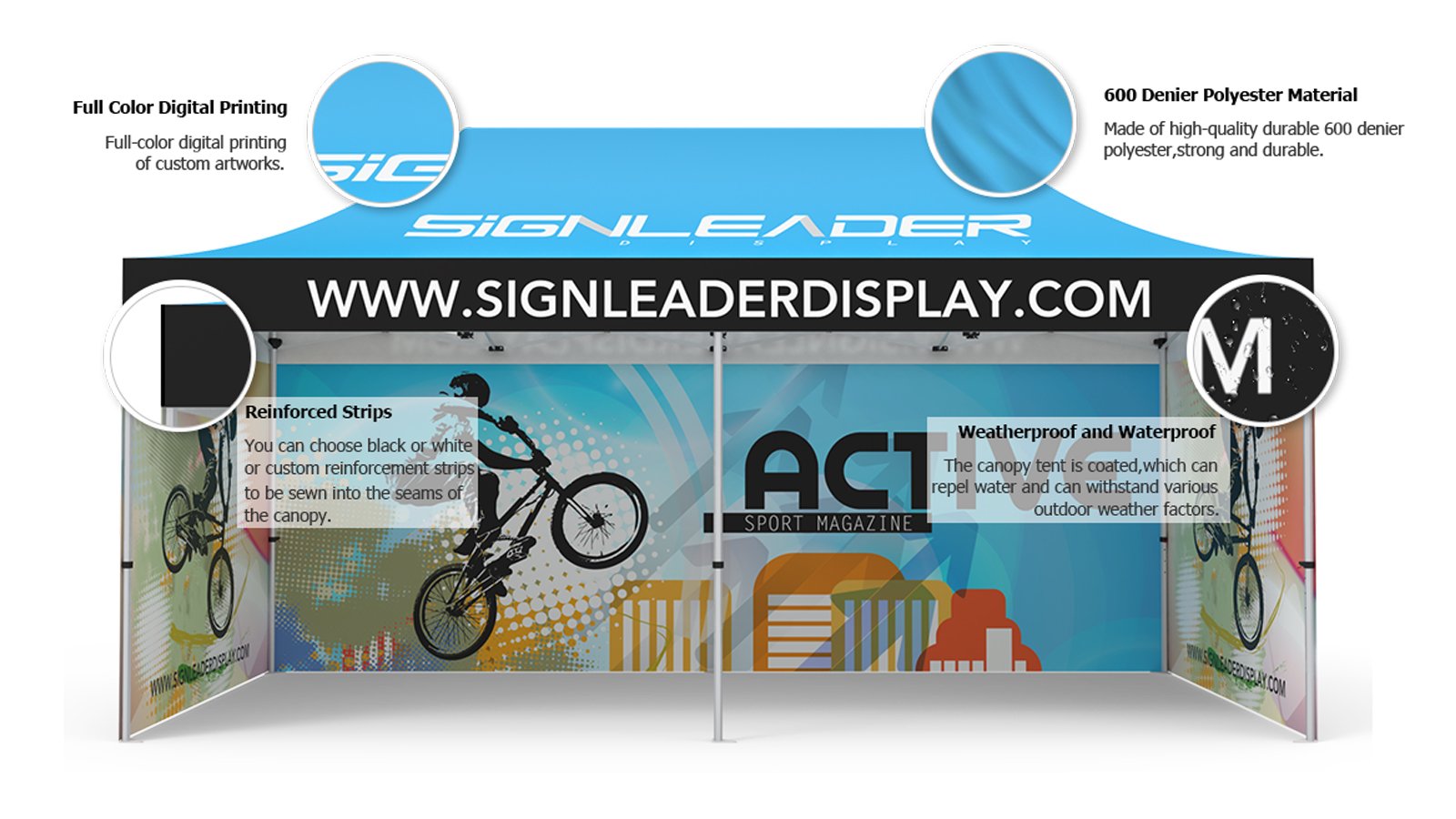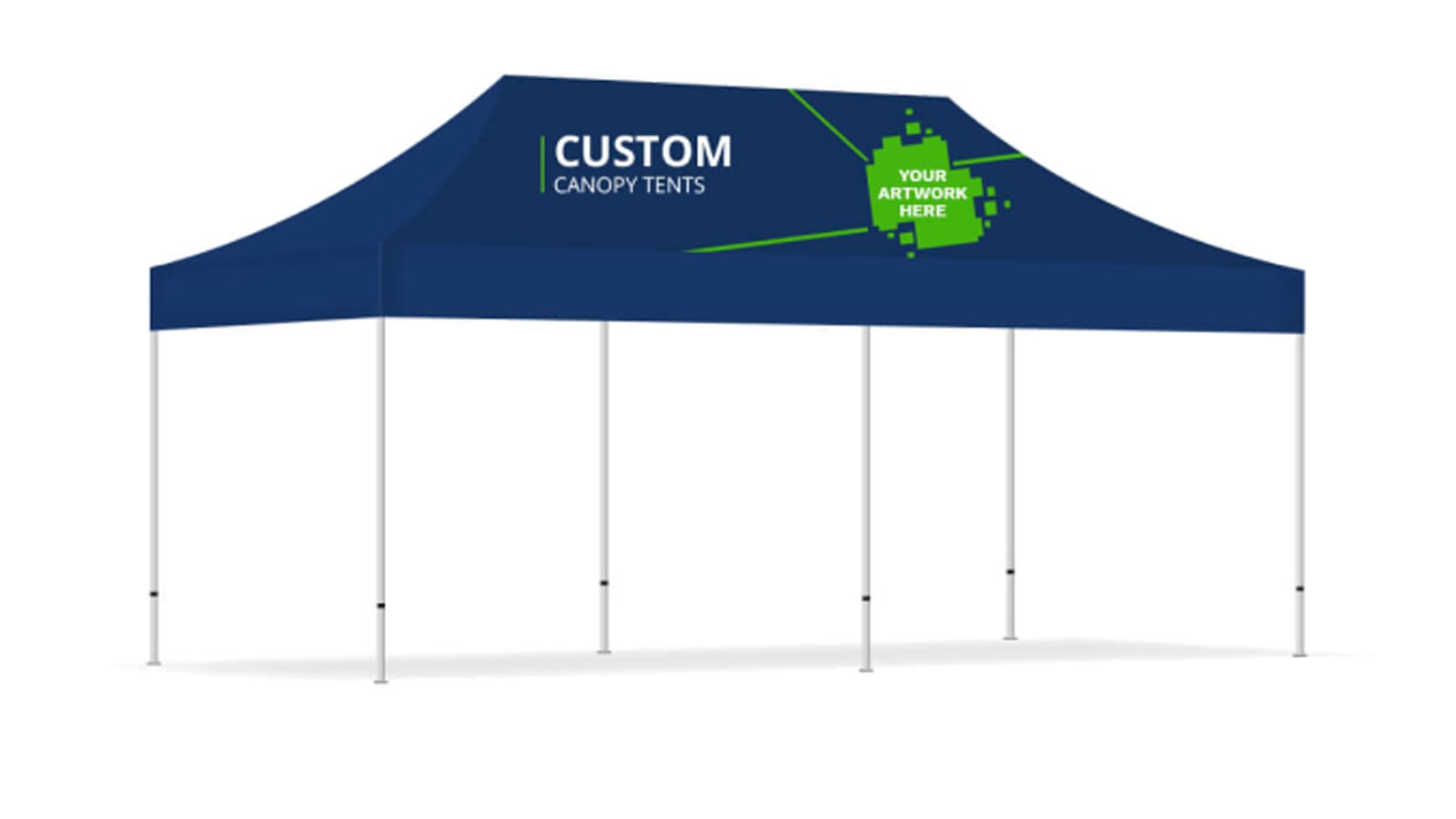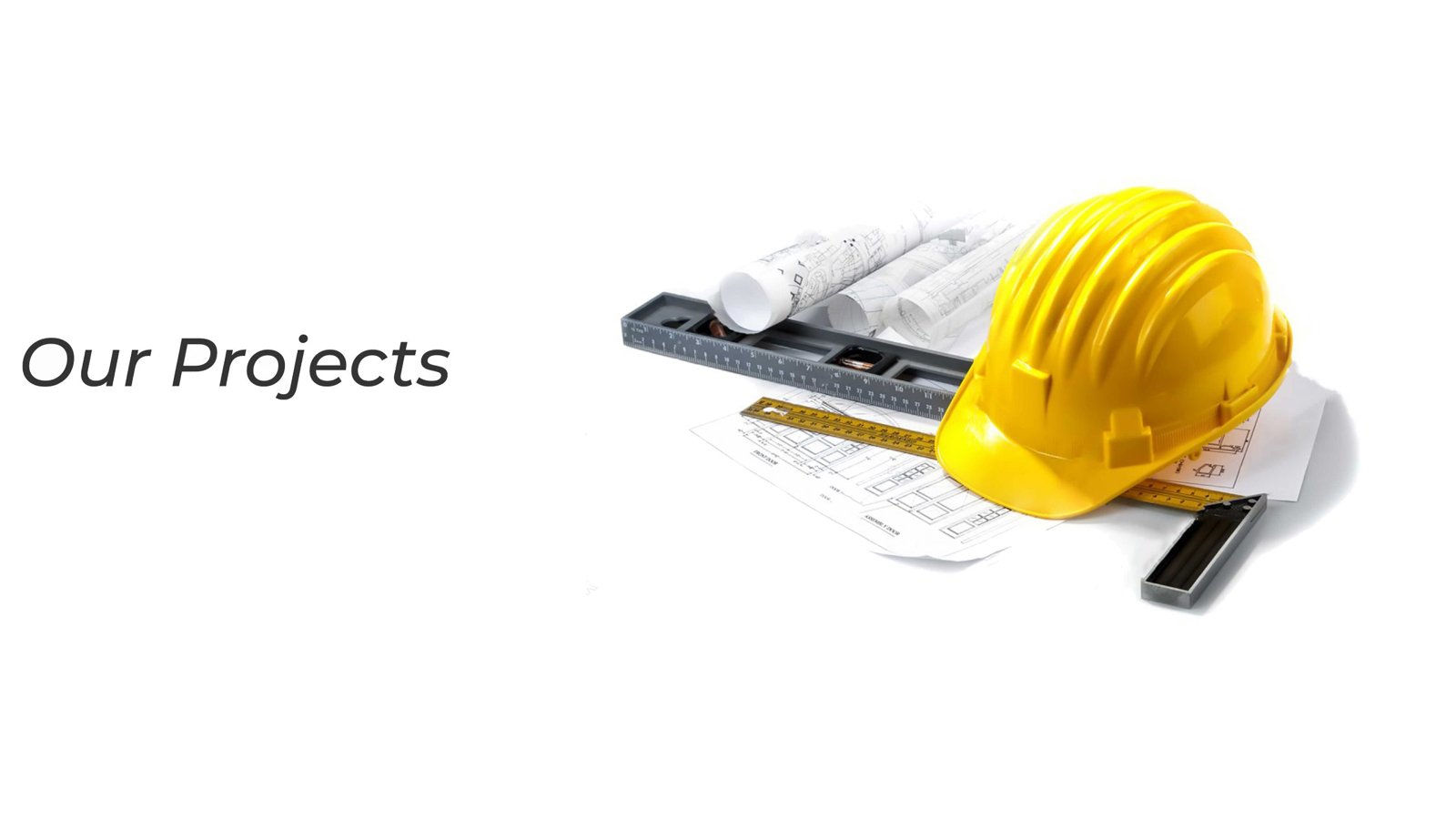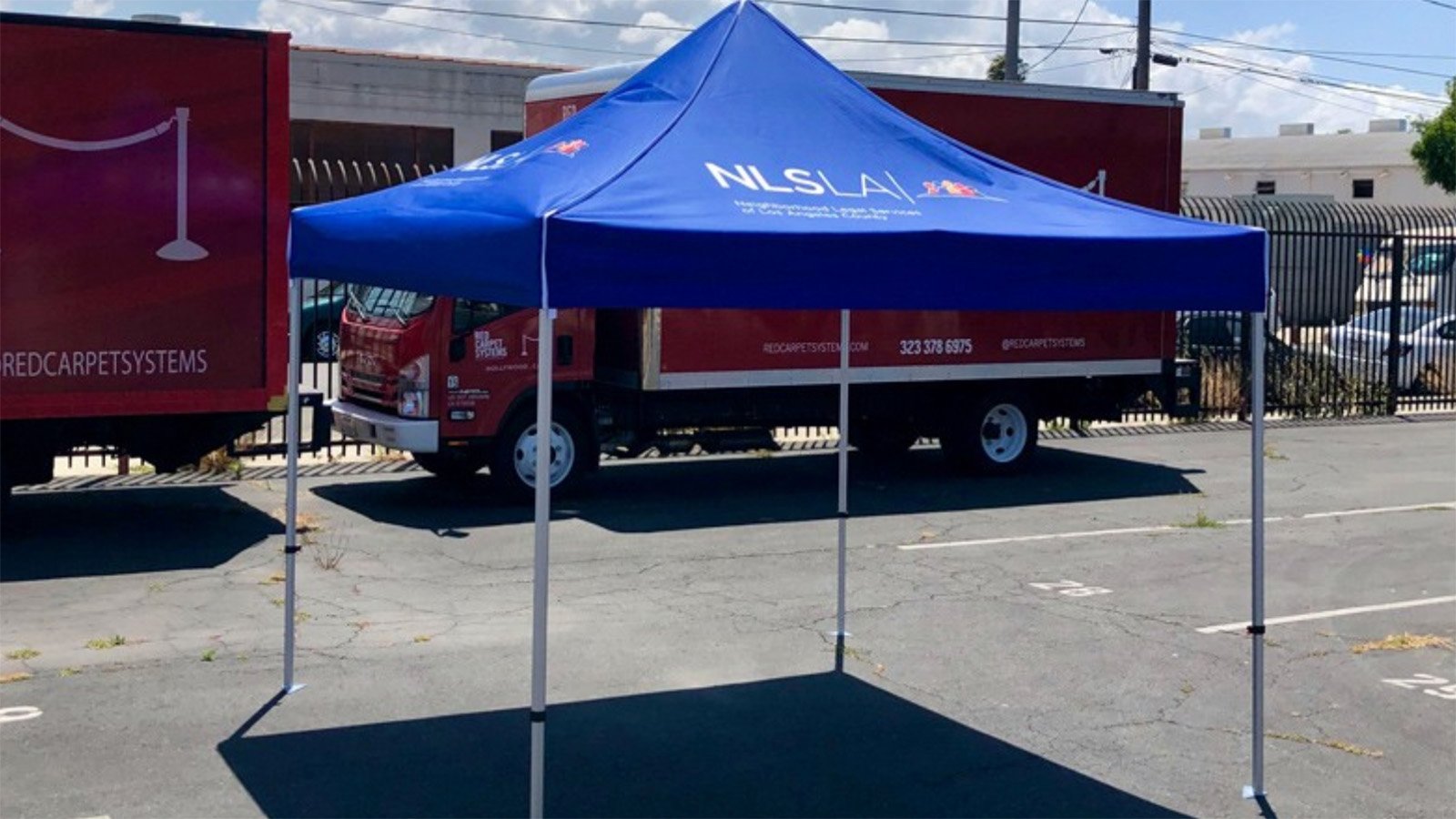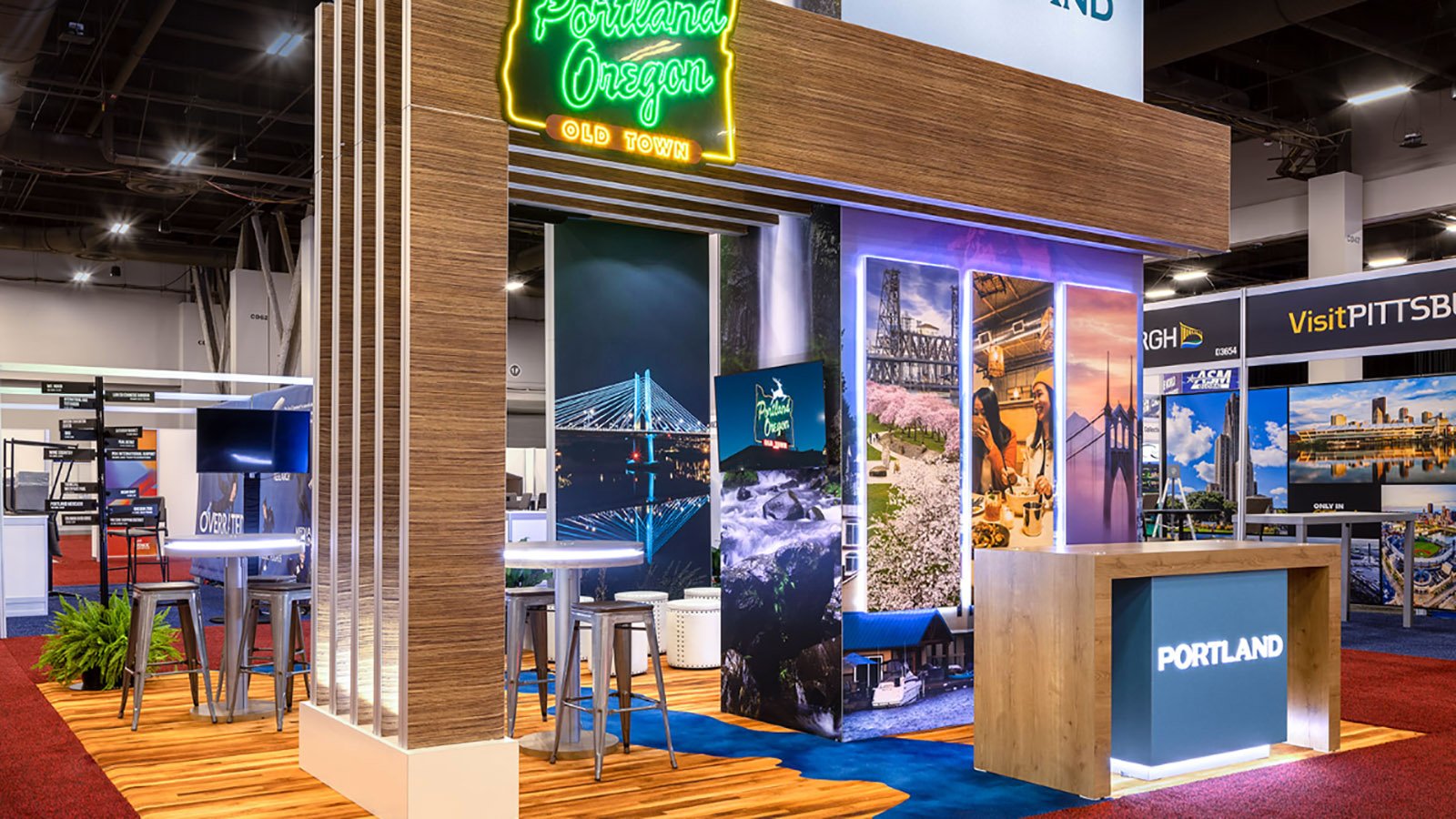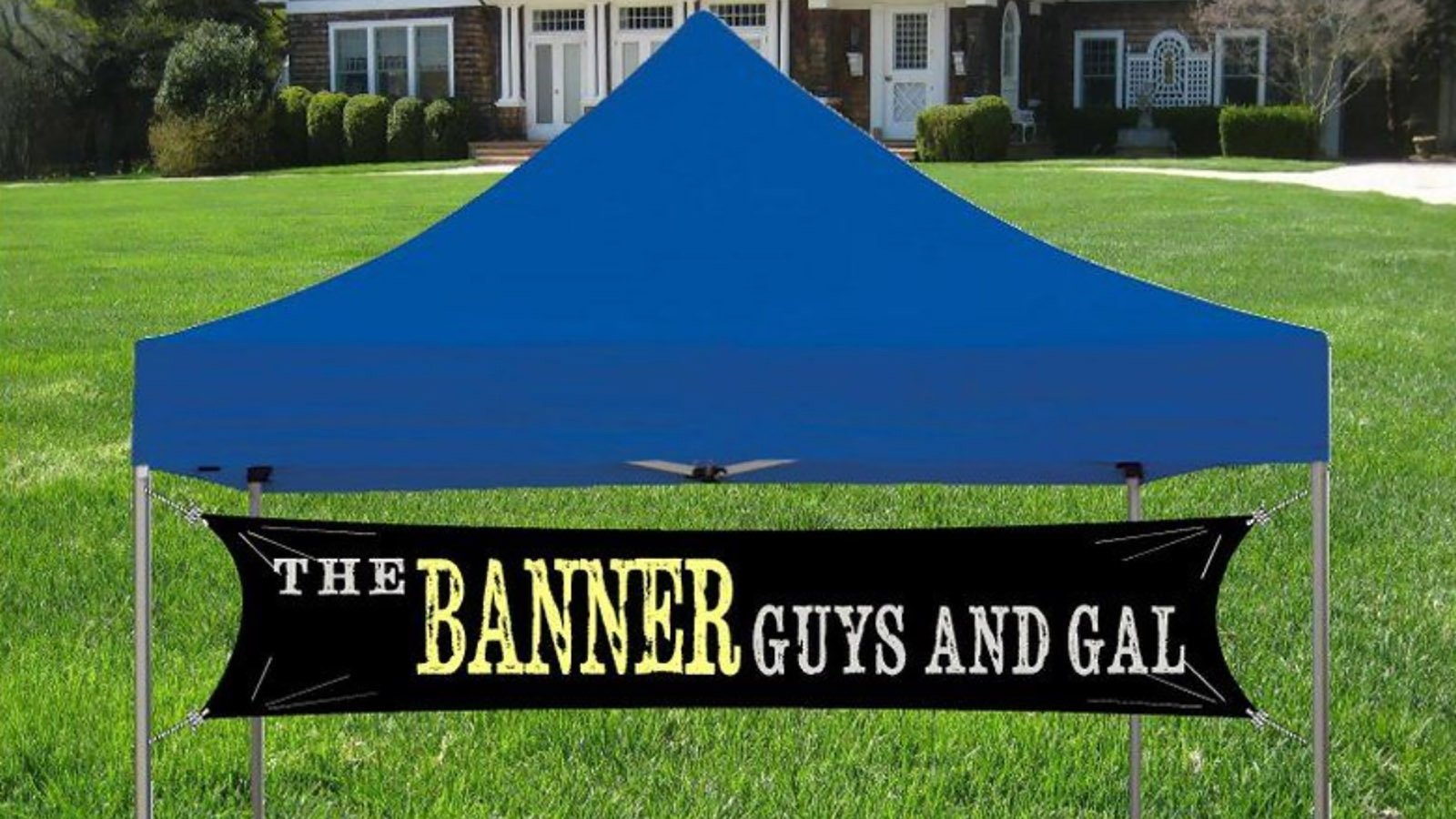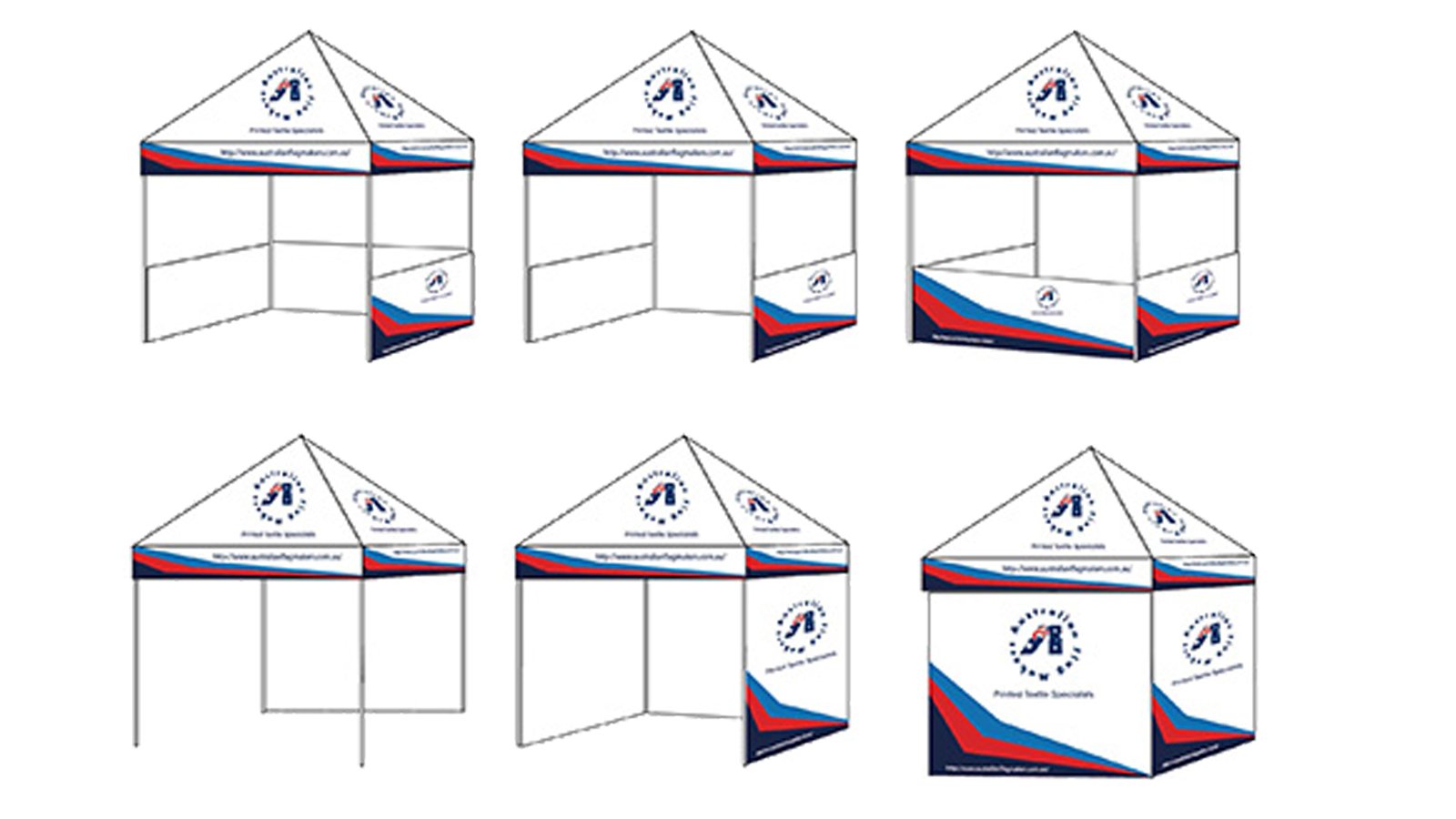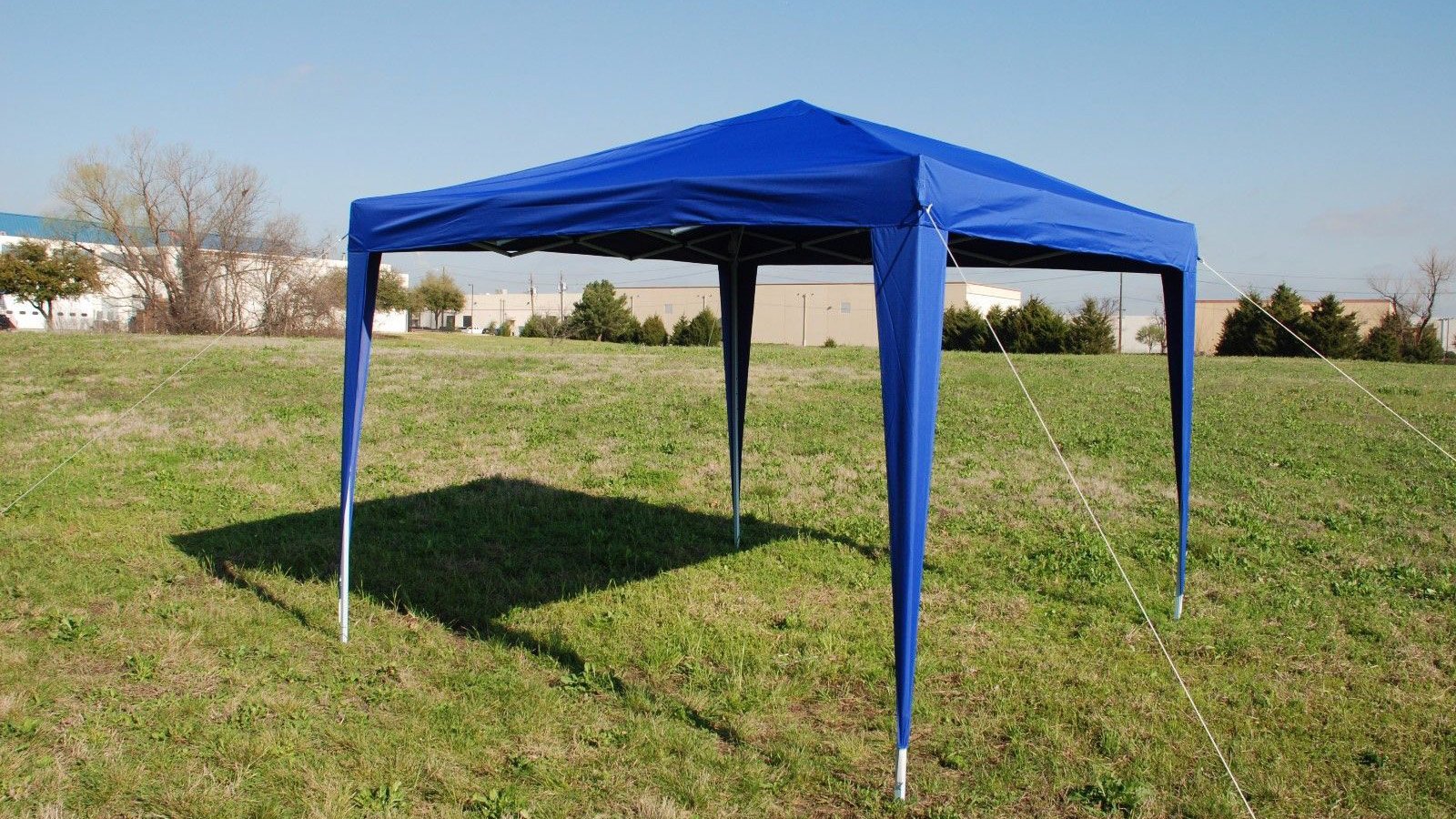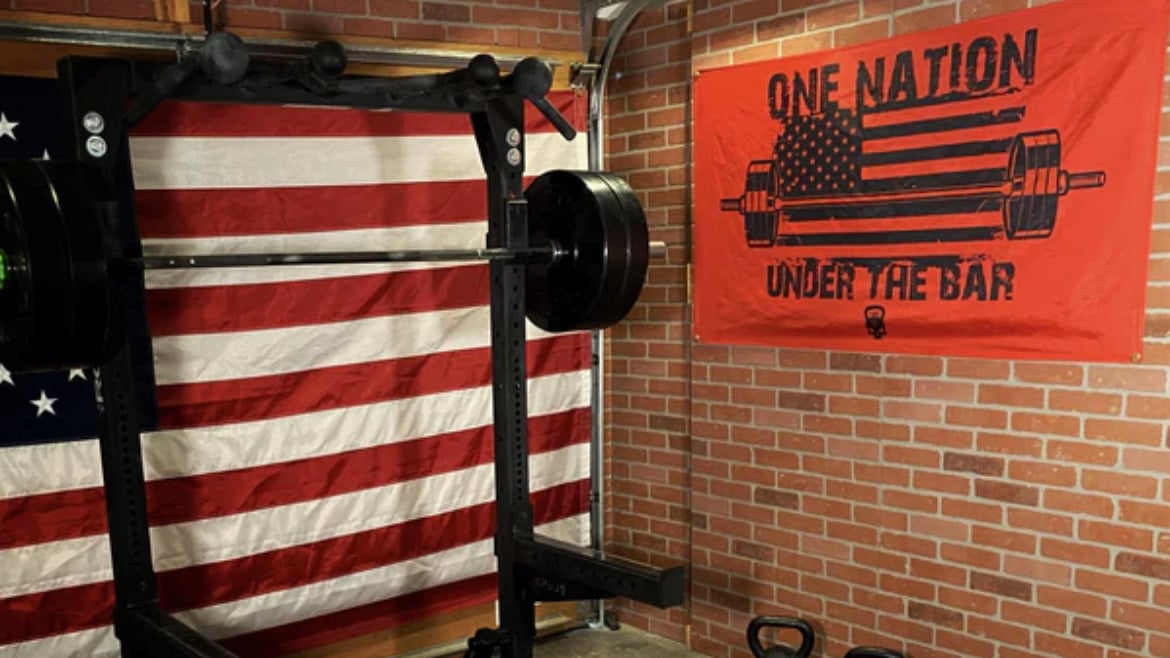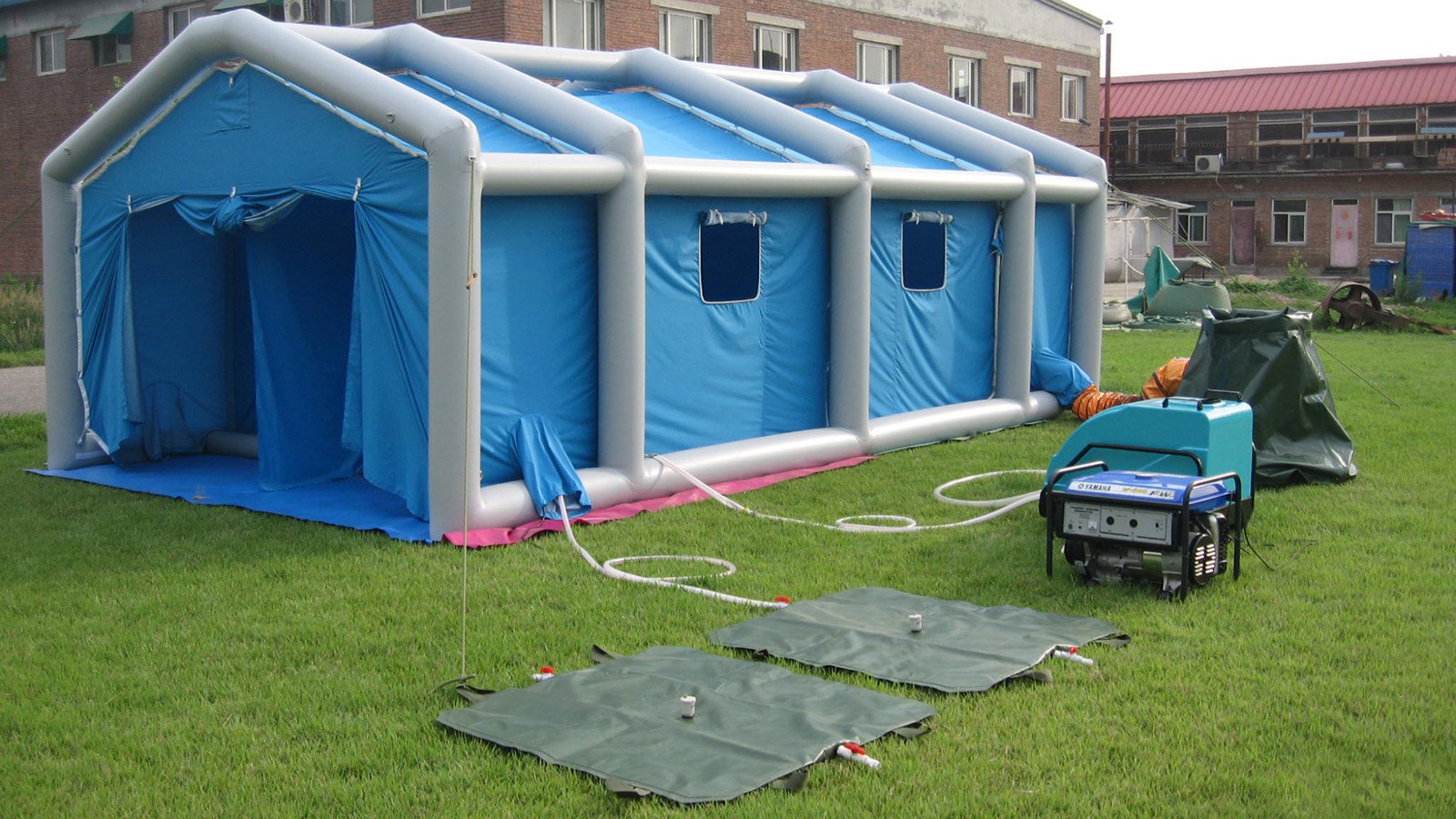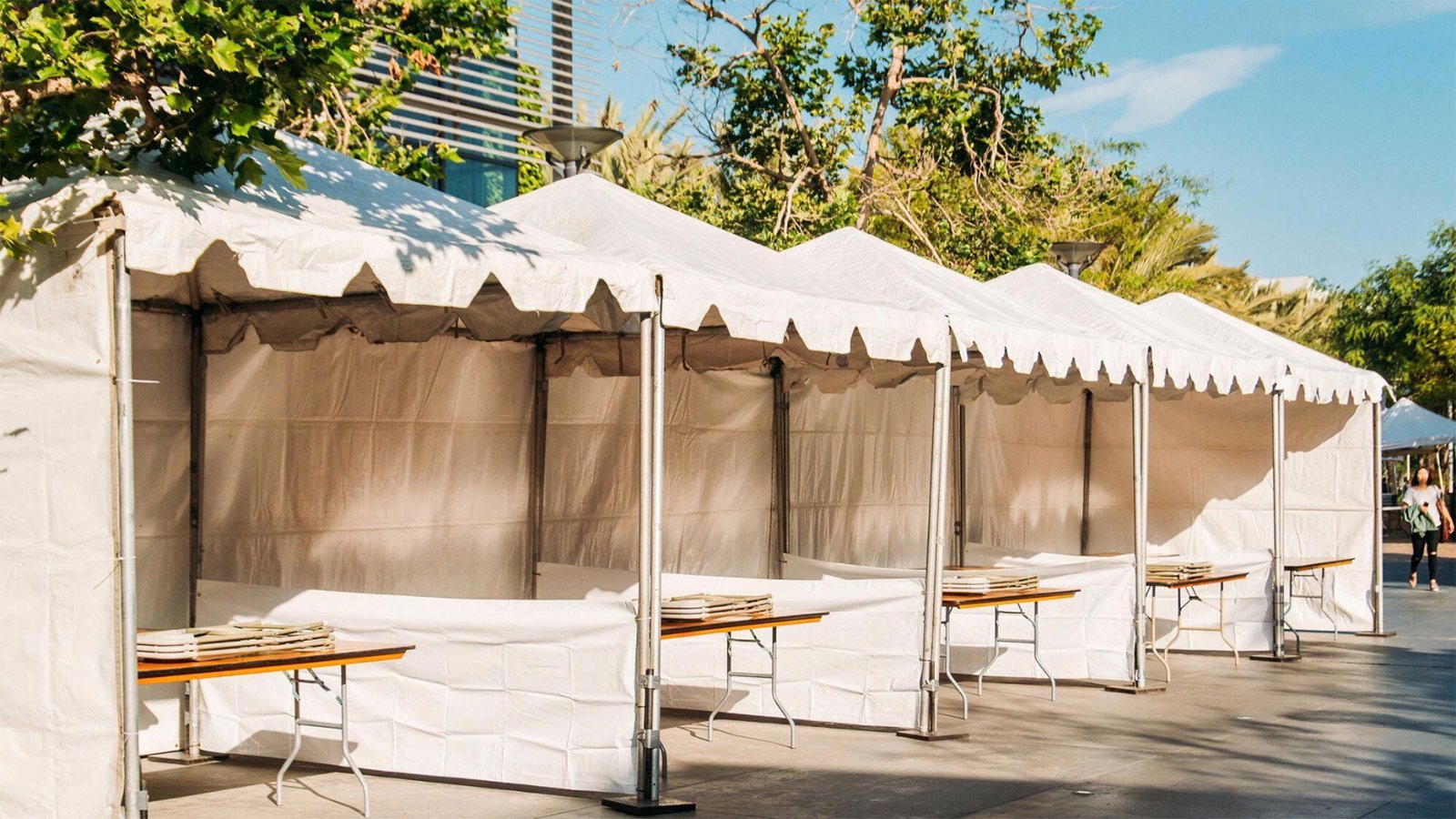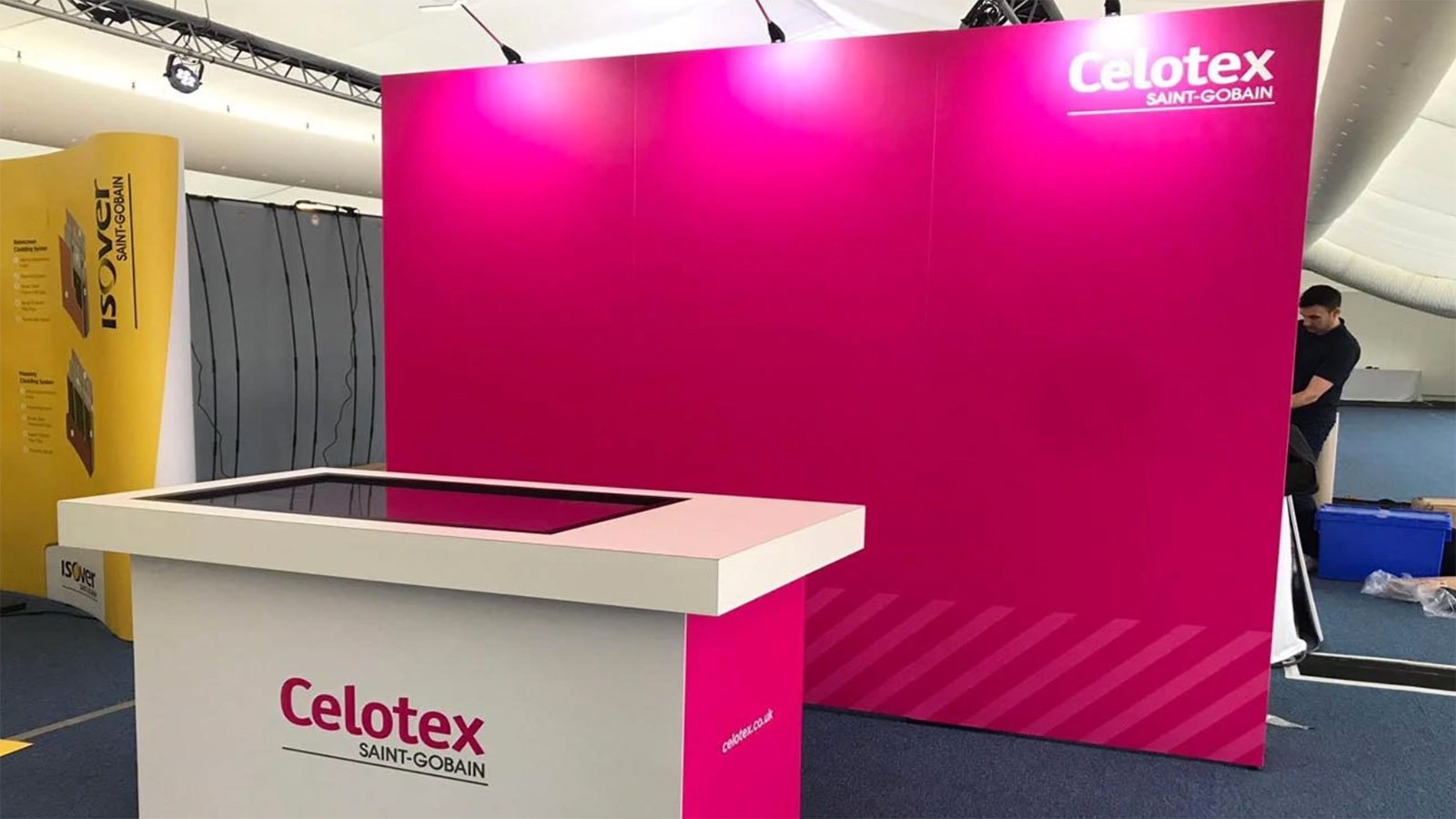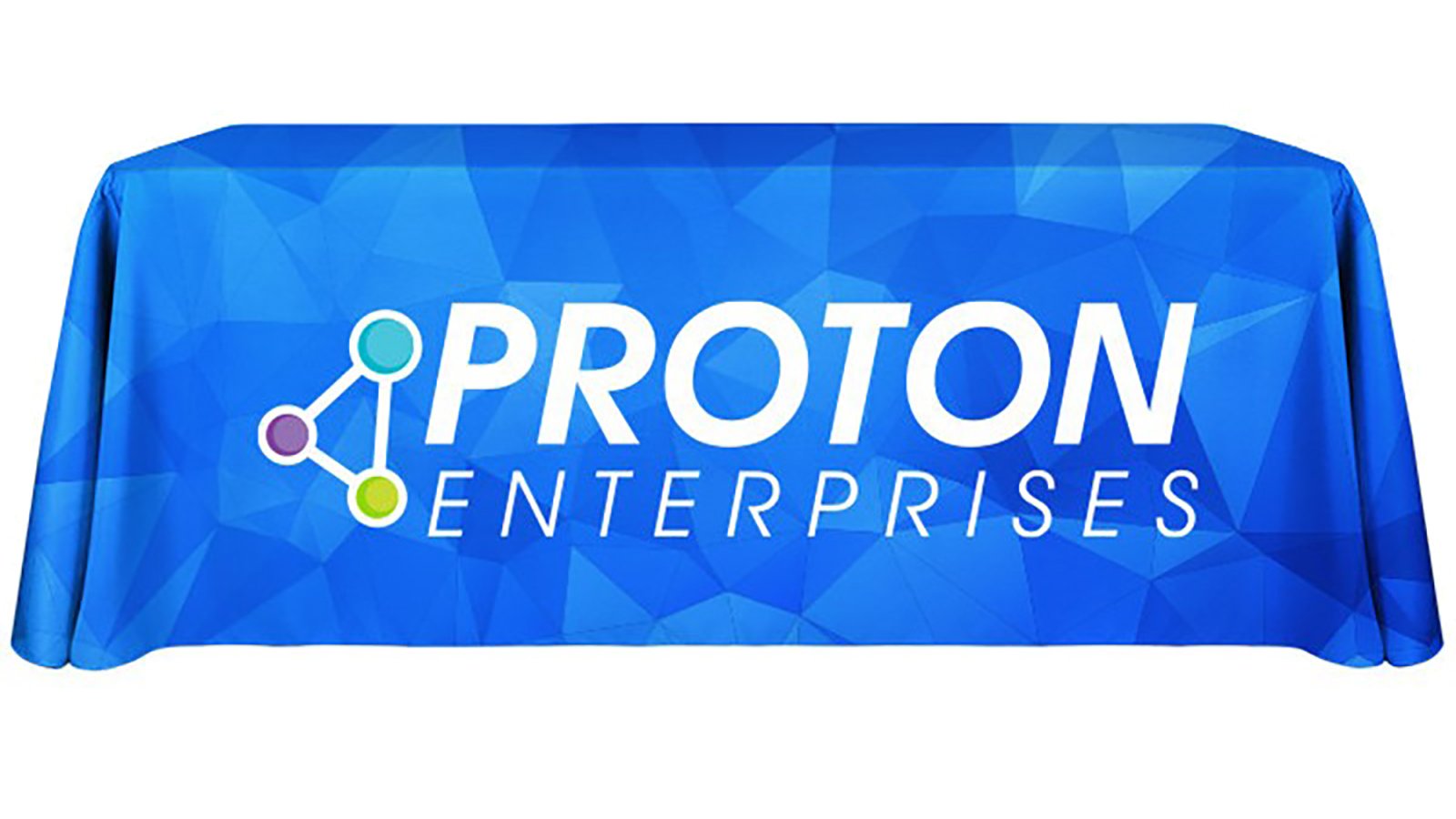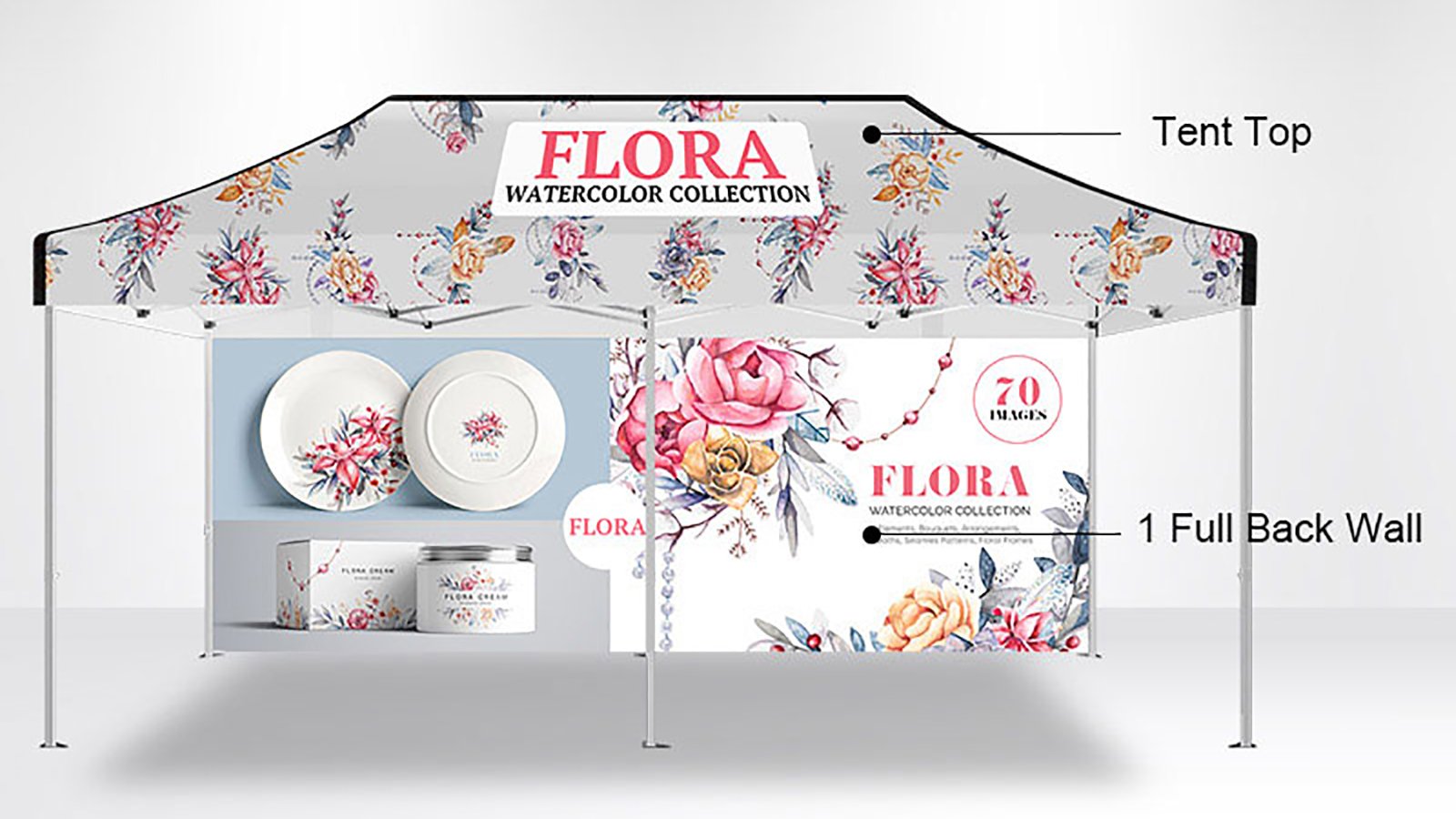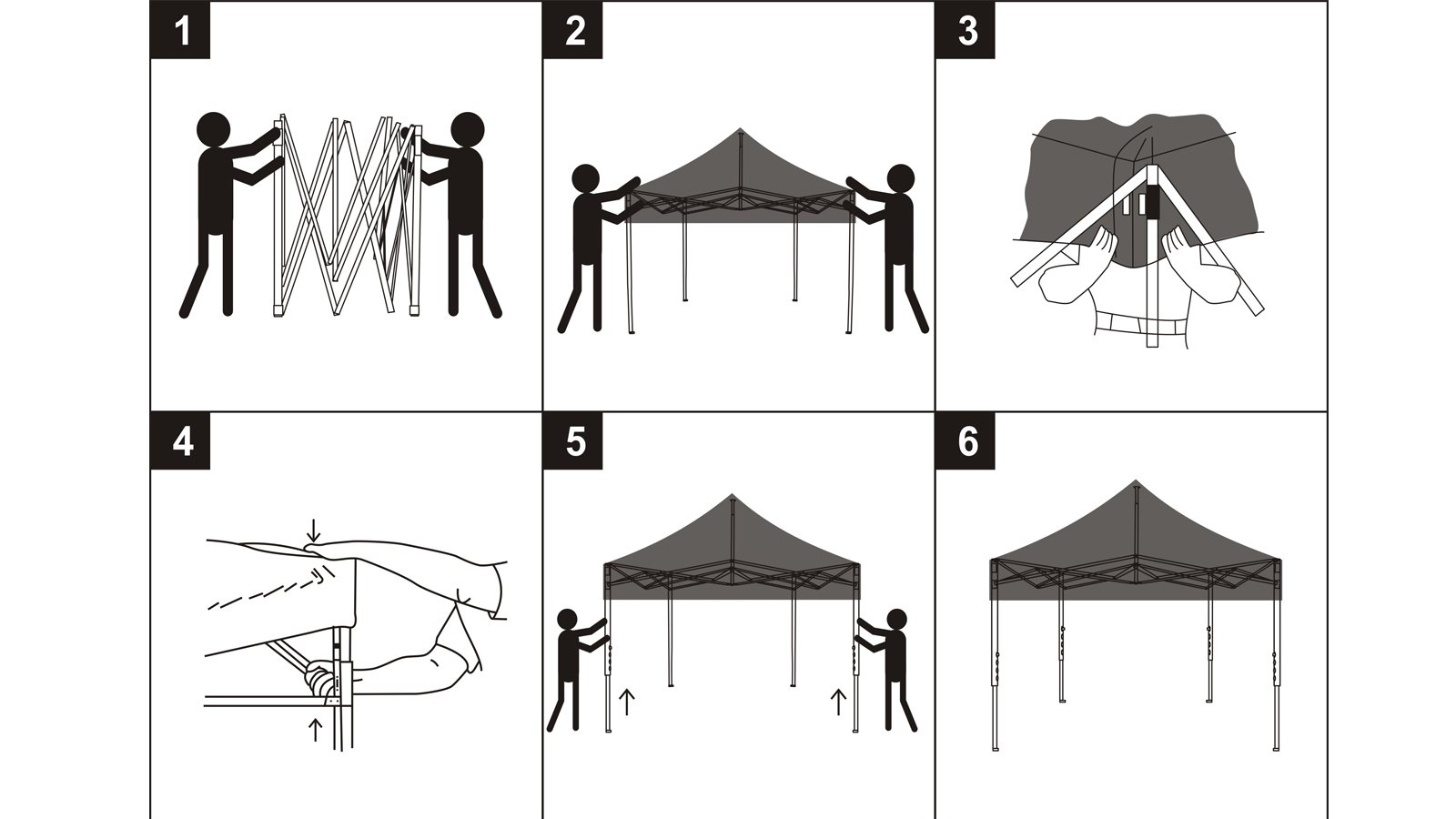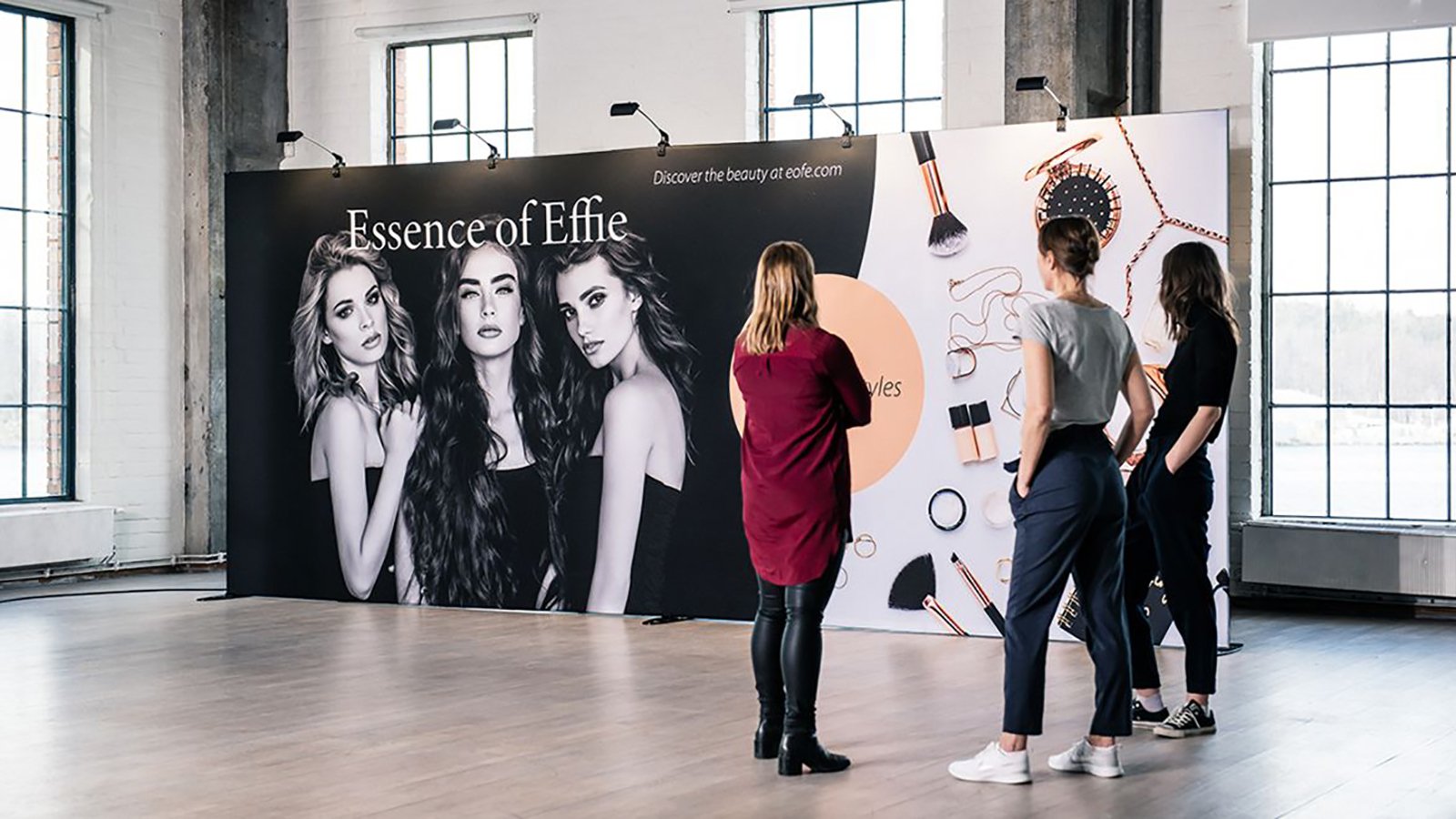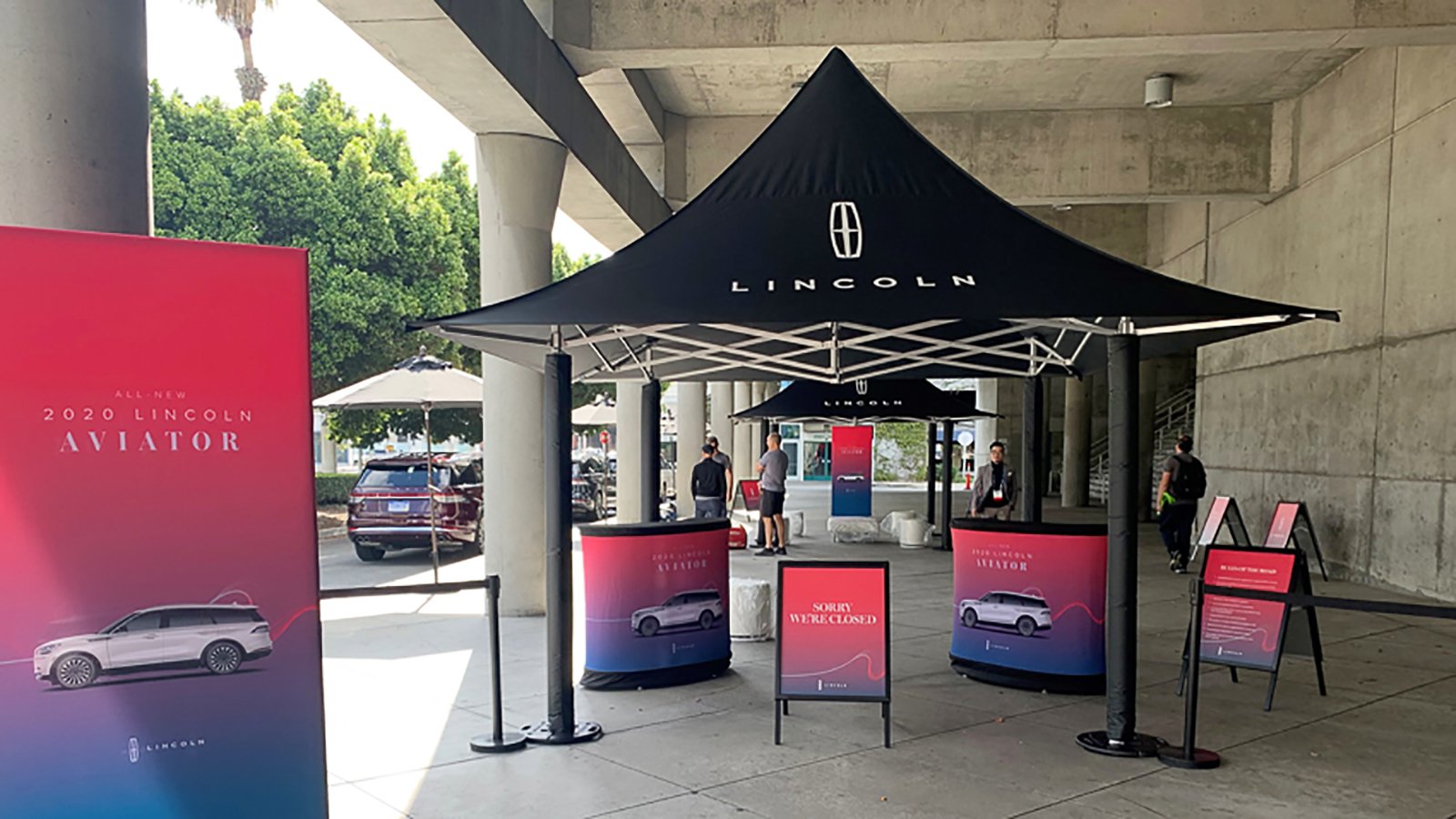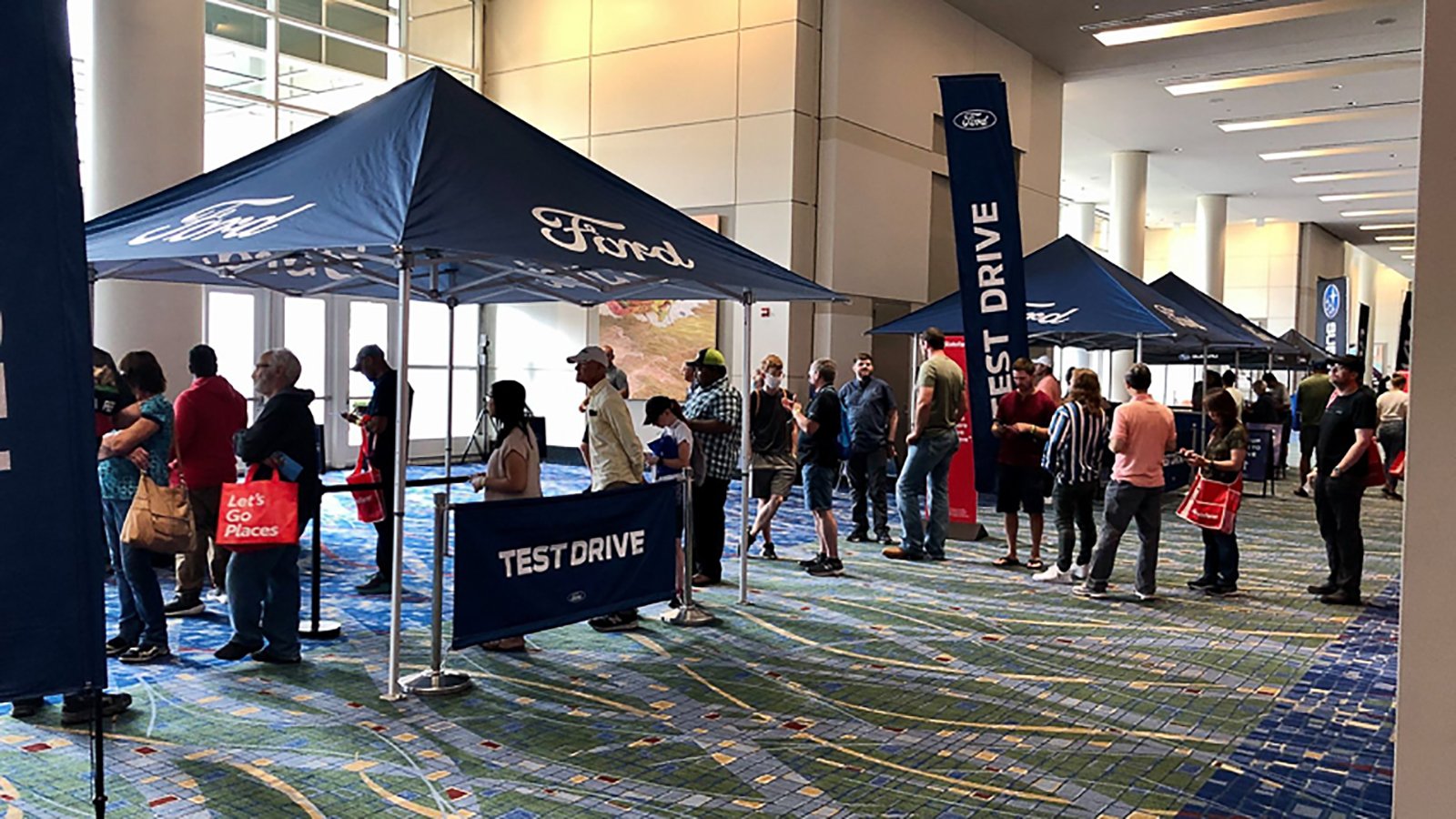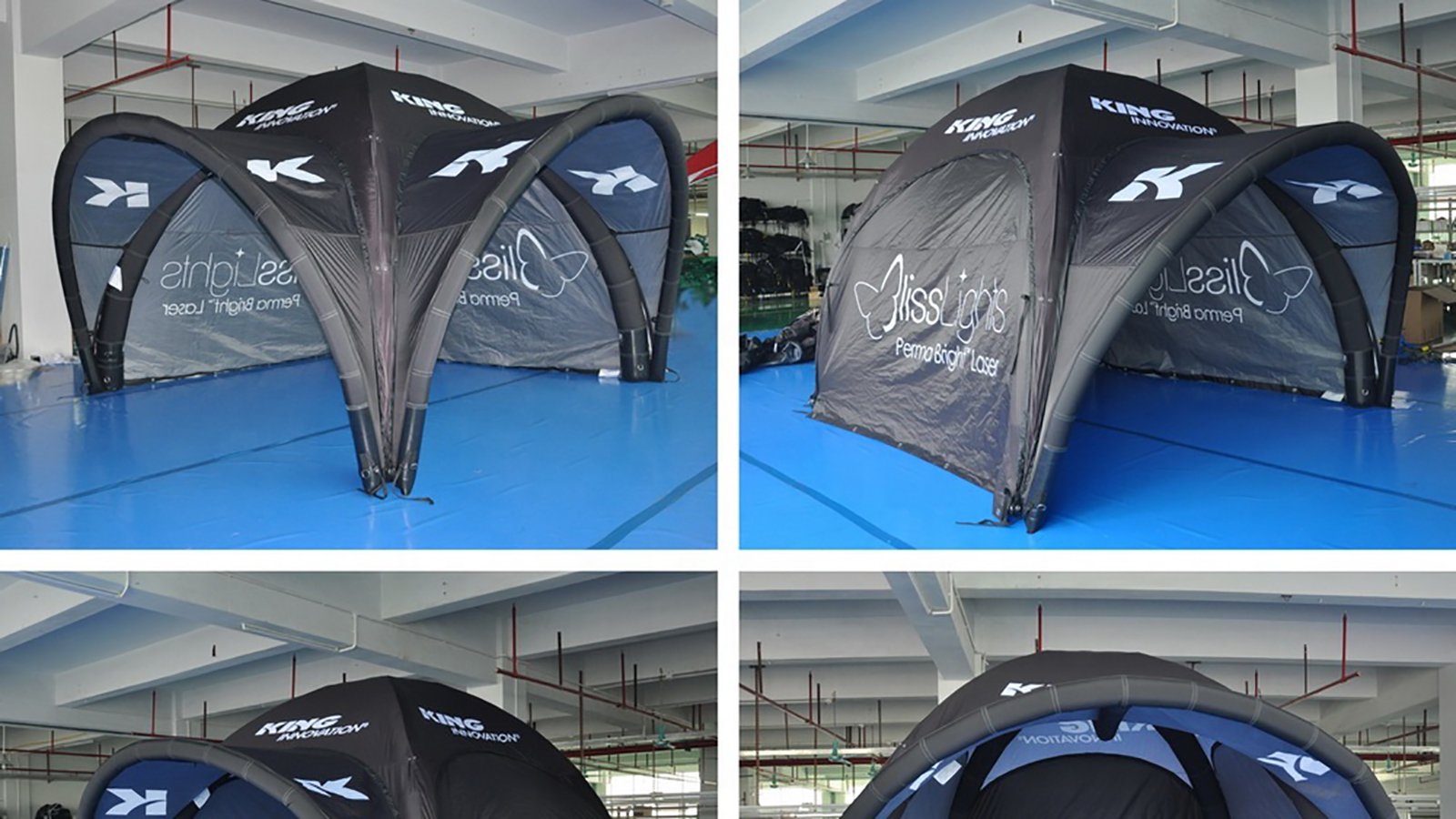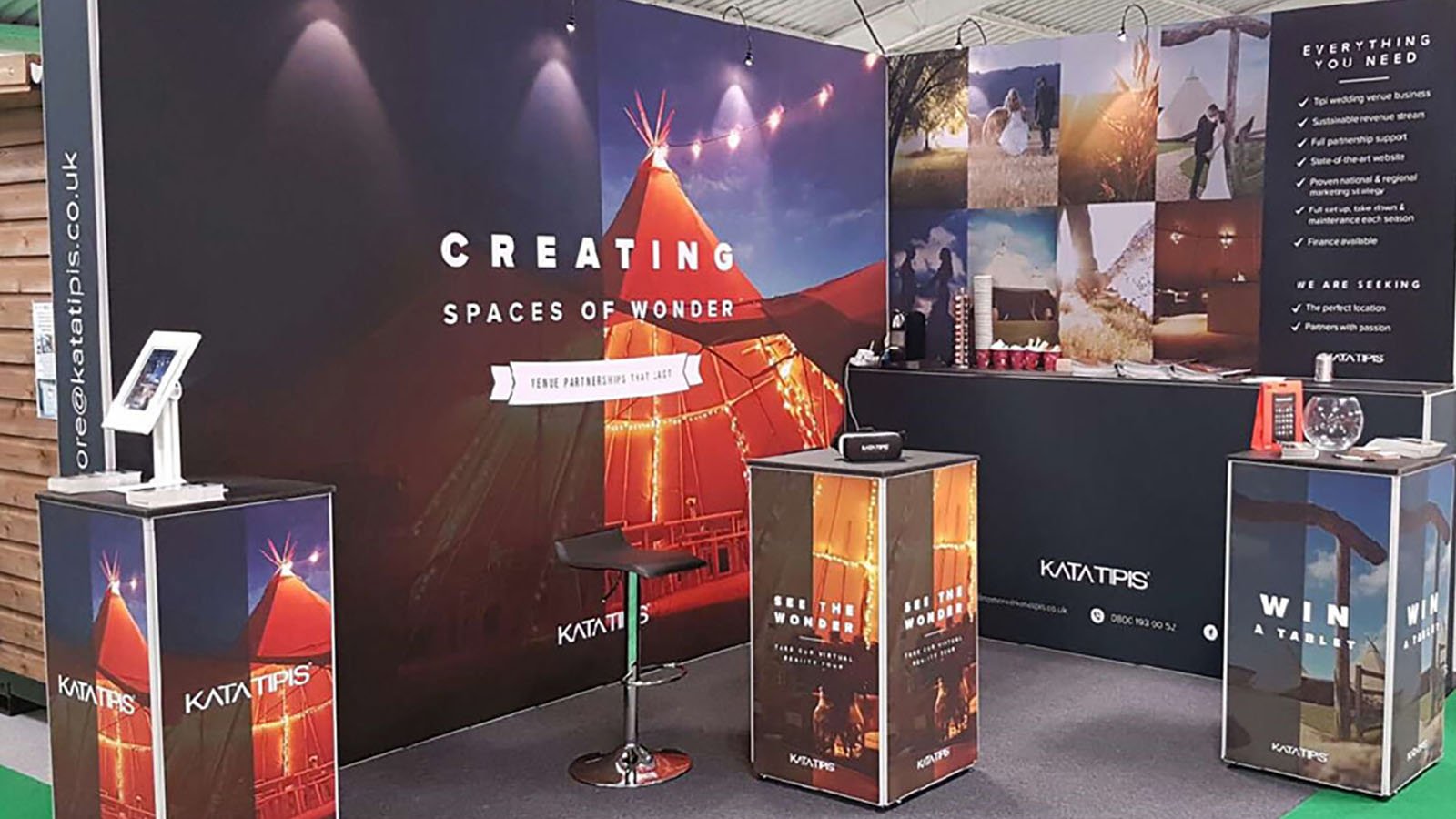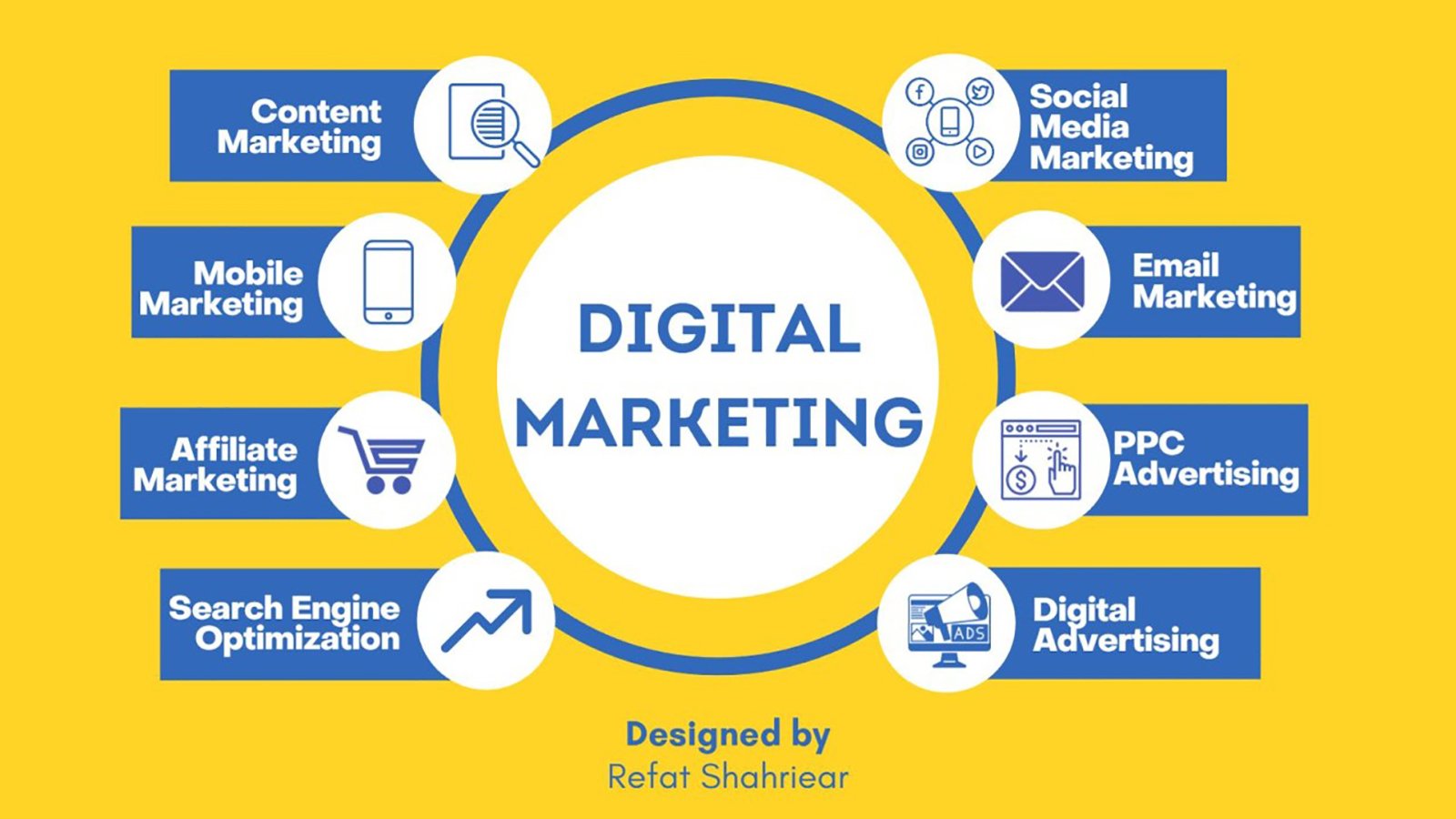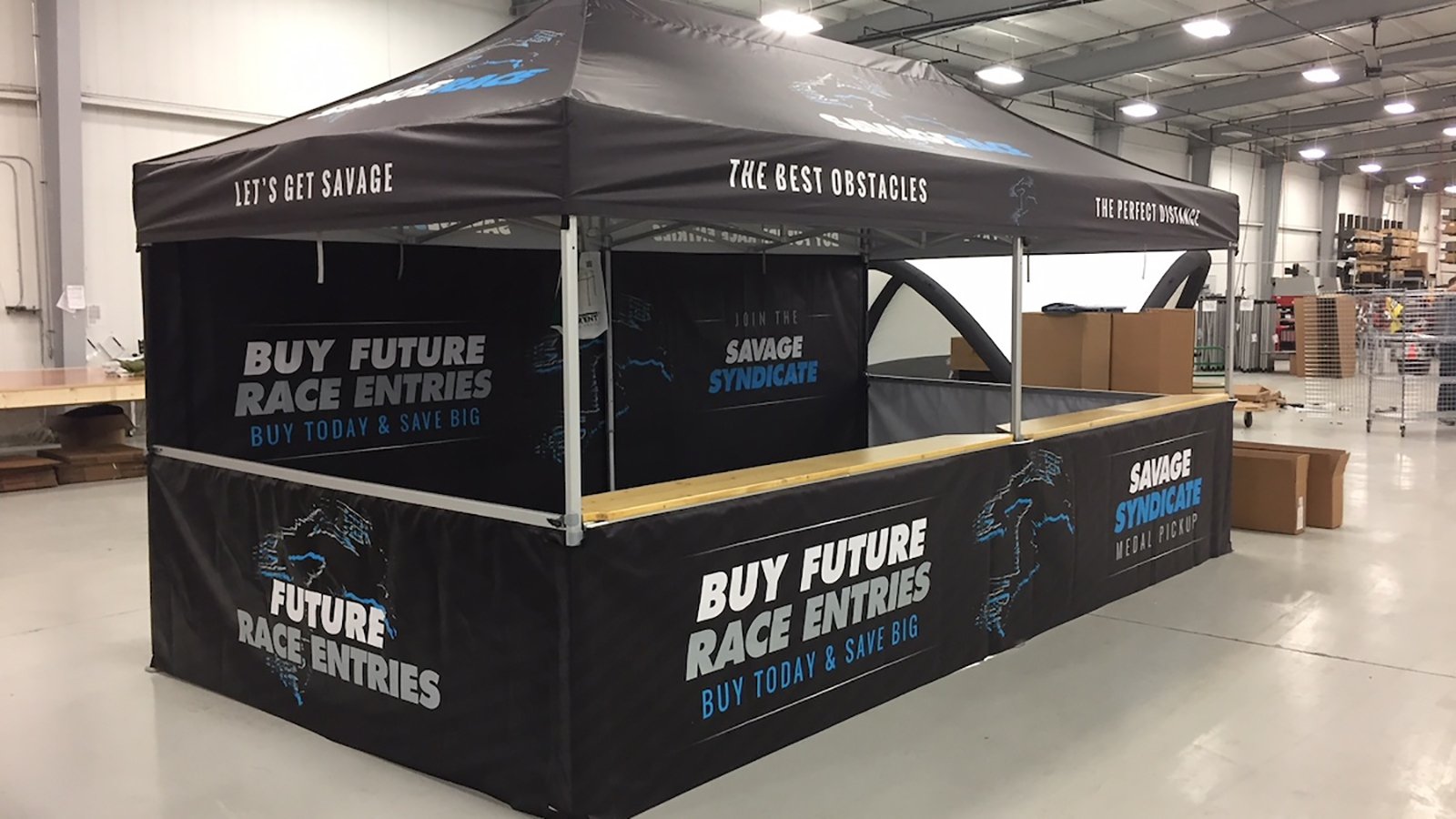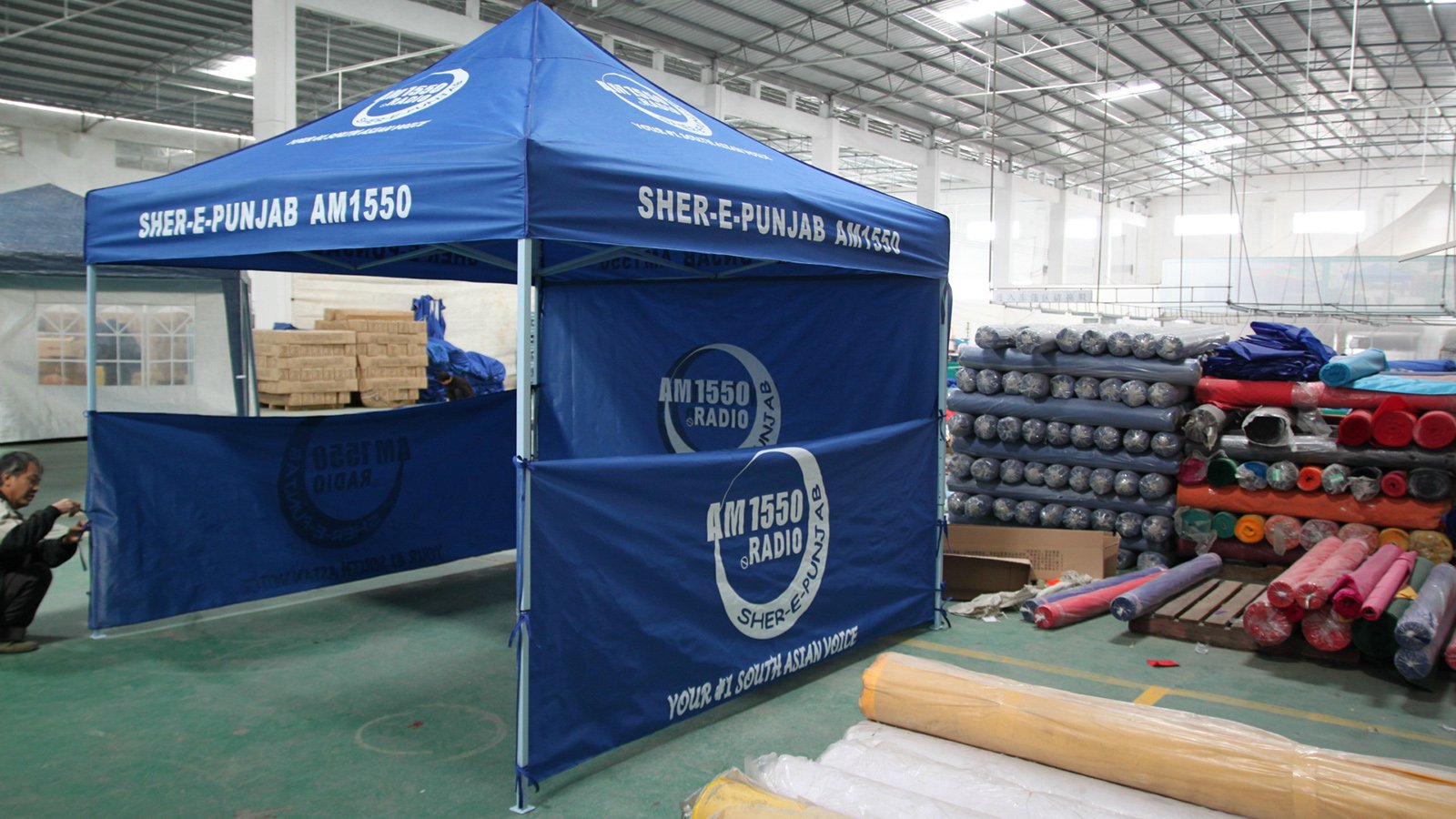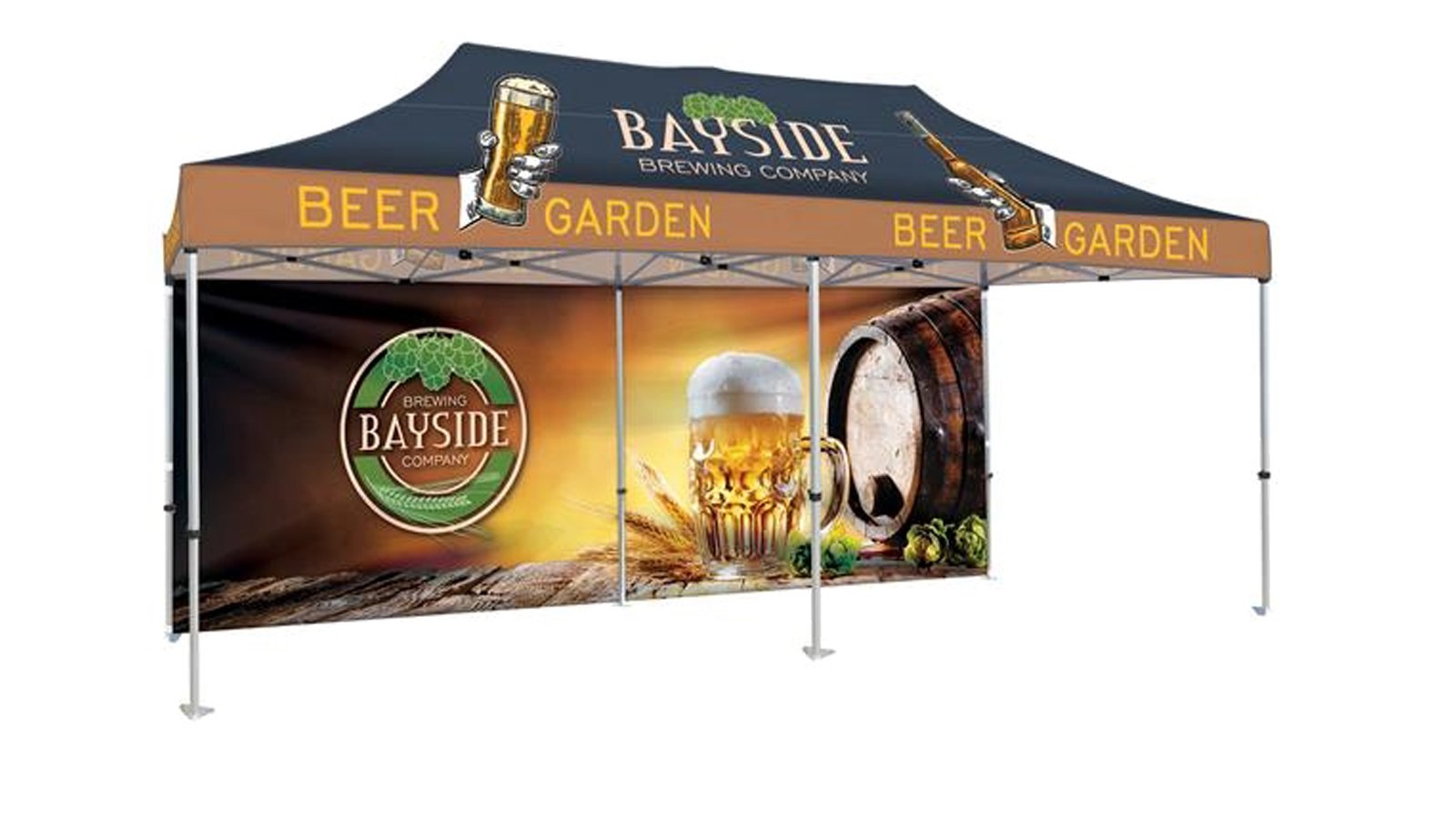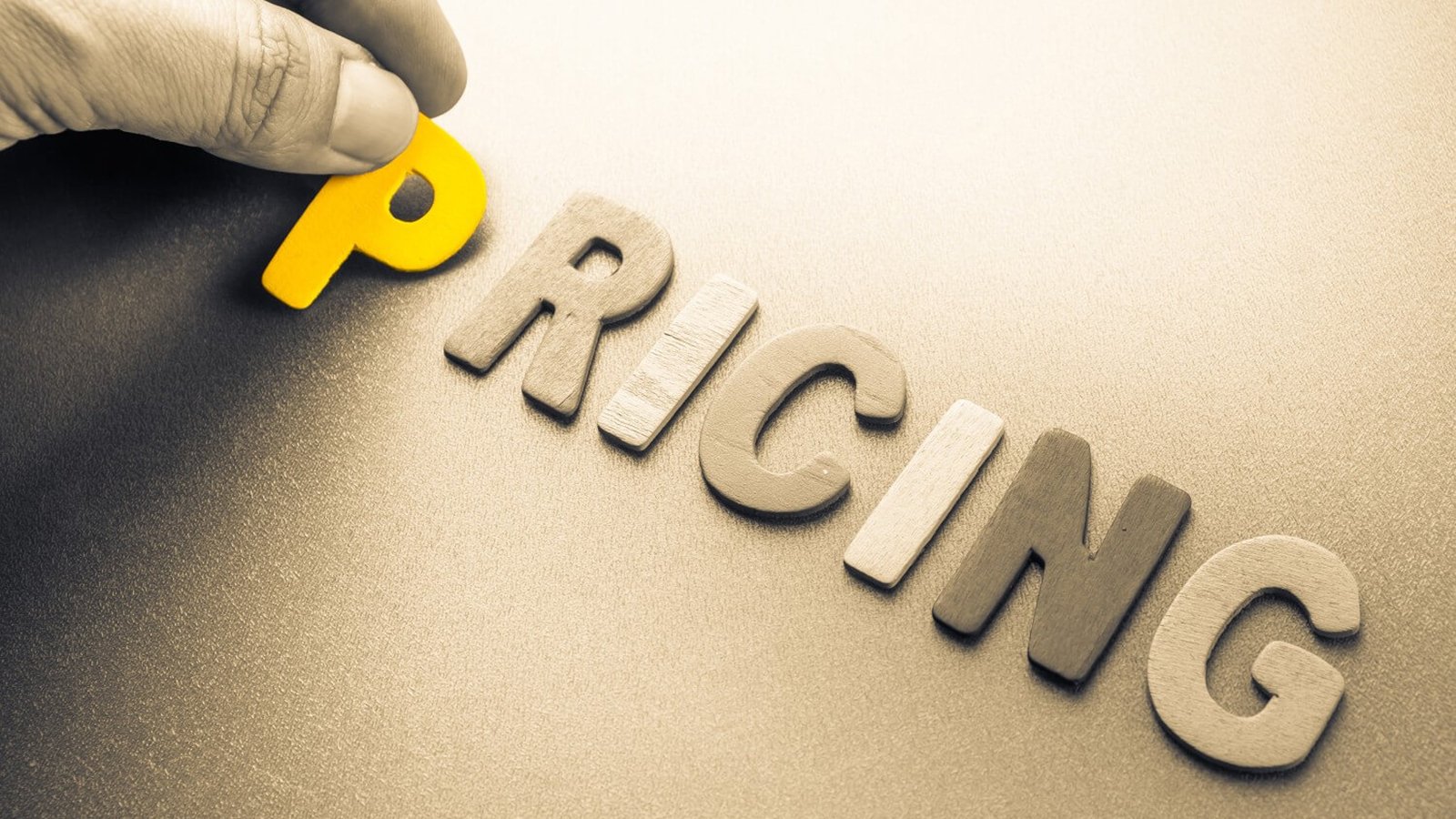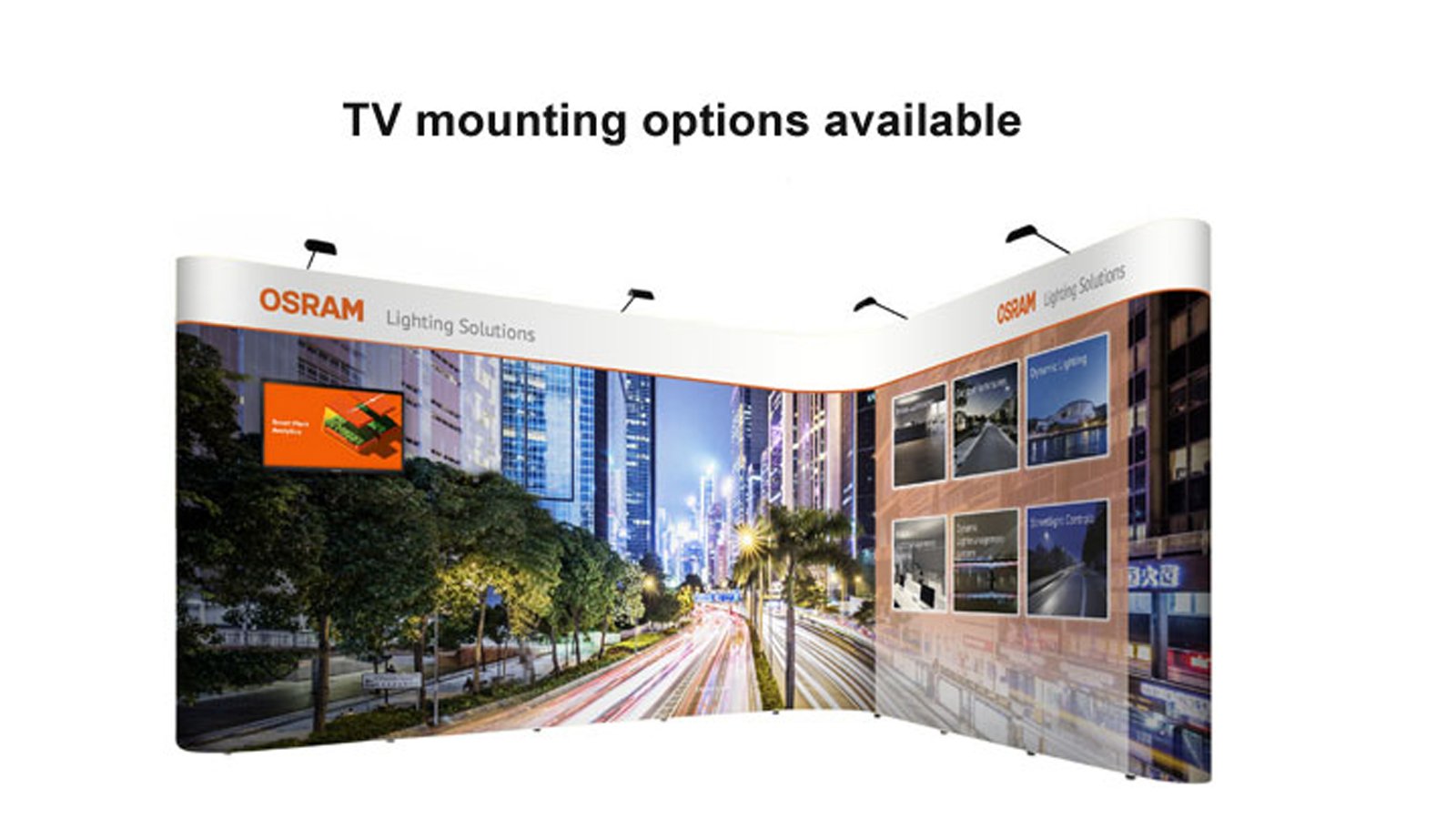The Importance of Properly Preparing for an Exhibition
Preparing for an exhibition can be an overwhelming task, especially if you are new to the art of showcasing your work. However, with careful planning and organization, you can ensure that your exhibition is a success. In this article, we will guide you through the essential steps to prepare for an exhibition, from initial planning to the final touches.
1. Set Clear Goals and Objectives
Before diving into the preparation process, it is crucial to define your goals and objectives for the exhibition. Ask yourself what you hope to achieve by participating in this event. Are you looking to sell your artwork, gain exposure, or network with other artists and professionals? Once you have a clear vision, you can tailor your preparations accordingly.
2. Research and Choose the Right Exhibition
Choosing the right exhibition is paramount to the success of your art. Conduct thorough research to find exhibitions that align with your artistic style, target audience, and objectives. Look for events that have a good reputation, attract a significant number of attendees, and provide a suitable platform for your work. By selecting the right exhibition, you increase your chances of reaching your desired audience and achieving your goals.
3. Create a Budget
Preparing for an exhibition involves various expenses, such as booth fees, transportation, promotional materials, and artwork production costs. To avoid any financial surprises, it is essential to create a budget that outlines all these expenses. Factor in both fixed and variable costs, and be realistic about your available resources. Having a well-defined budget will help you make informed decisions throughout the preparation process.
4. Plan Your Artwork Selection
Deciding which artworks to showcase at the exhibition can be challenging. Consider the theme of the event, the available space, and your target audience's preferences. Aim for a cohesive and visually appealing display that represents your artistic style. It is also advisable to have a backup plan in case any of your selected artworks become unavailable or damaged before the exhibition.
5. Prepare Promotional Materials
Effective promotion is key to attracting visitors to your exhibition booth. Create eye-catching promotional materials, such as brochures, business cards, and posters, that reflect your artistic style. Include essential information, such as your name, contact details, and social media handles. Distribute these materials in relevant locations, such as art galleries, cafes, and community centers, to generate buzz and interest in your exhibition.
6. Design Your Exhibition Booth
Your exhibition booth should be visually appealing and welcoming to visitors. Consider the layout, lighting, and overall ambiance of the space. Use colors, textures, and props that complement your artwork. Pay attention to the ergonomics of your booth, ensuring that it allows for easy navigation and interaction with visitors. A well-designed booth will leave a lasting impression on attendees and enhance the overall experience.
7. Prepare Your Artist Statement
An artist statement is a concise and compelling description of your artistic practice and the concepts behind your work. Prepare a well-crafted artist statement that clearly communicates your artistic vision, influences, and intentions. This statement will serve as an introduction to your work for attendees and can encourage meaningful conversations and connections.
8. Practice Your Elevator Pitch
An elevator pitch is a brief, persuasive speech that summarizes your artwork and artistic practice. Prepare a succinct and engaging elevator pitch that you can deliver confidently and comfortably. This pitch will come in handy when interacting with visitors, potential buyers, or gallery owners. Practice it until it becomes second nature, allowing you to effortlessly communicate your unique artistic voice.
9. Network and Collaborate
An exhibition is not only an opportunity to showcase your work, but also a chance to connect with other artists and professionals in the industry. Attend networking events, engage in conversations, and exchange contact information with fellow exhibitors and visitors. Collaboration opportunities may arise from these connections, leading to future exhibitions, joint projects, or gallery representation.
10. Evaluate and Learn from the Experience
After the exhibition, take the time to evaluate your experience and reflect on the results. Assess whether you achieved your goals and objectives, and identify areas for improvement. Analyze the feedback received from visitors, art professionals, and potential buyers. Learning from each exhibition experience will enable you to refine your future preparations and increase your chances of success.

